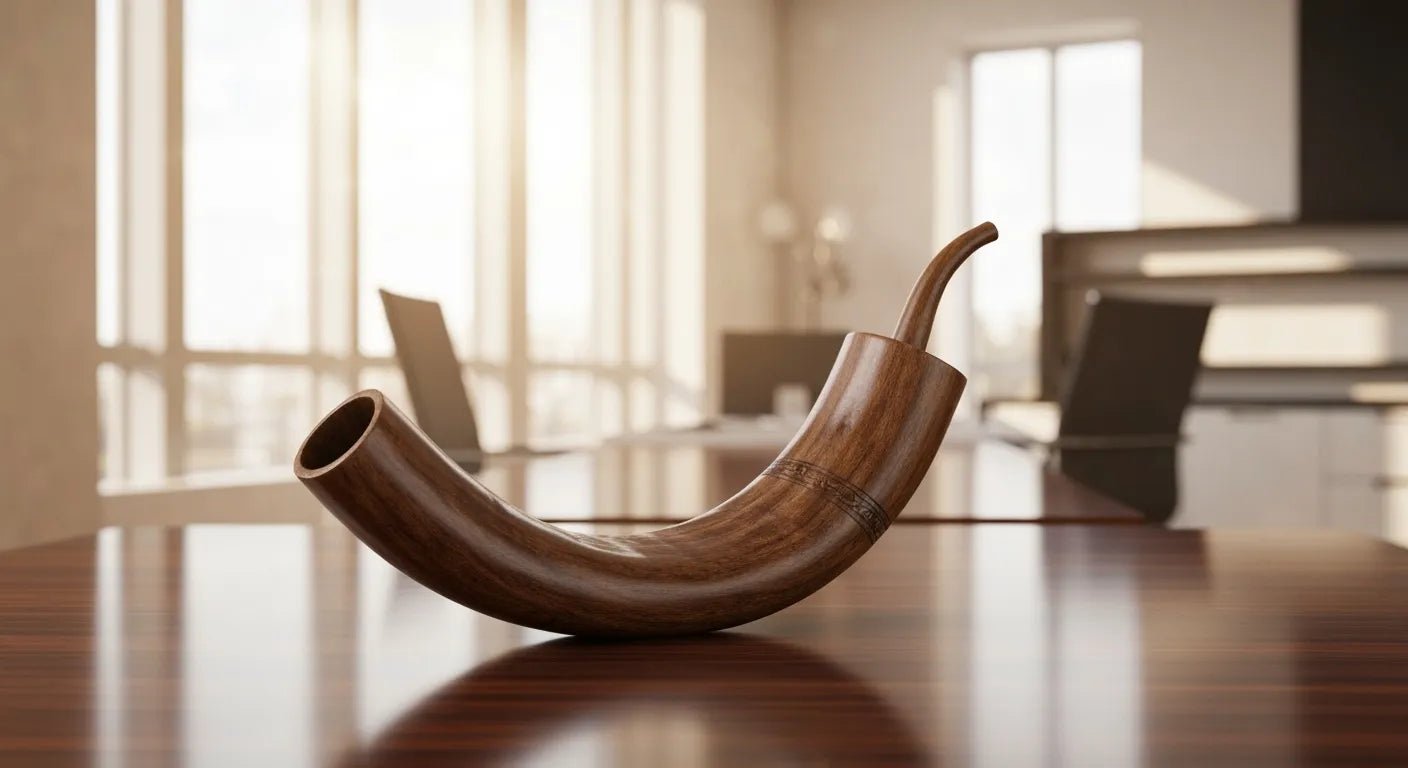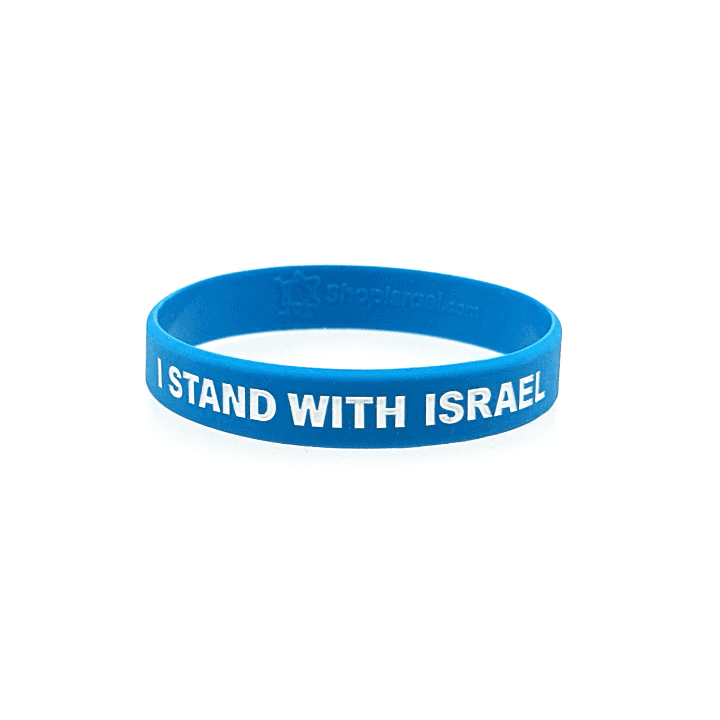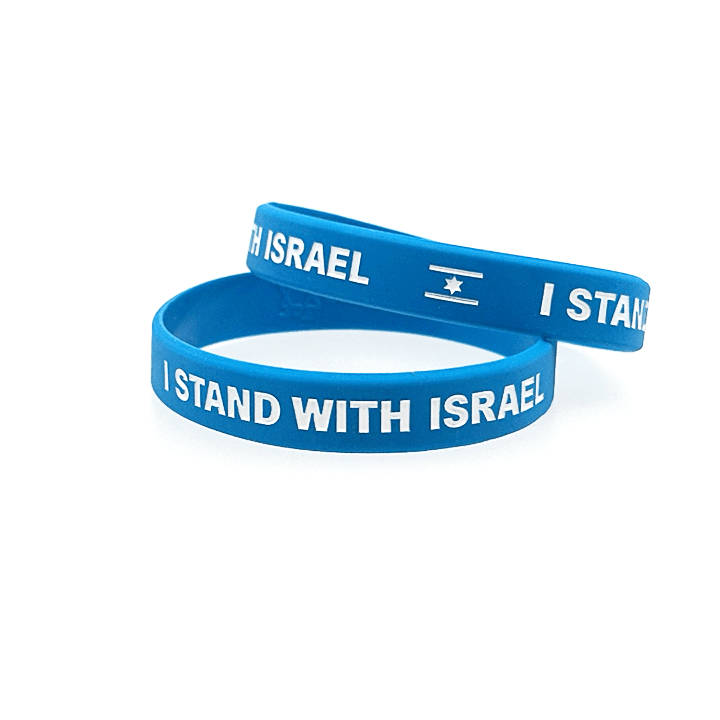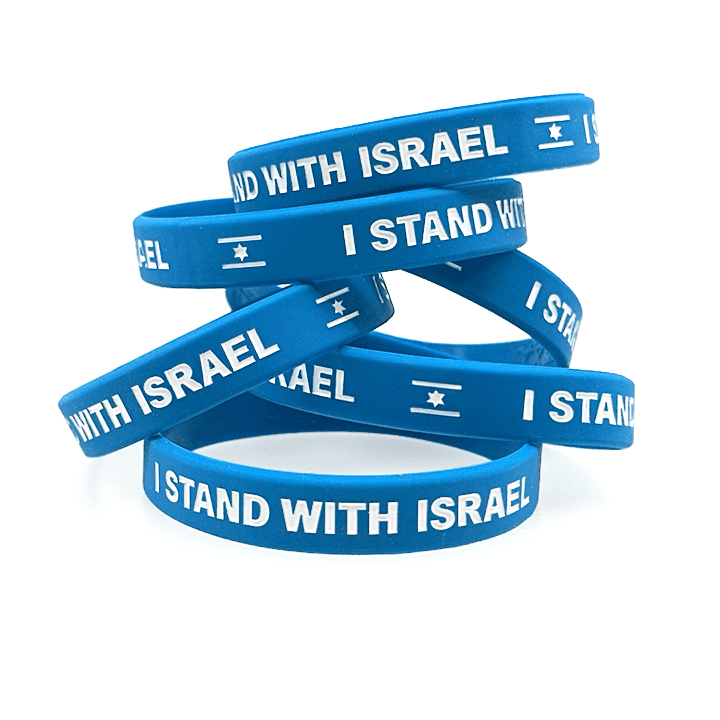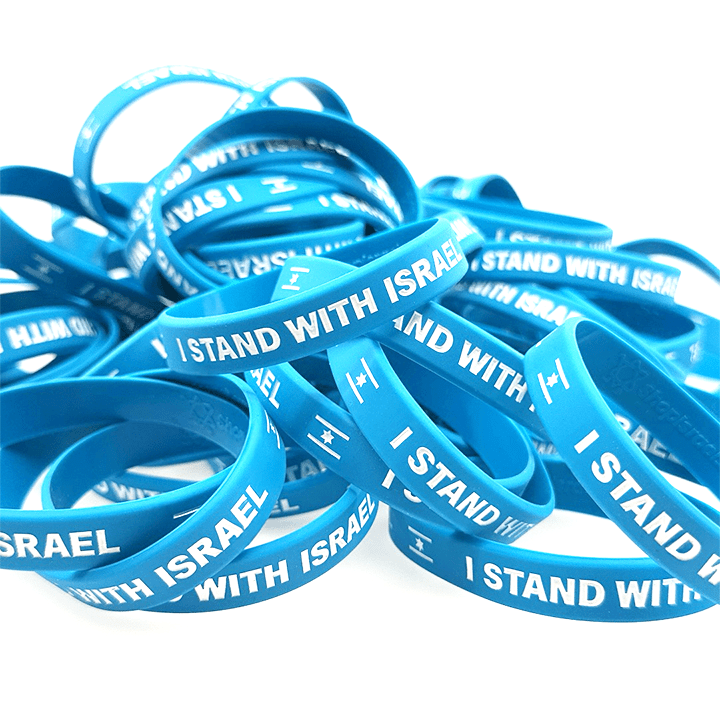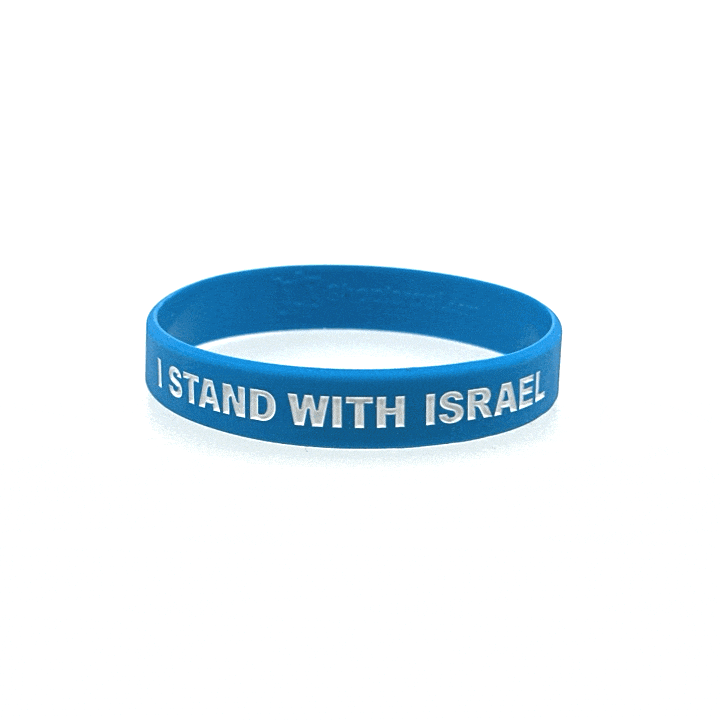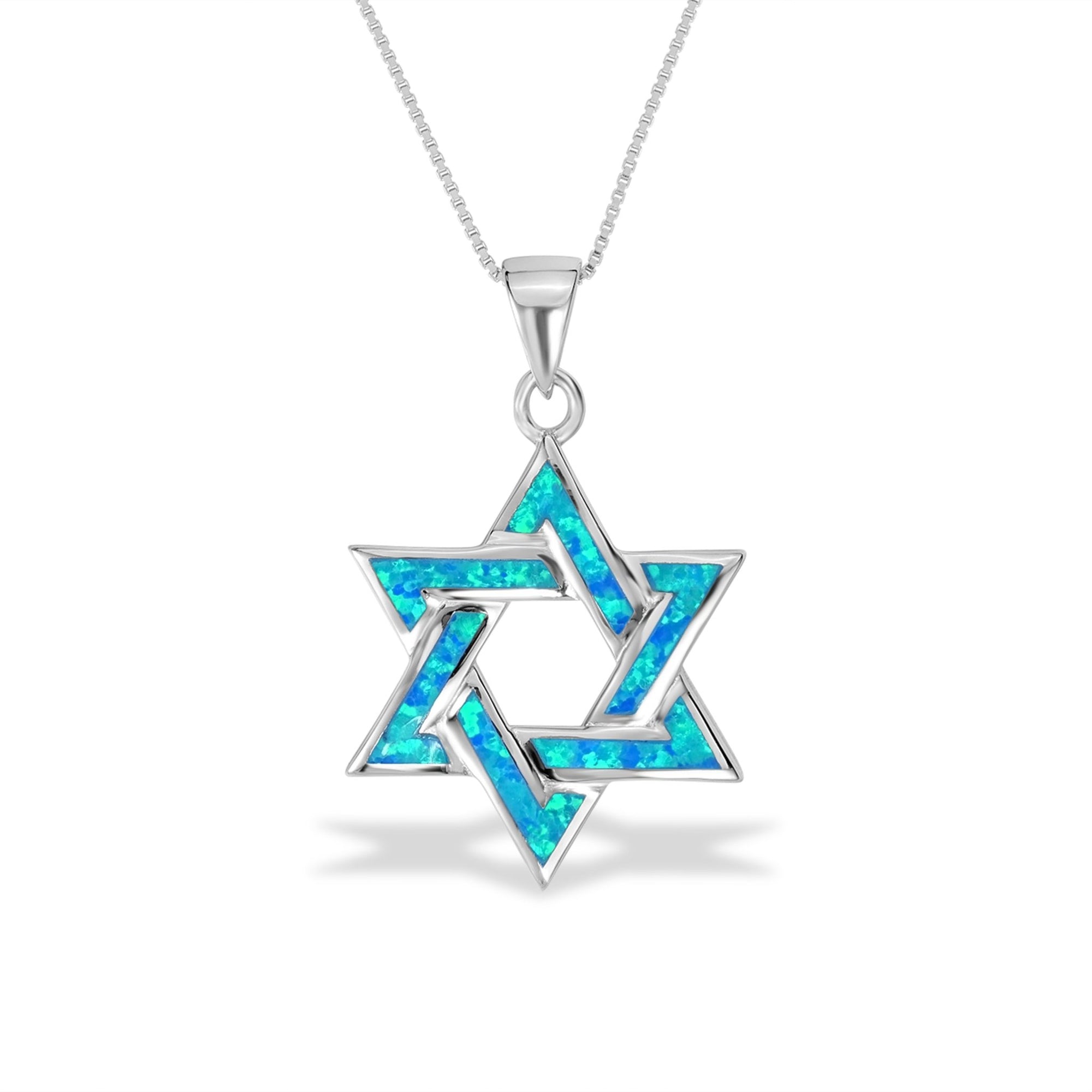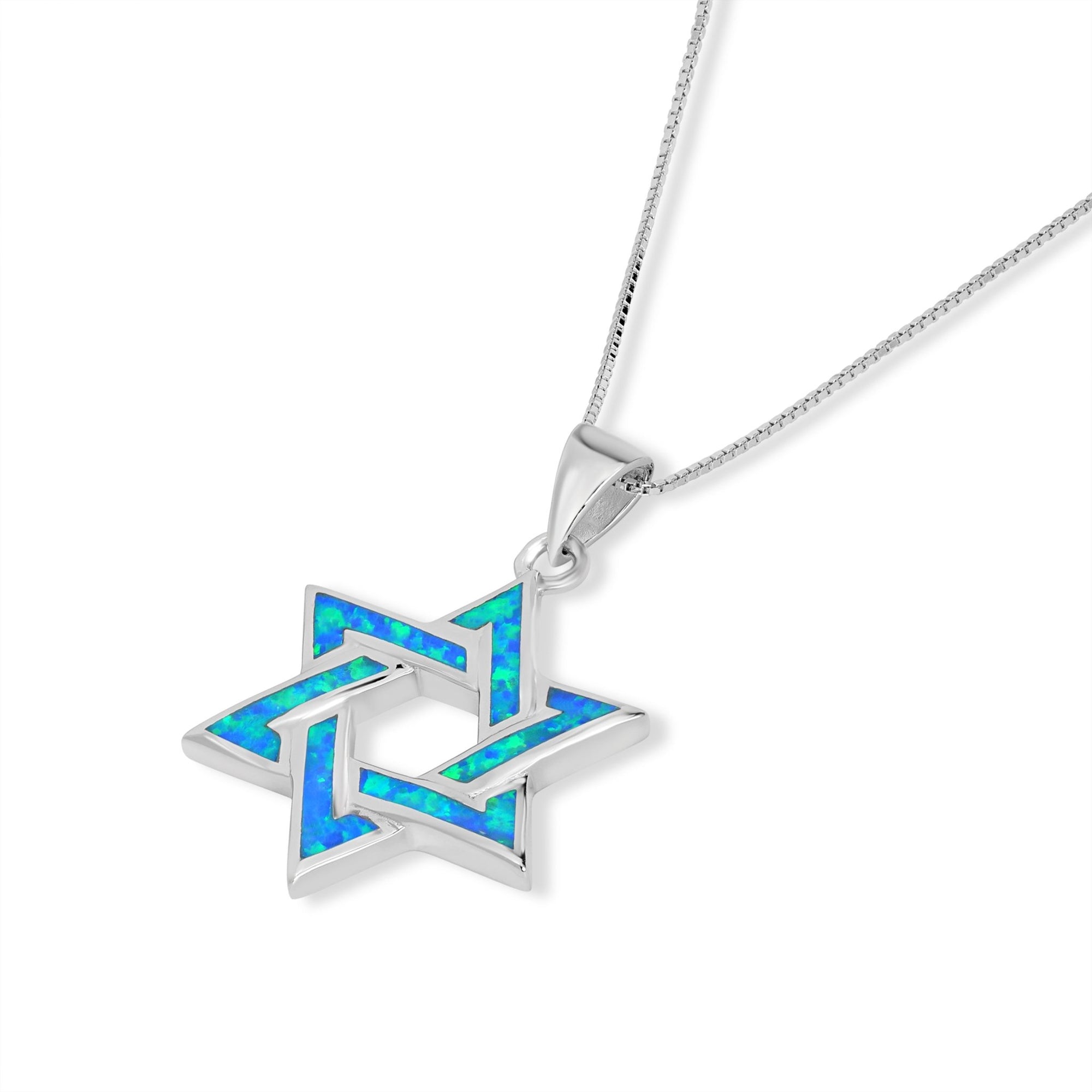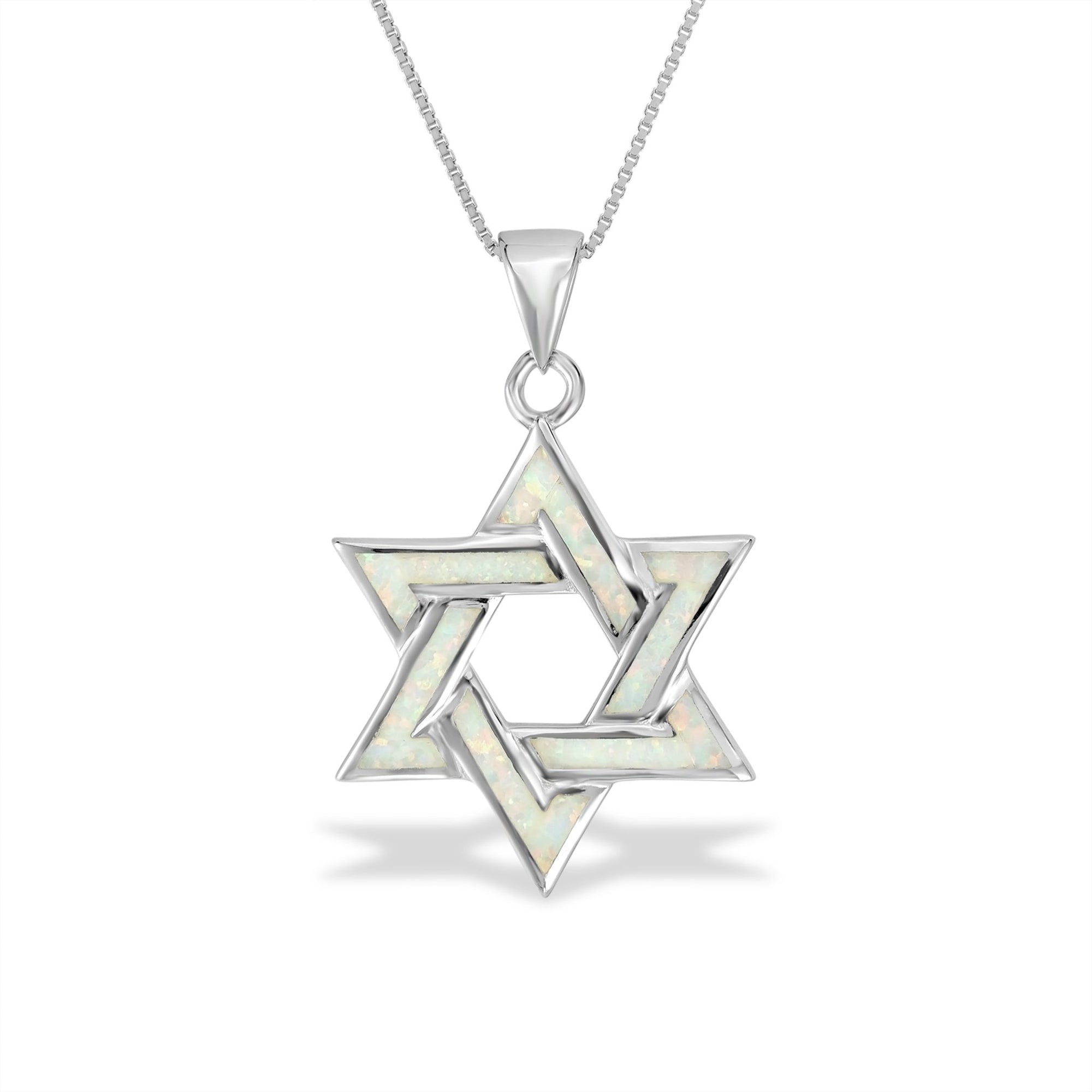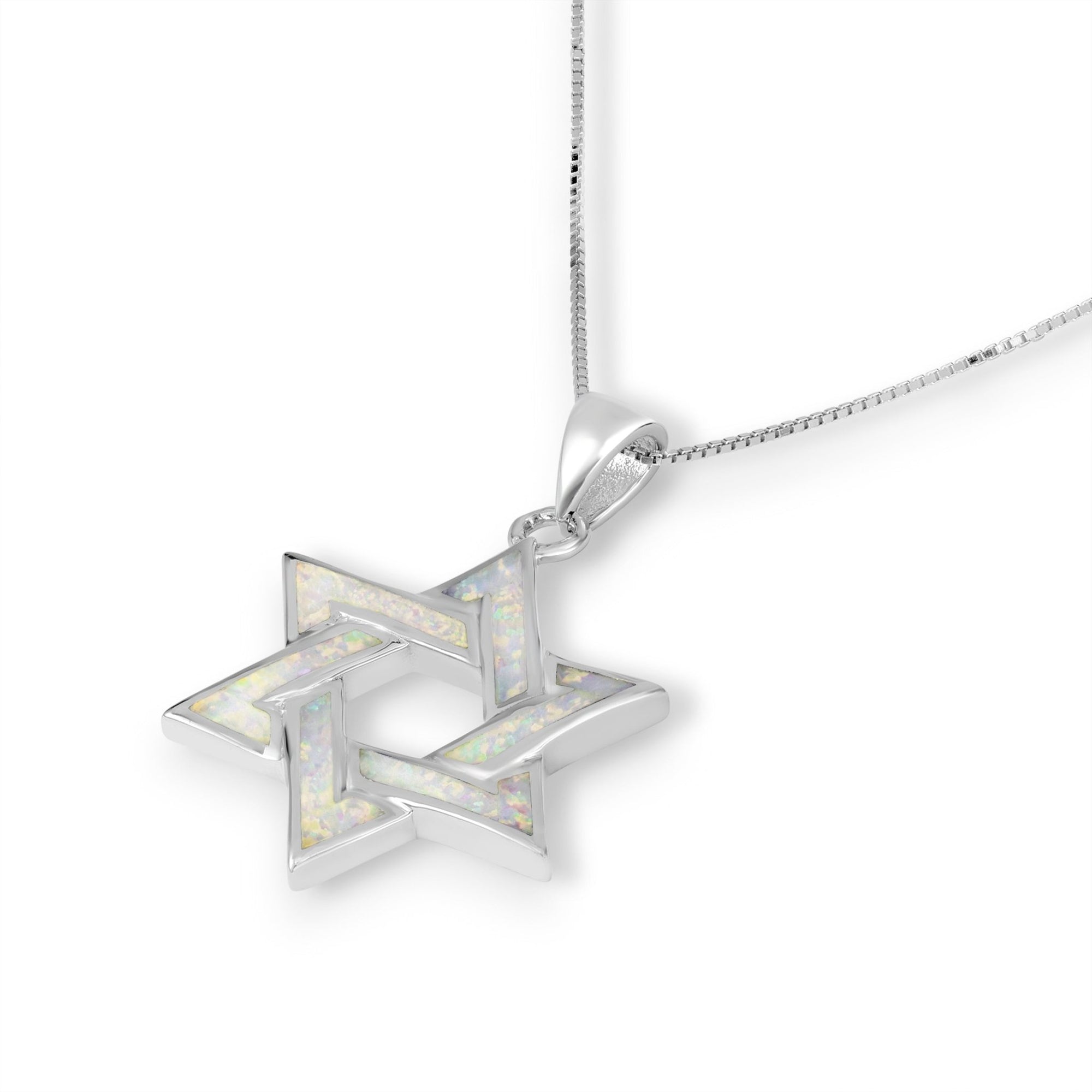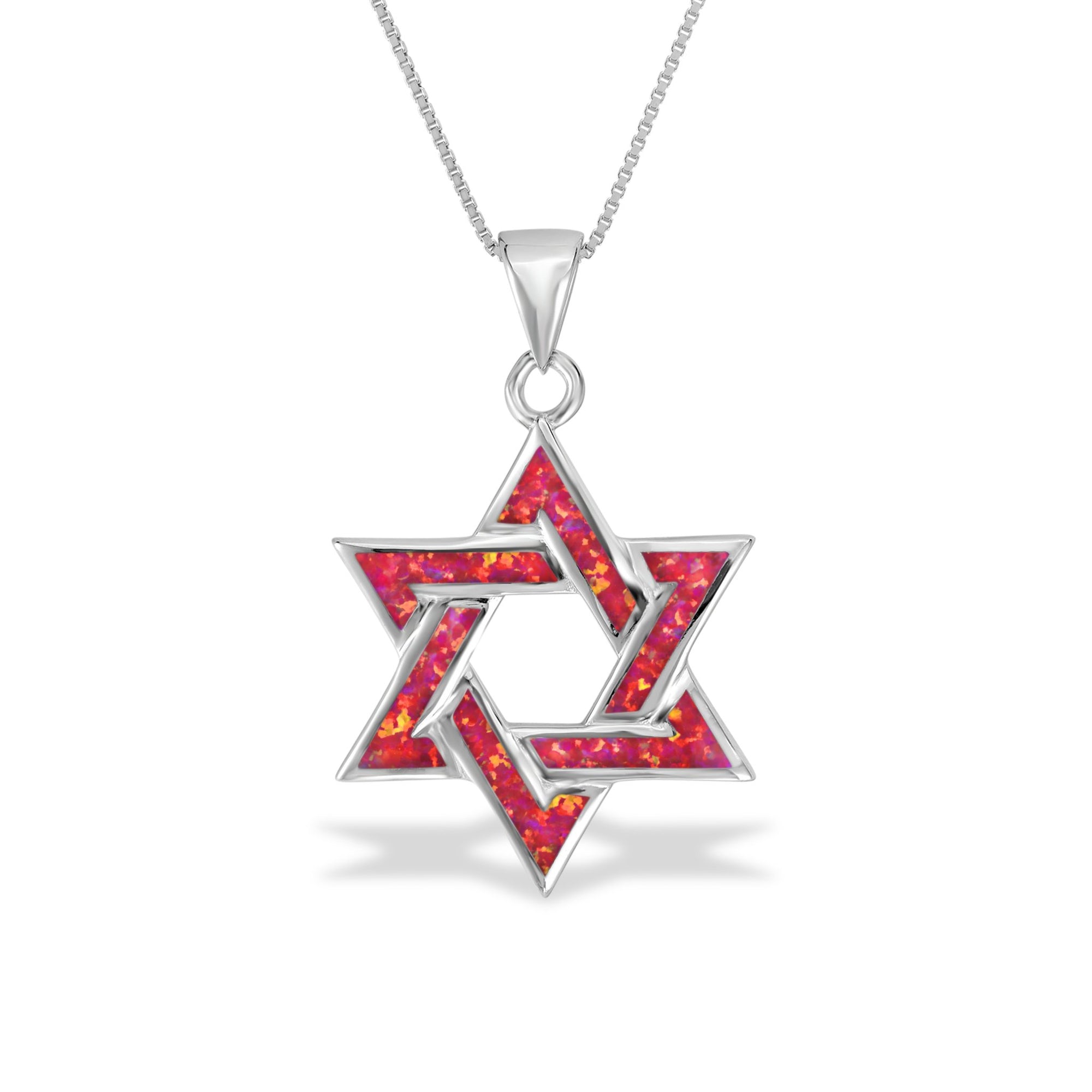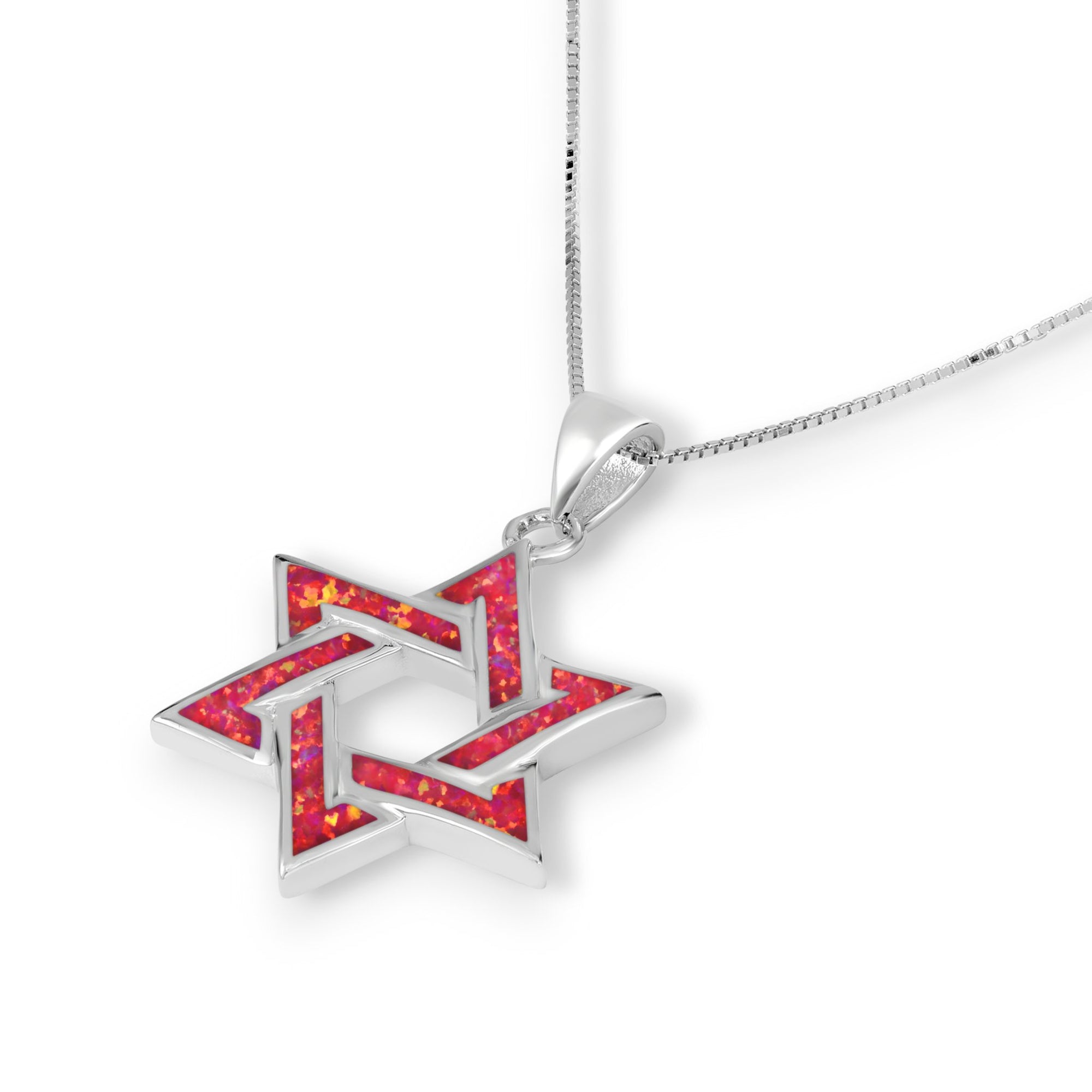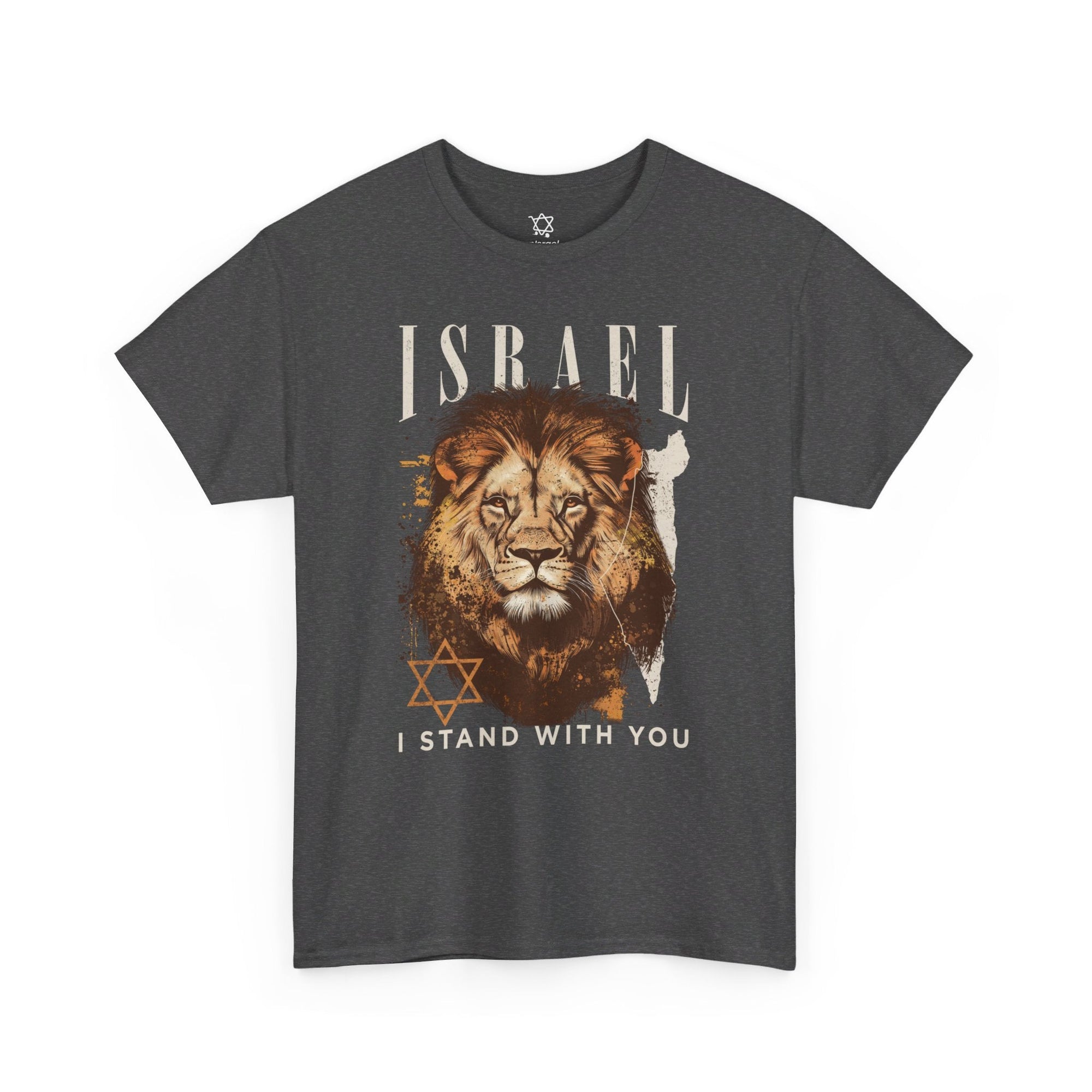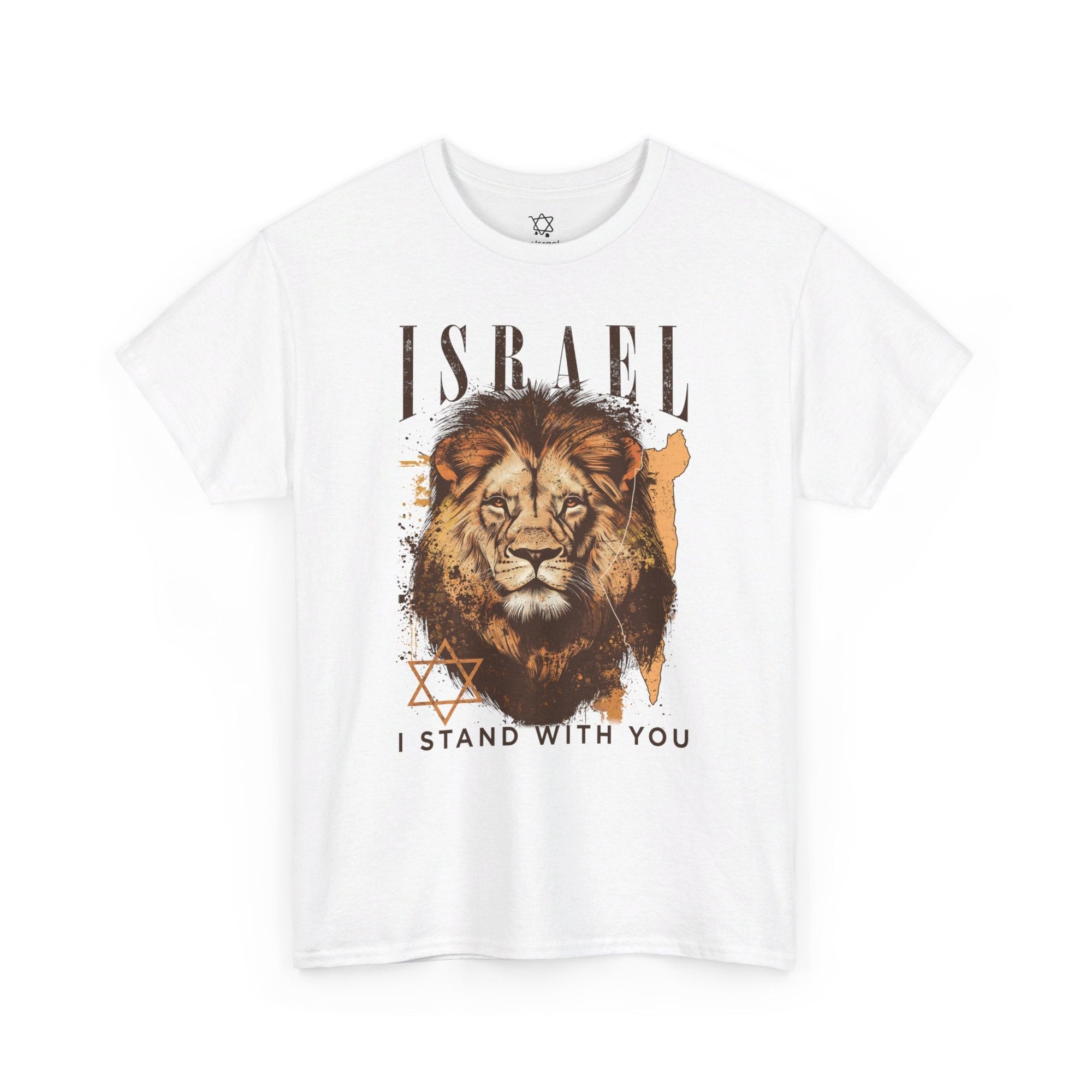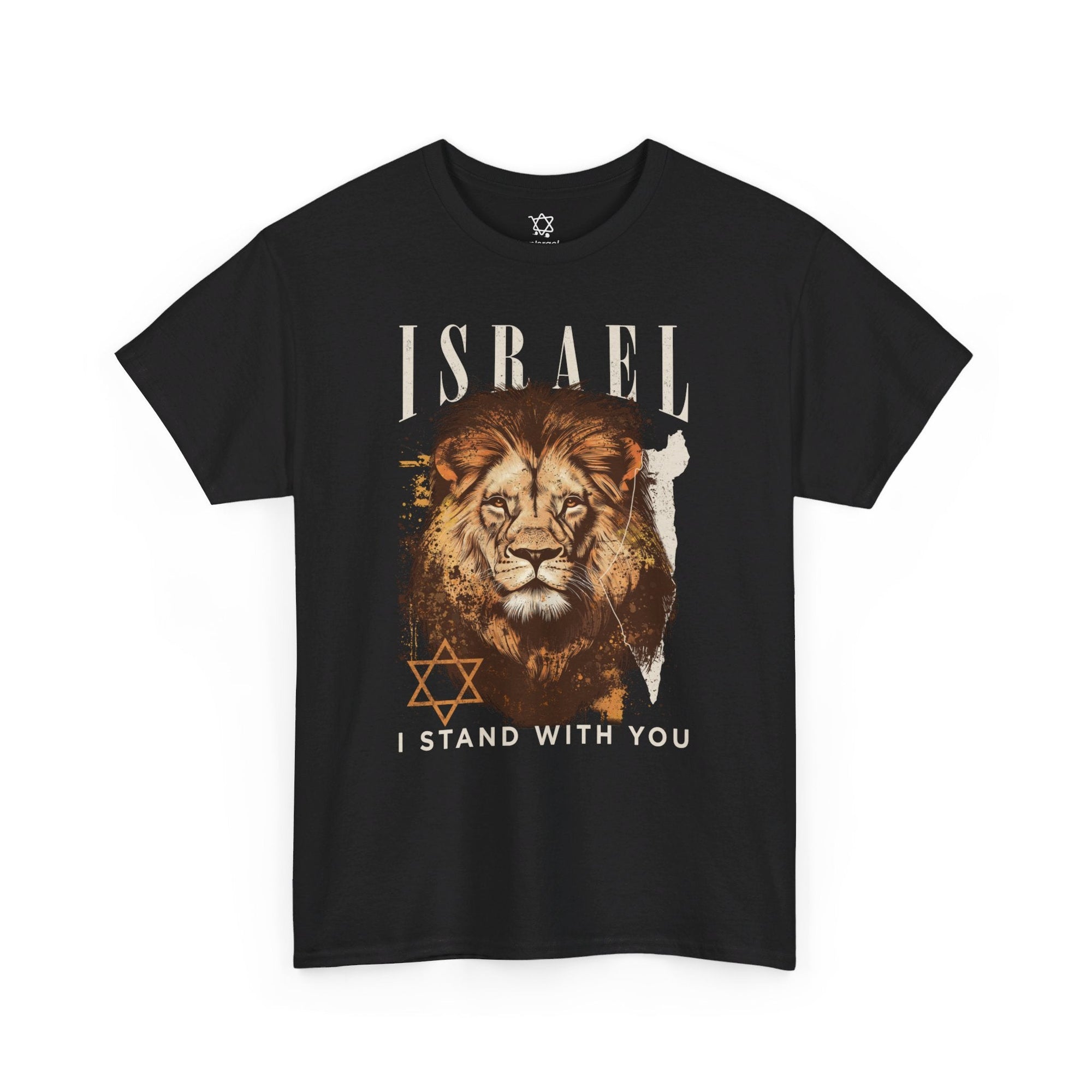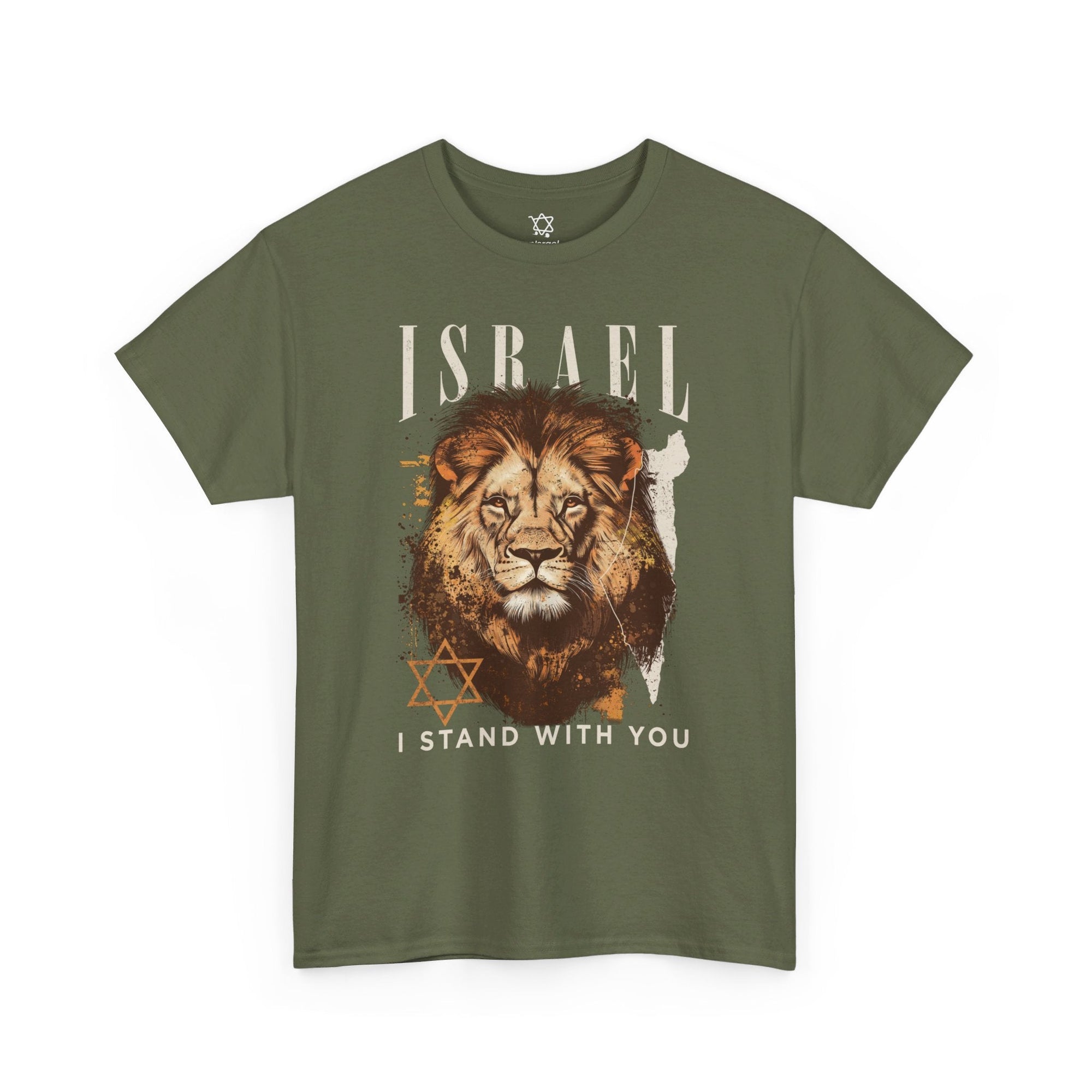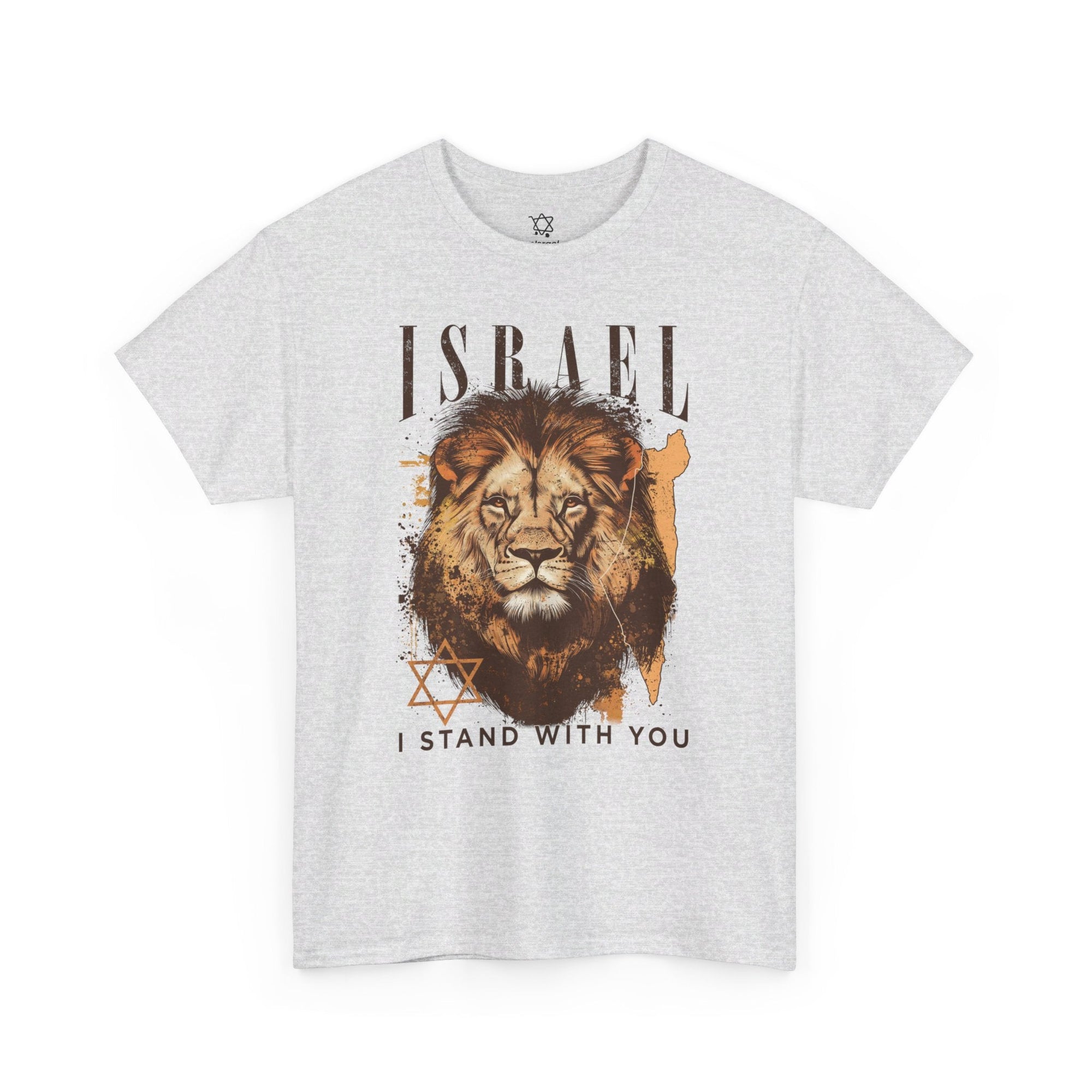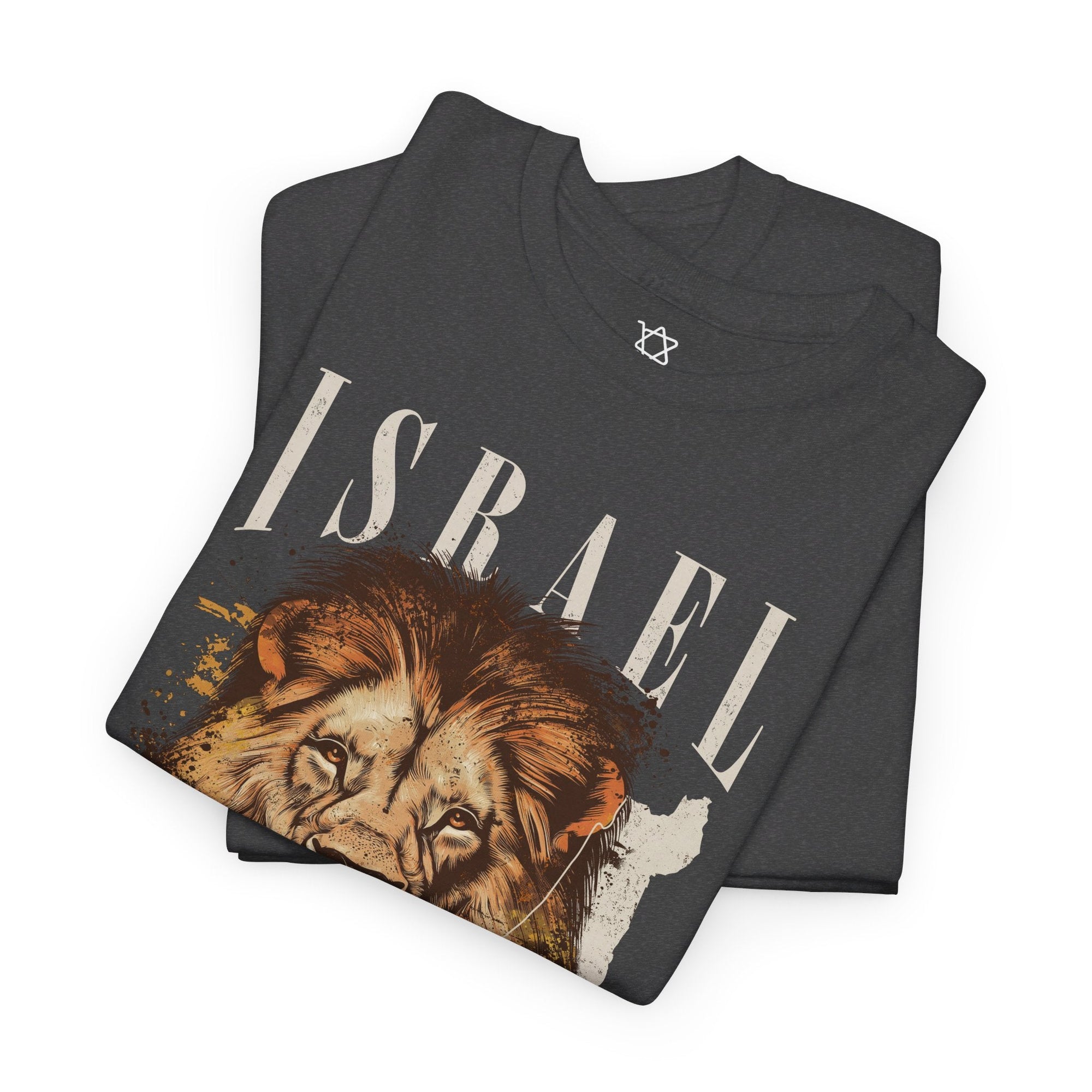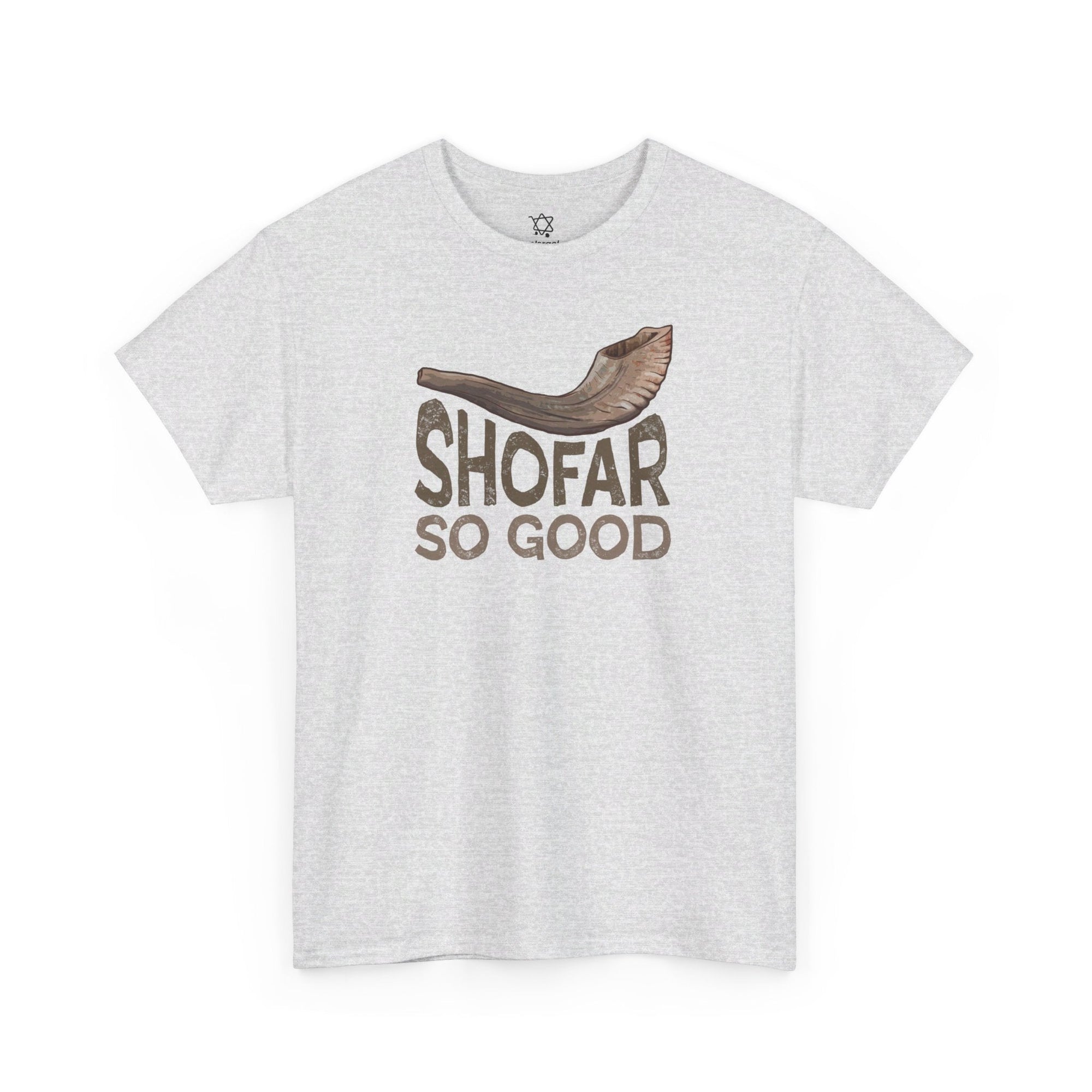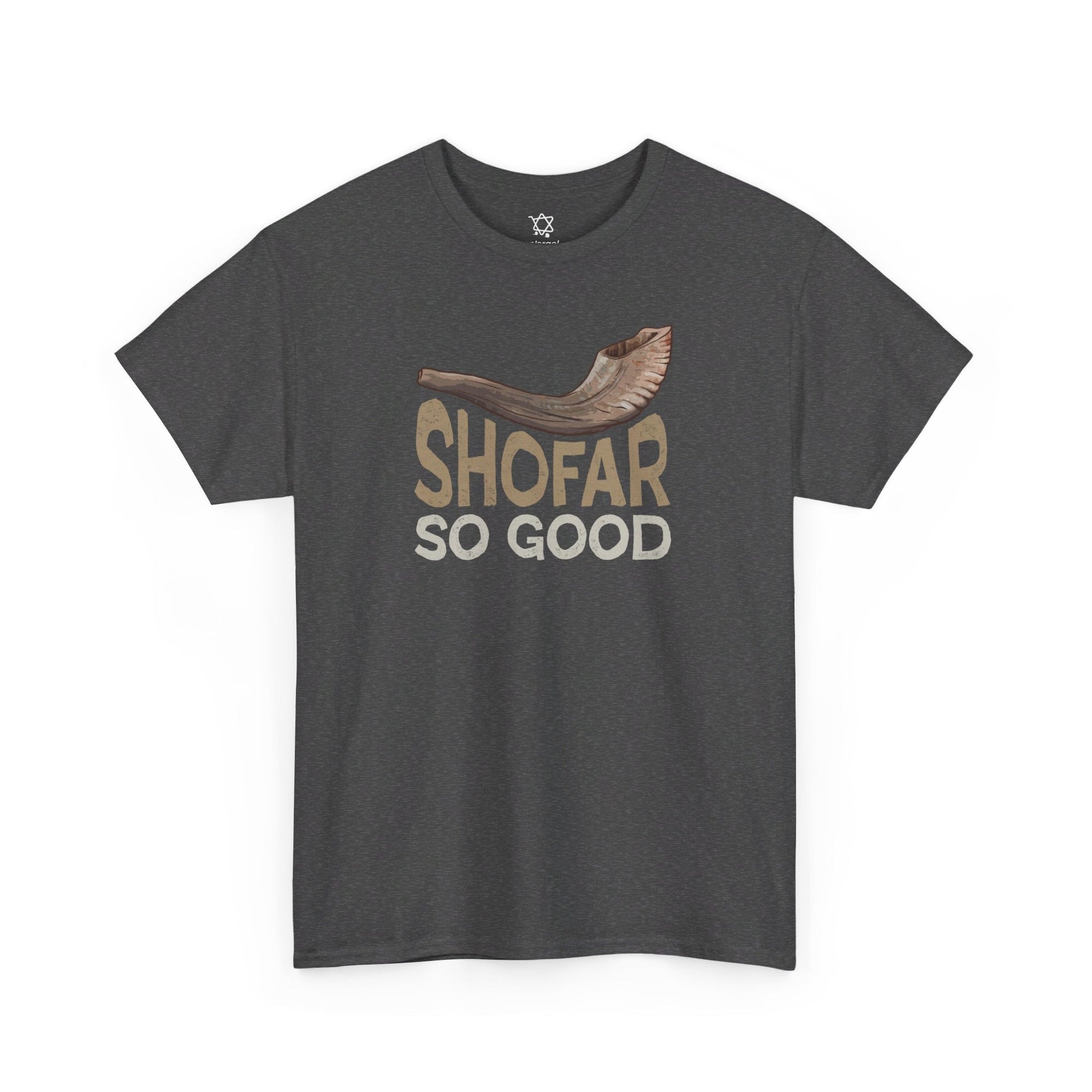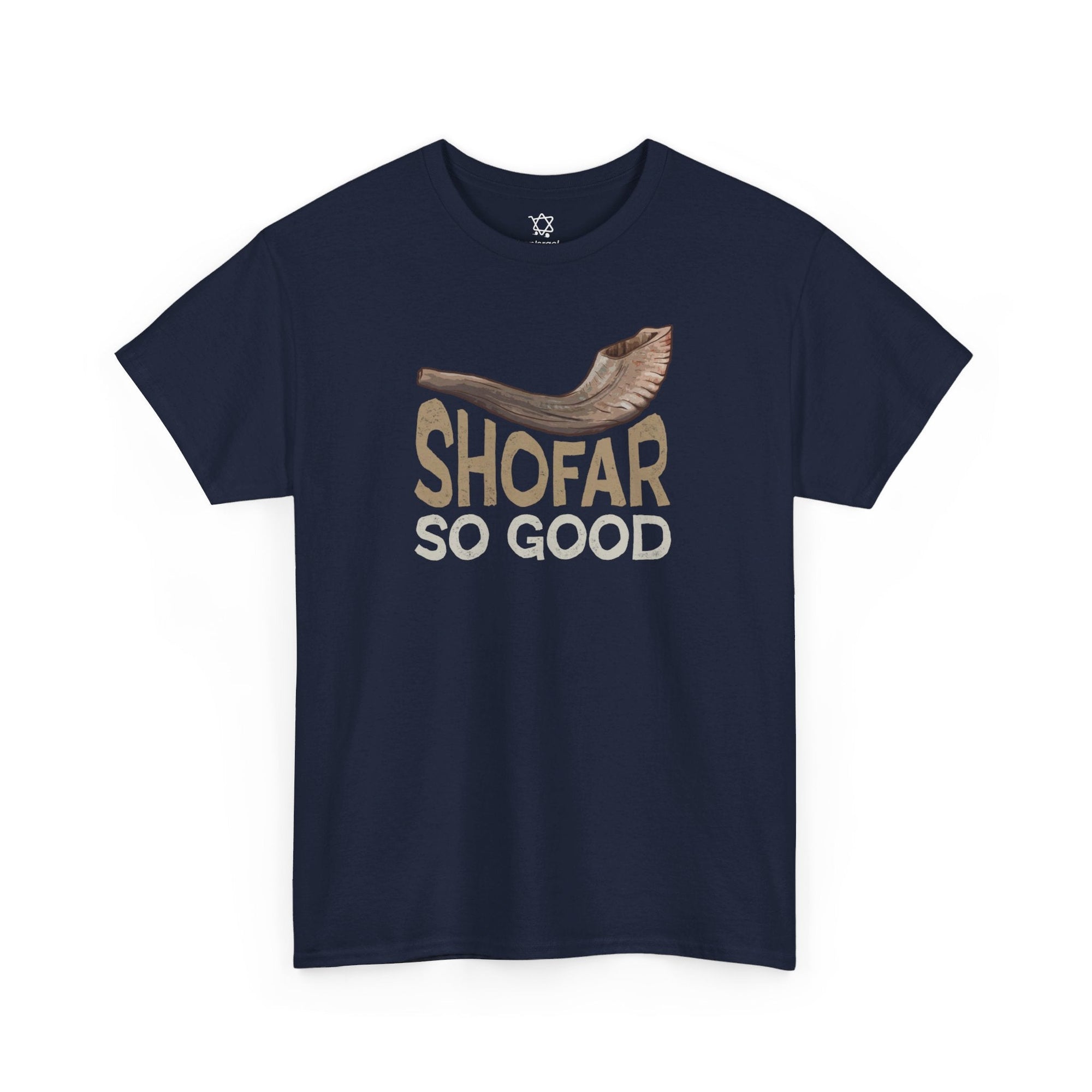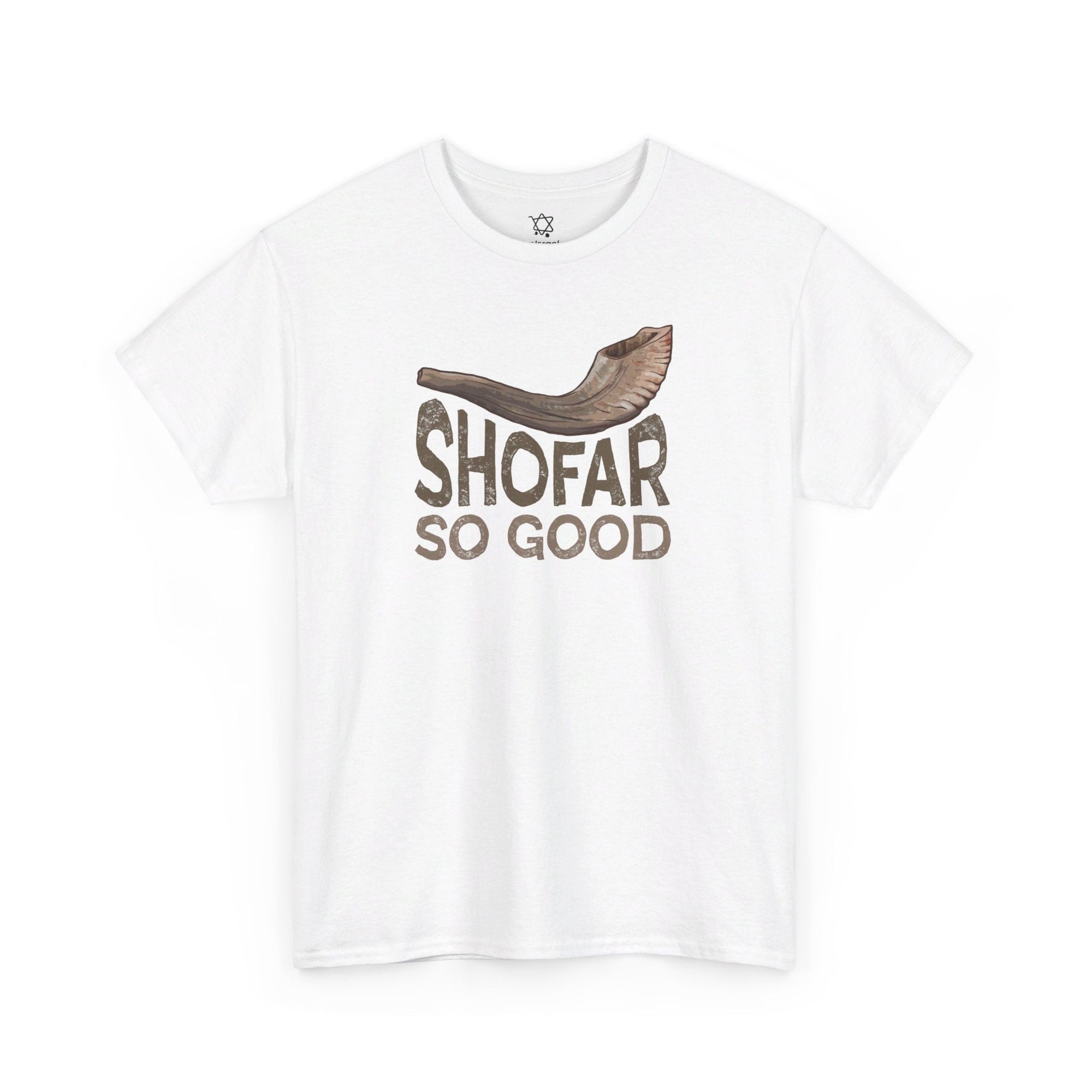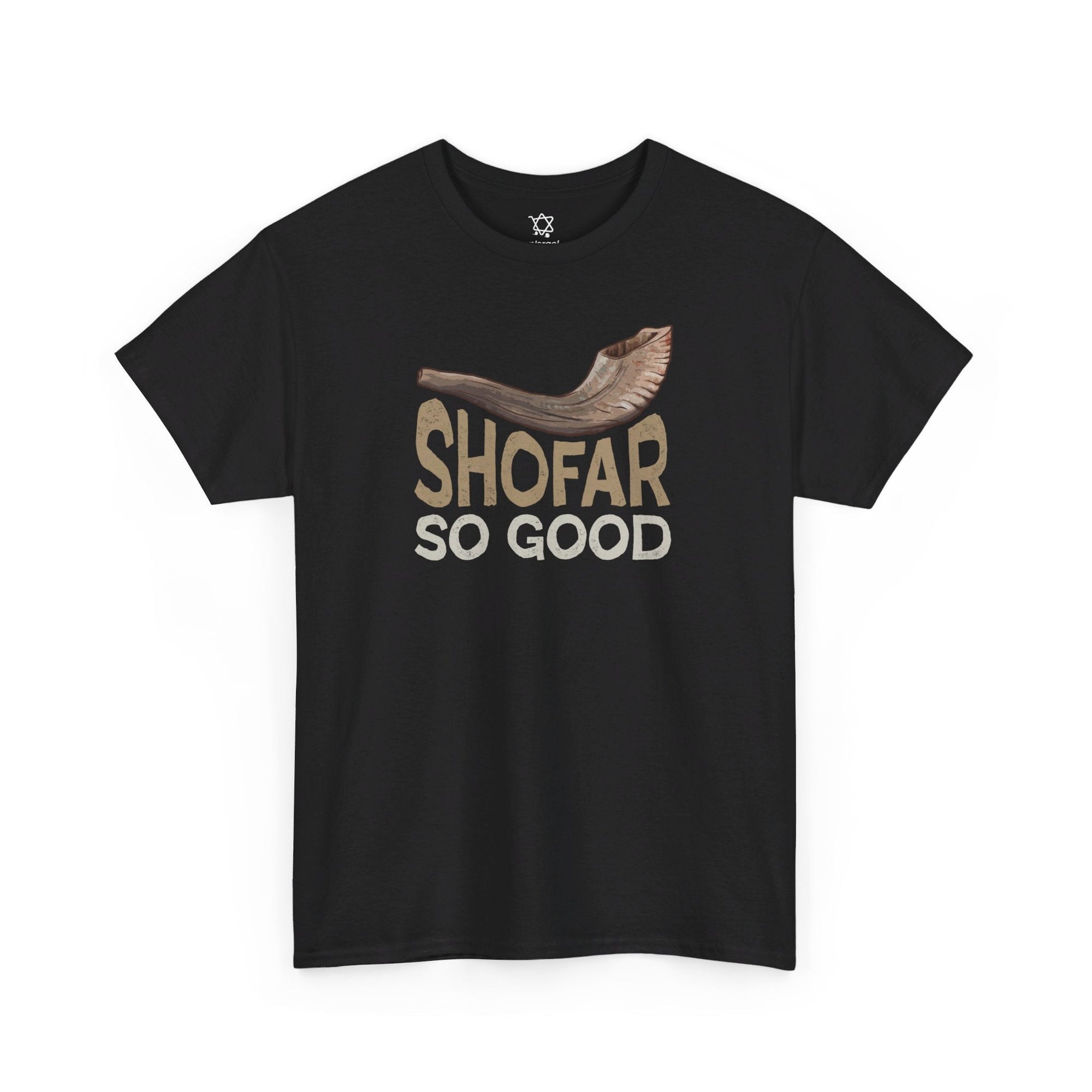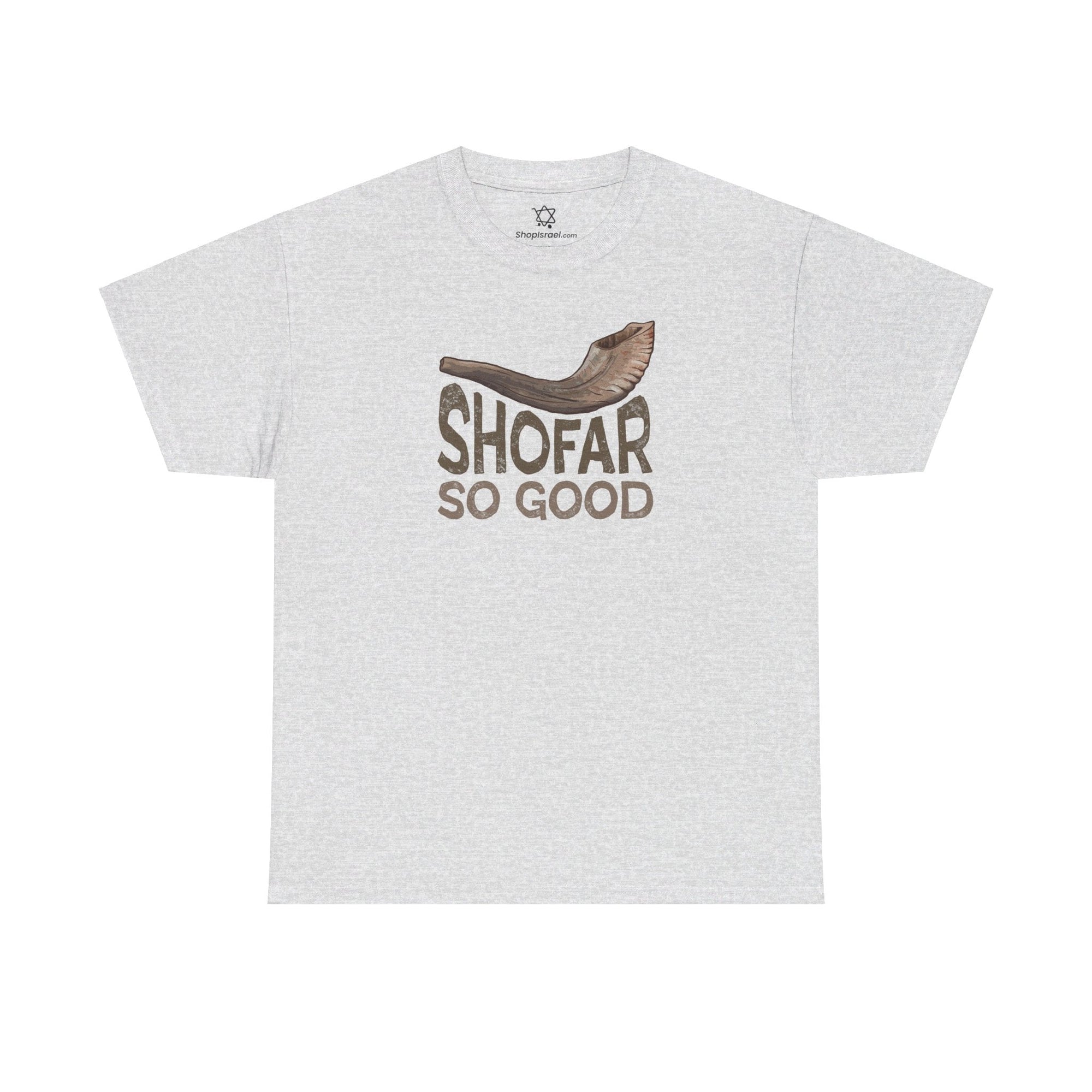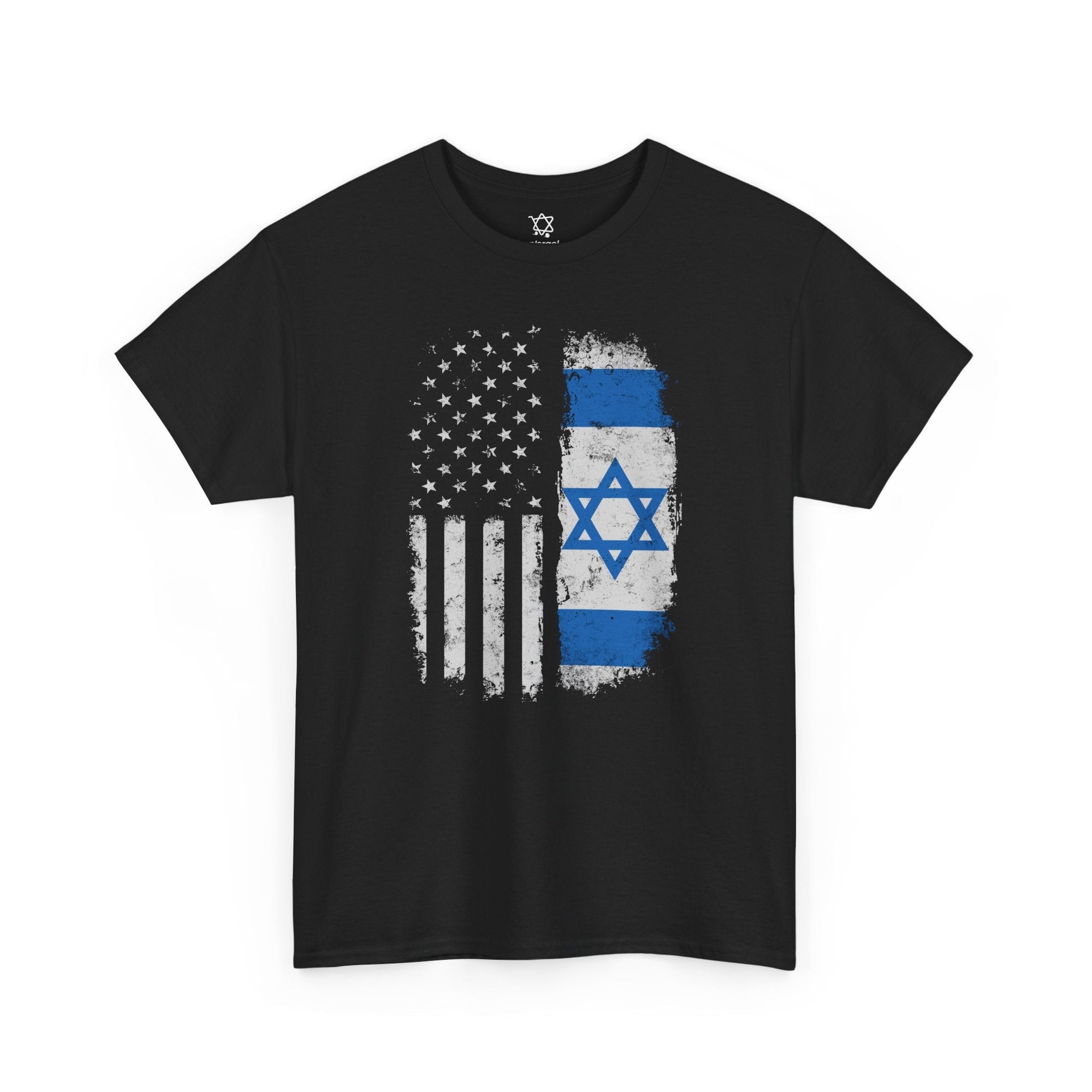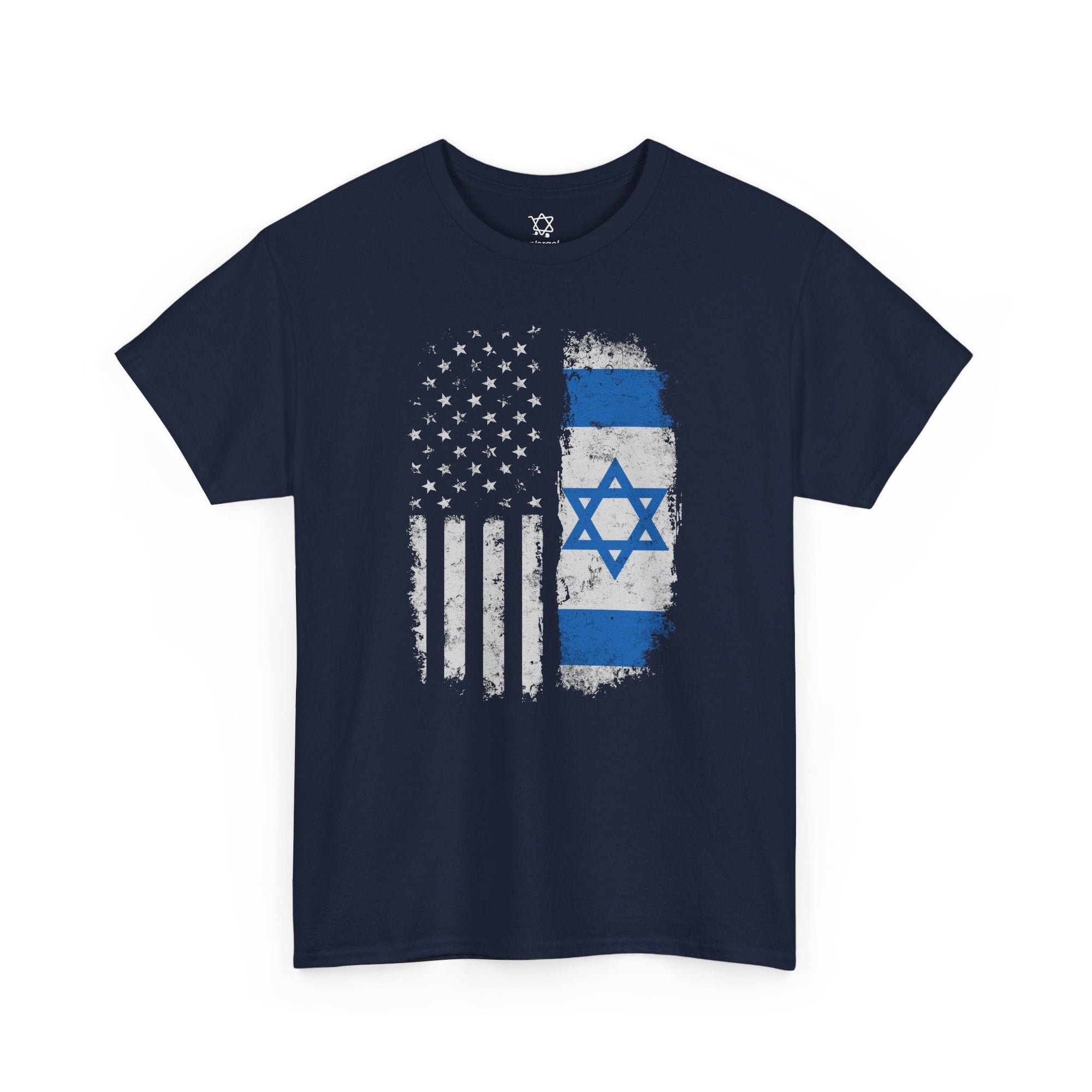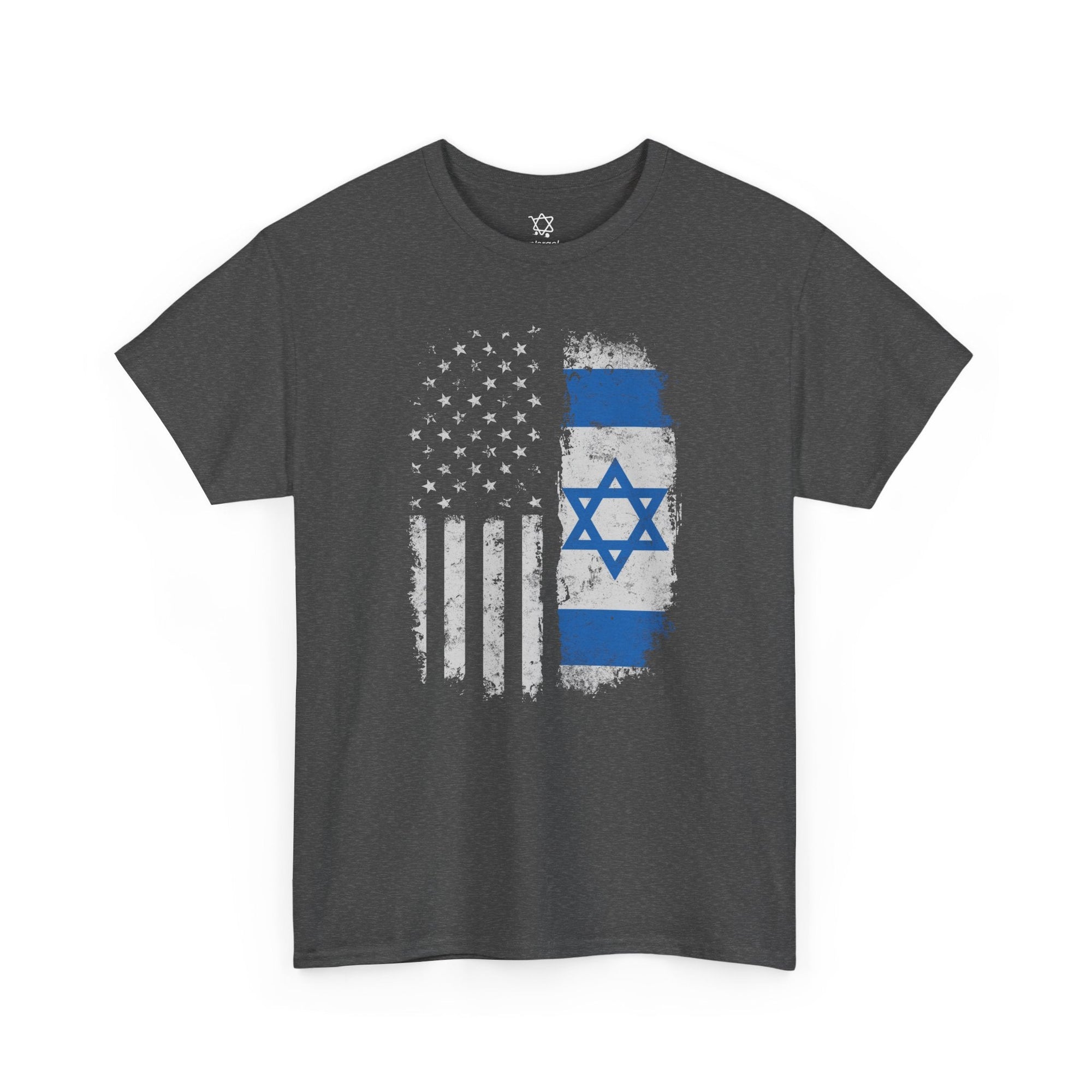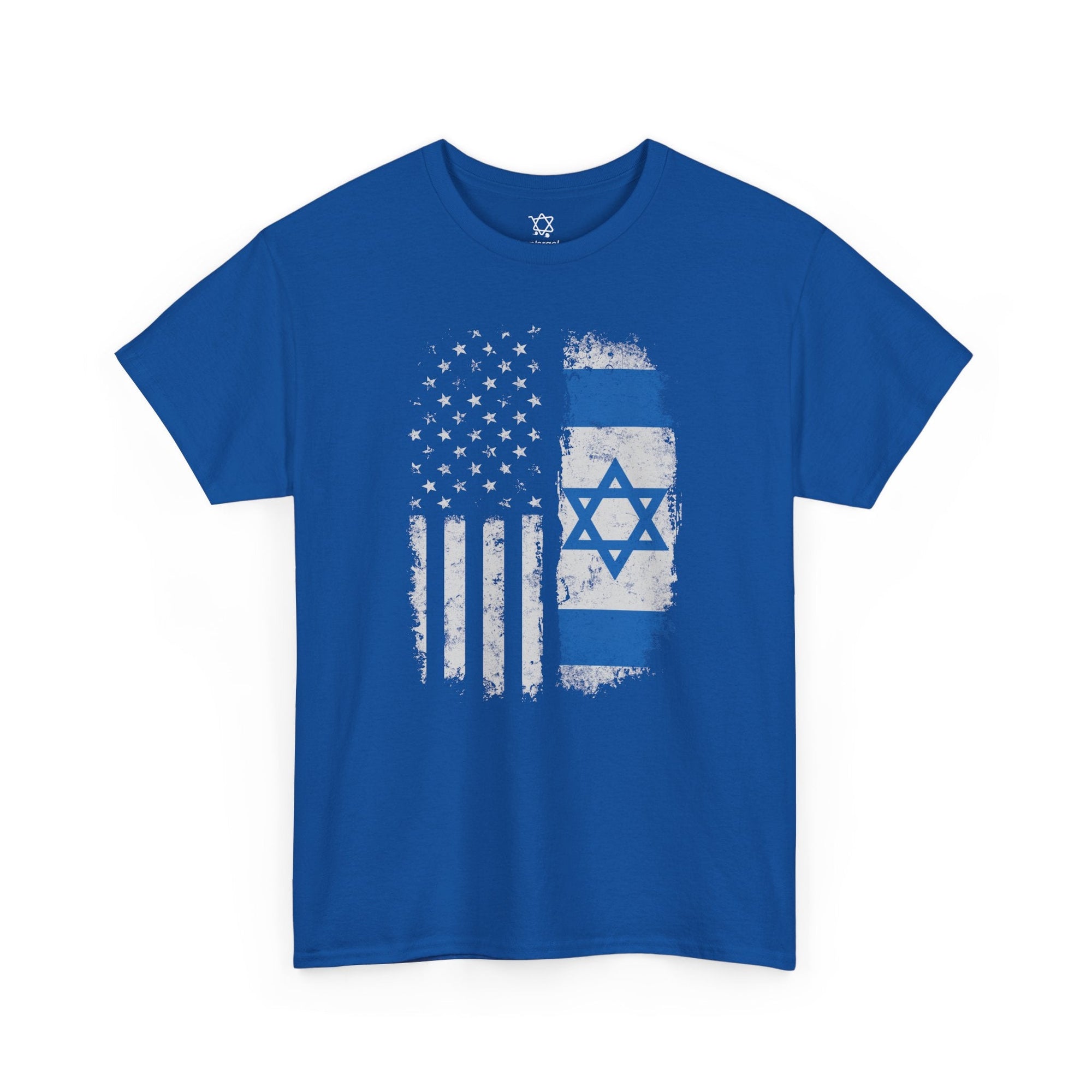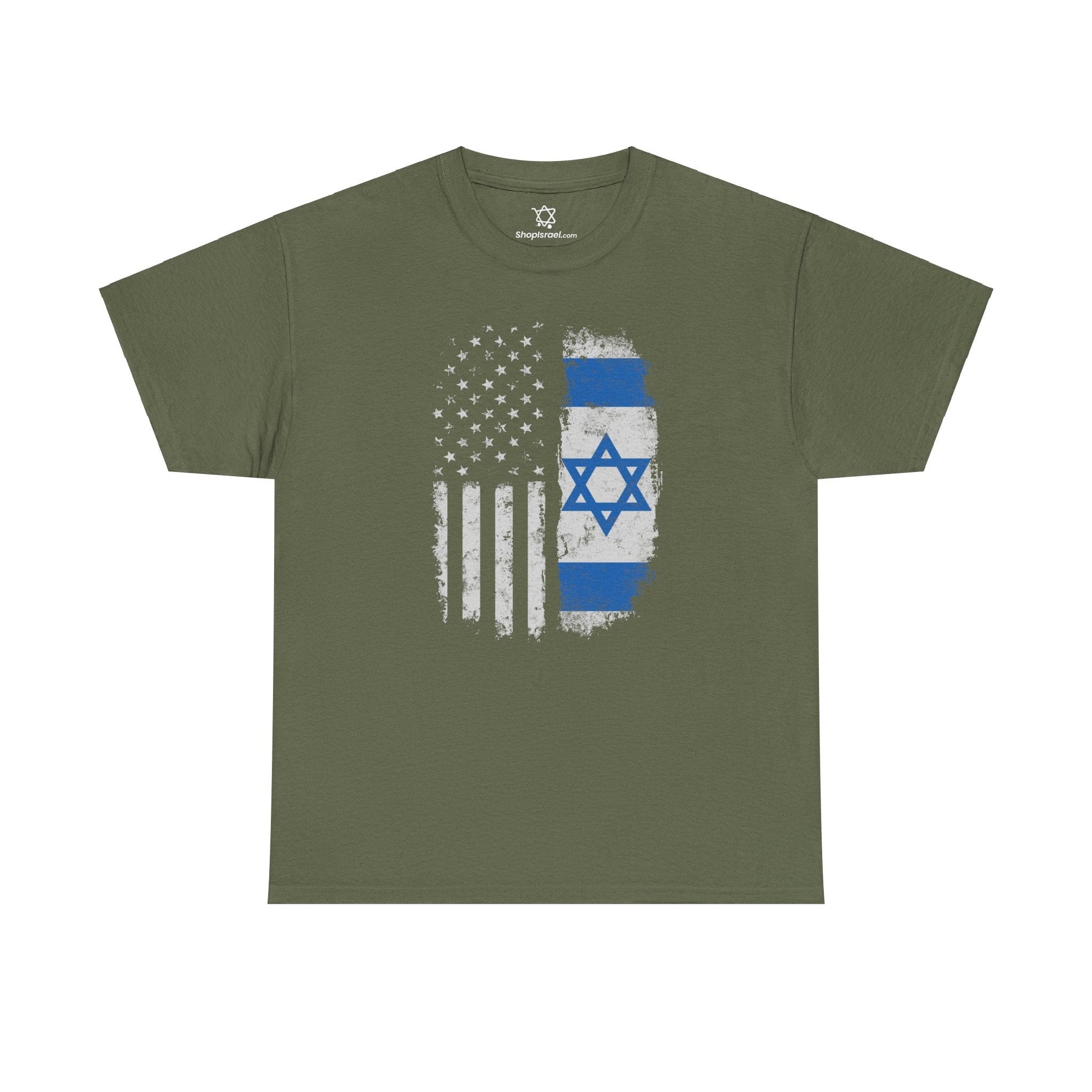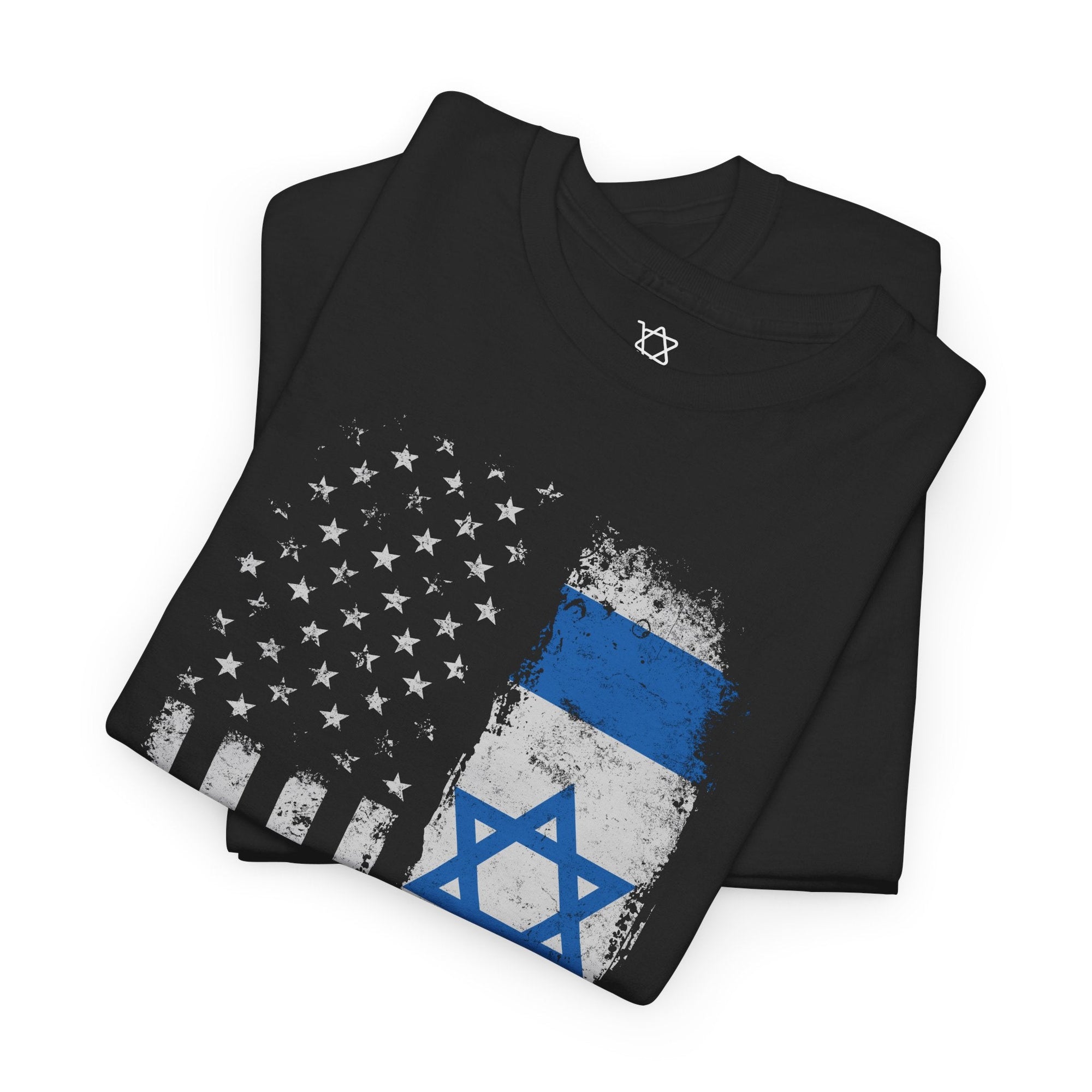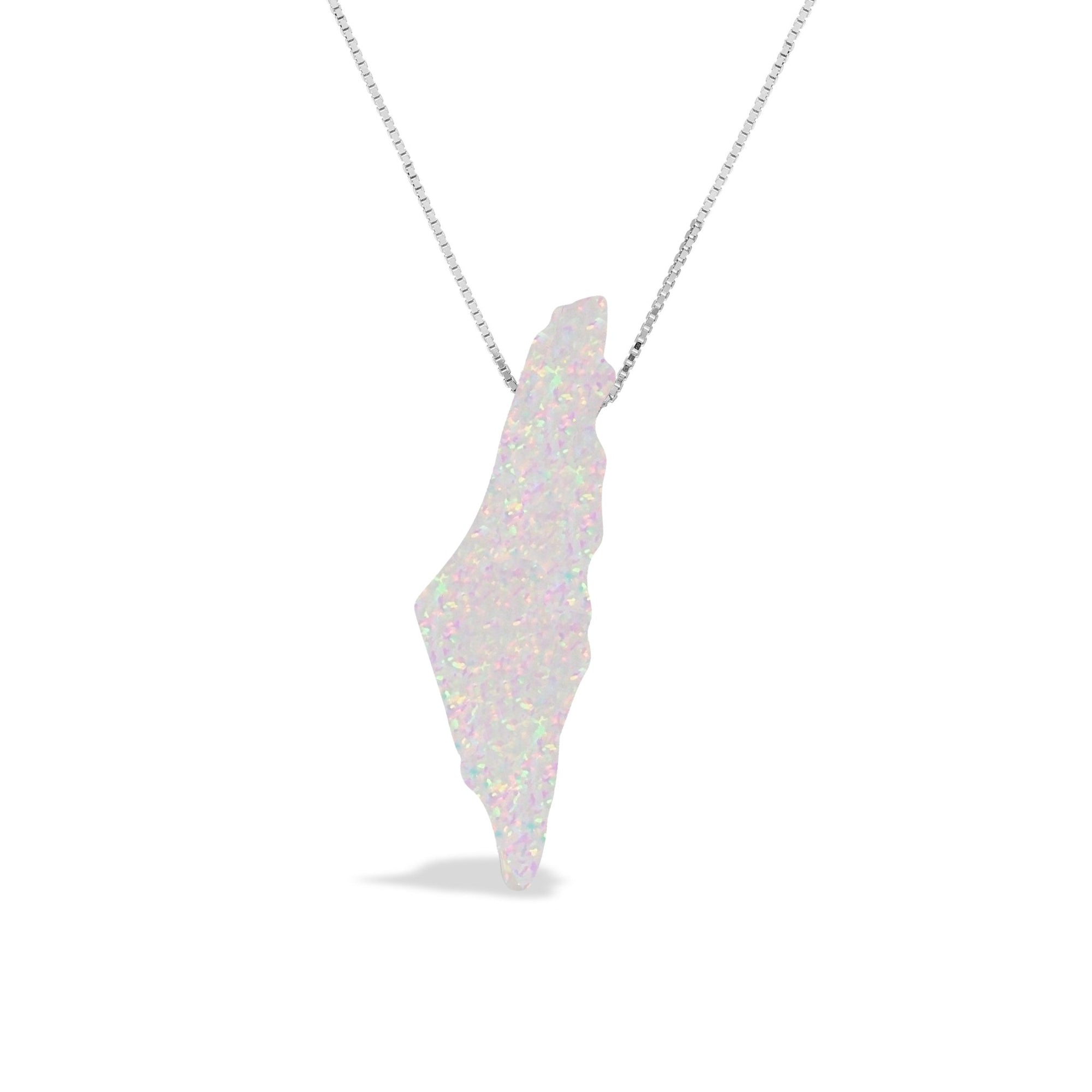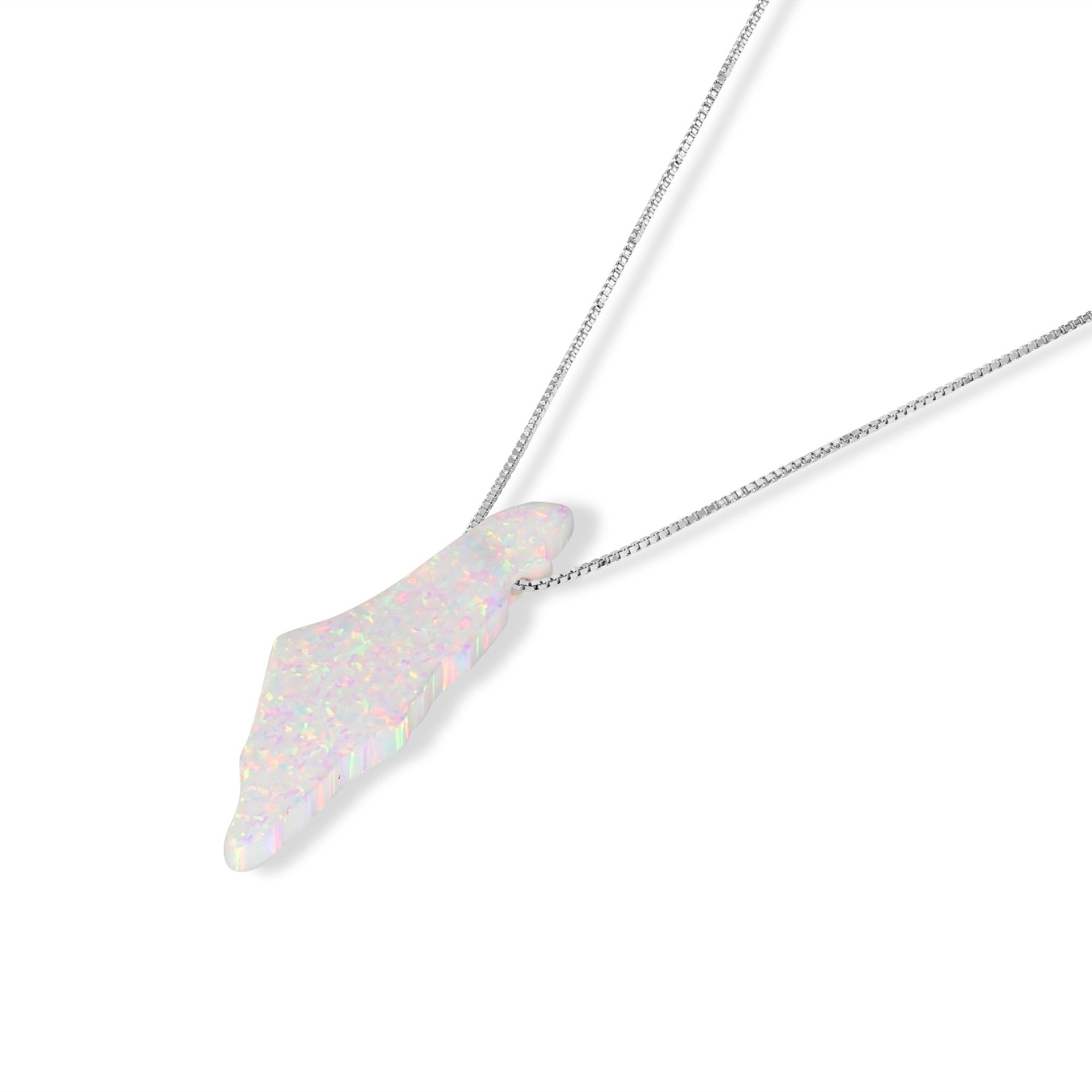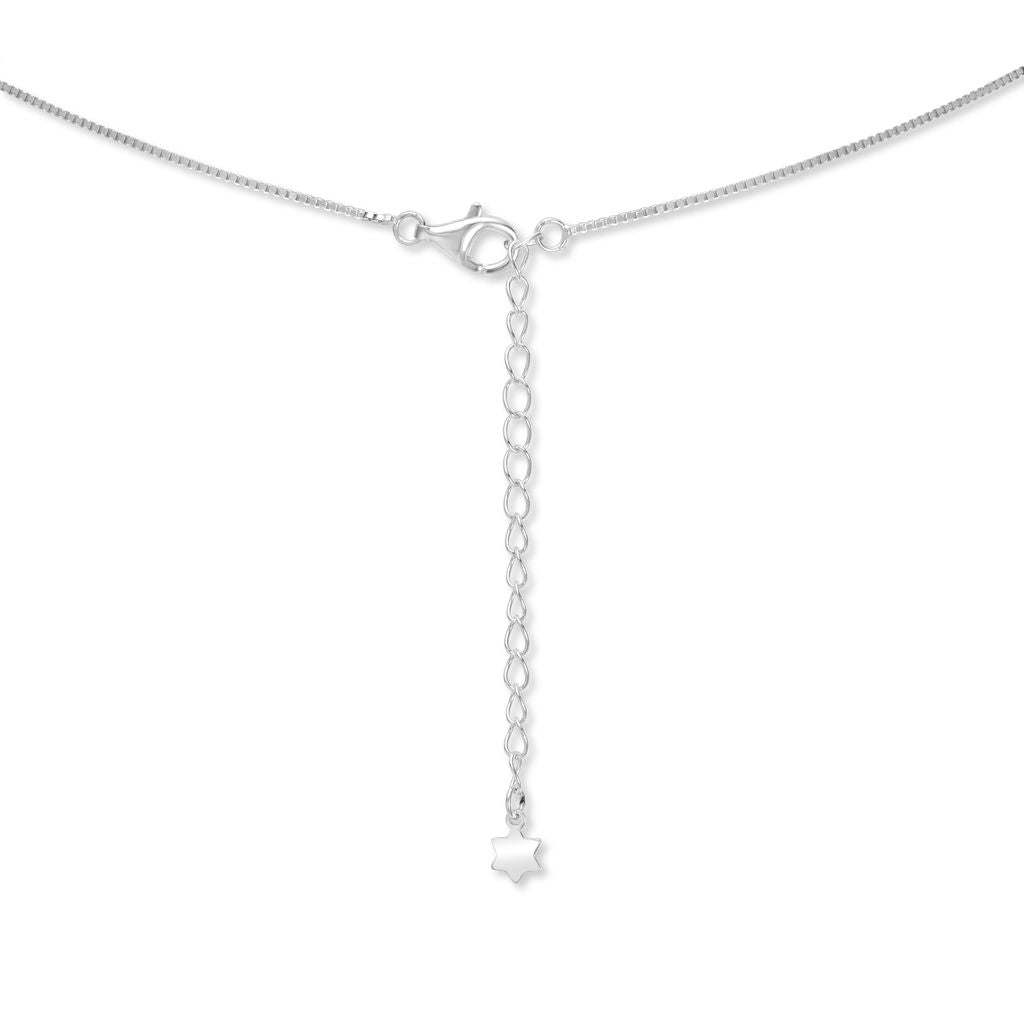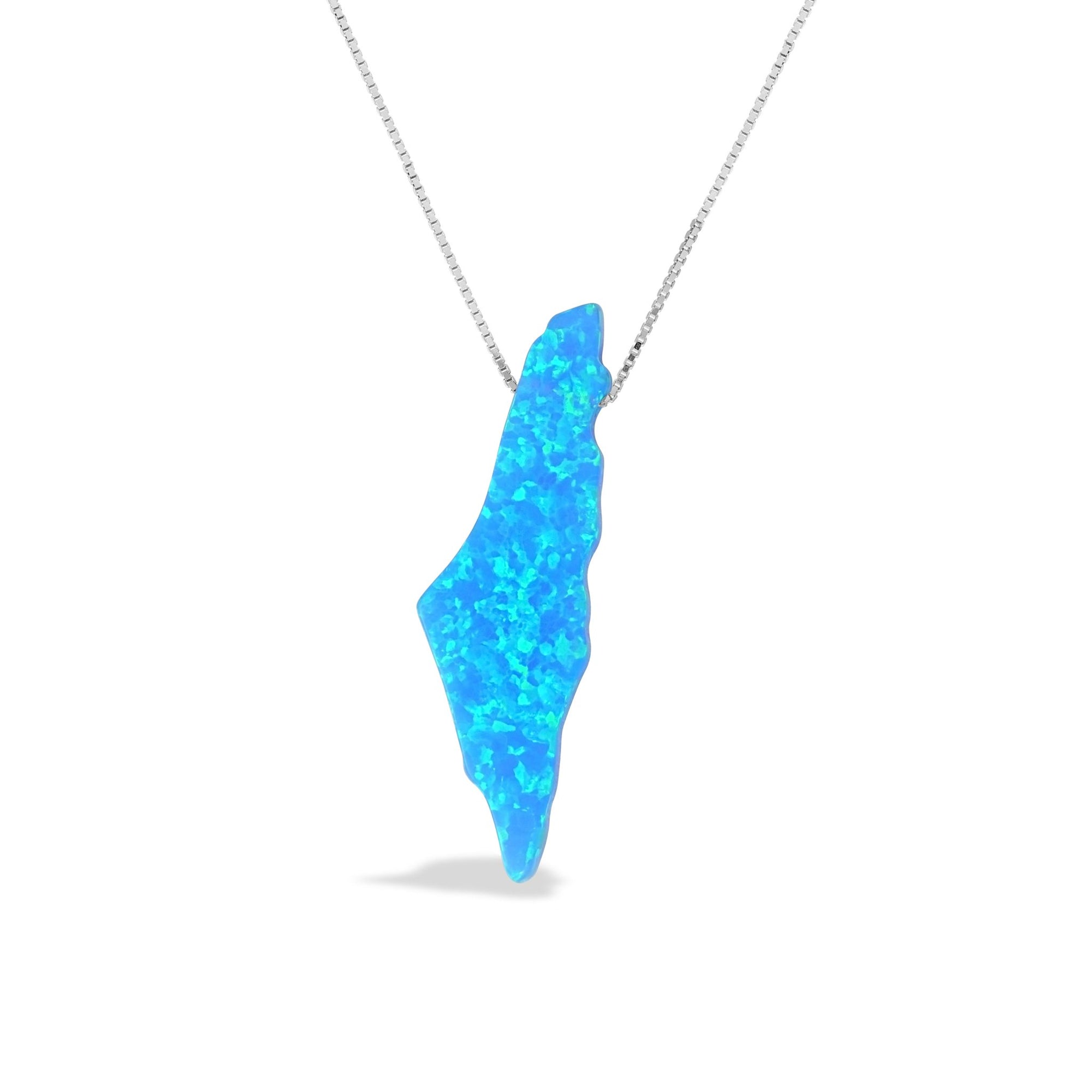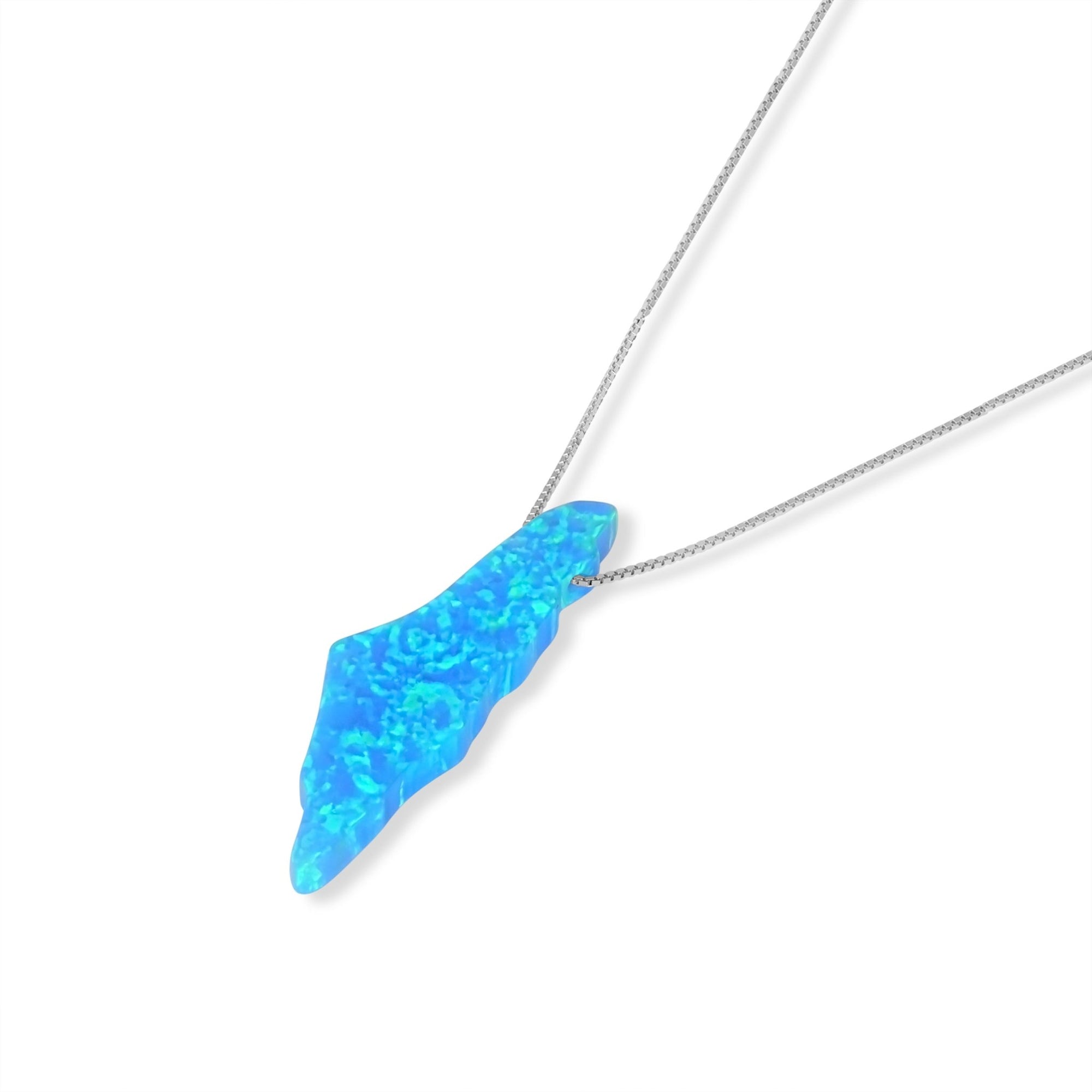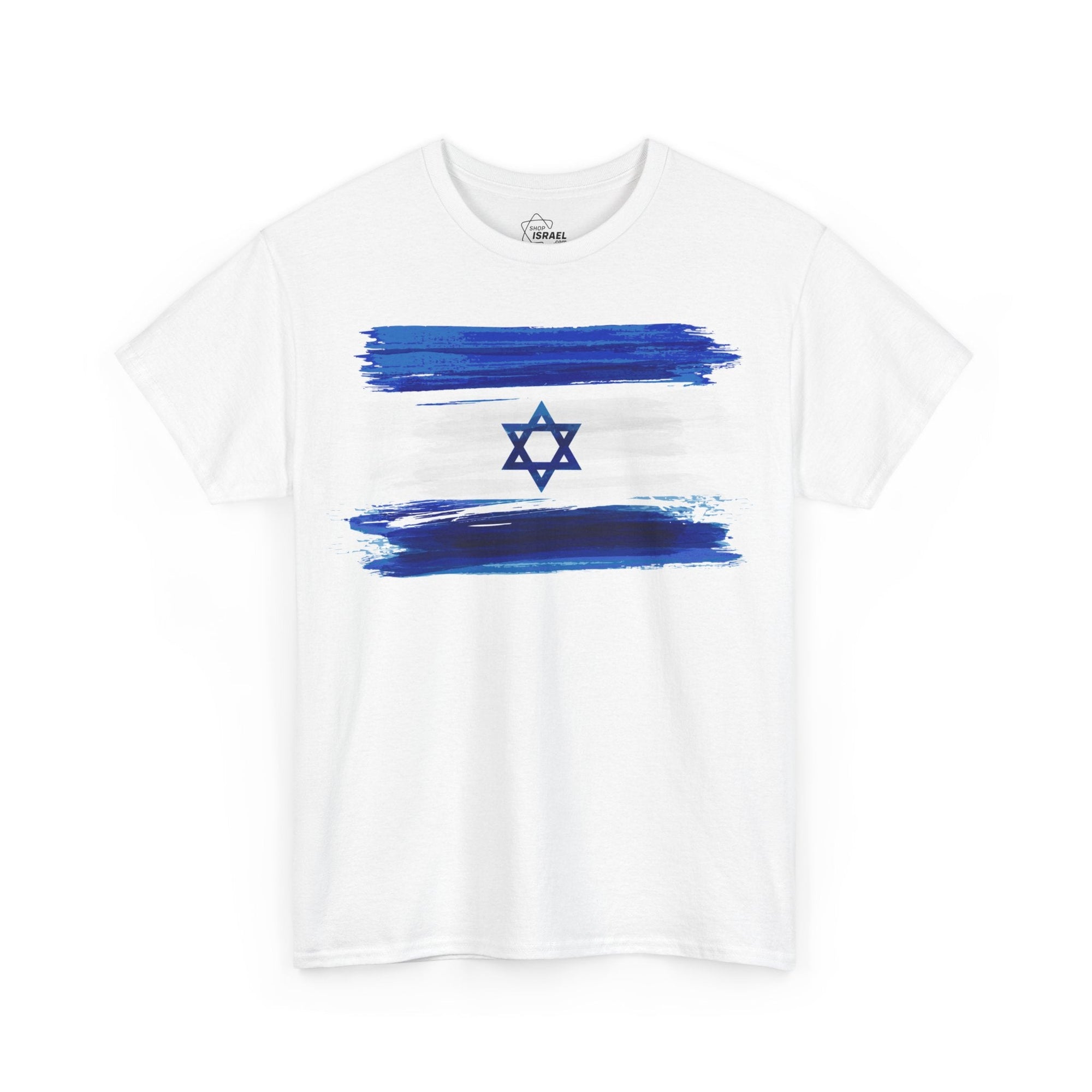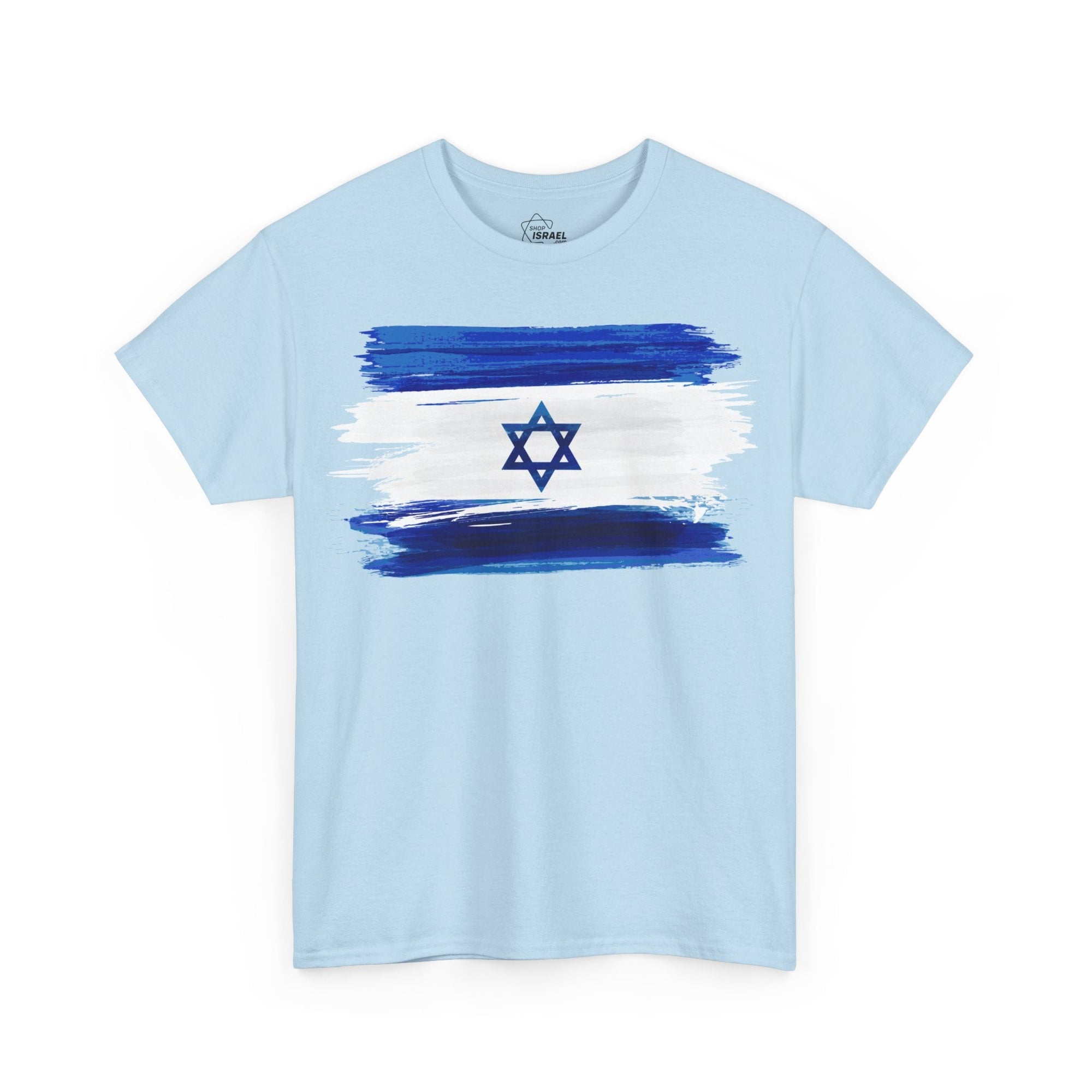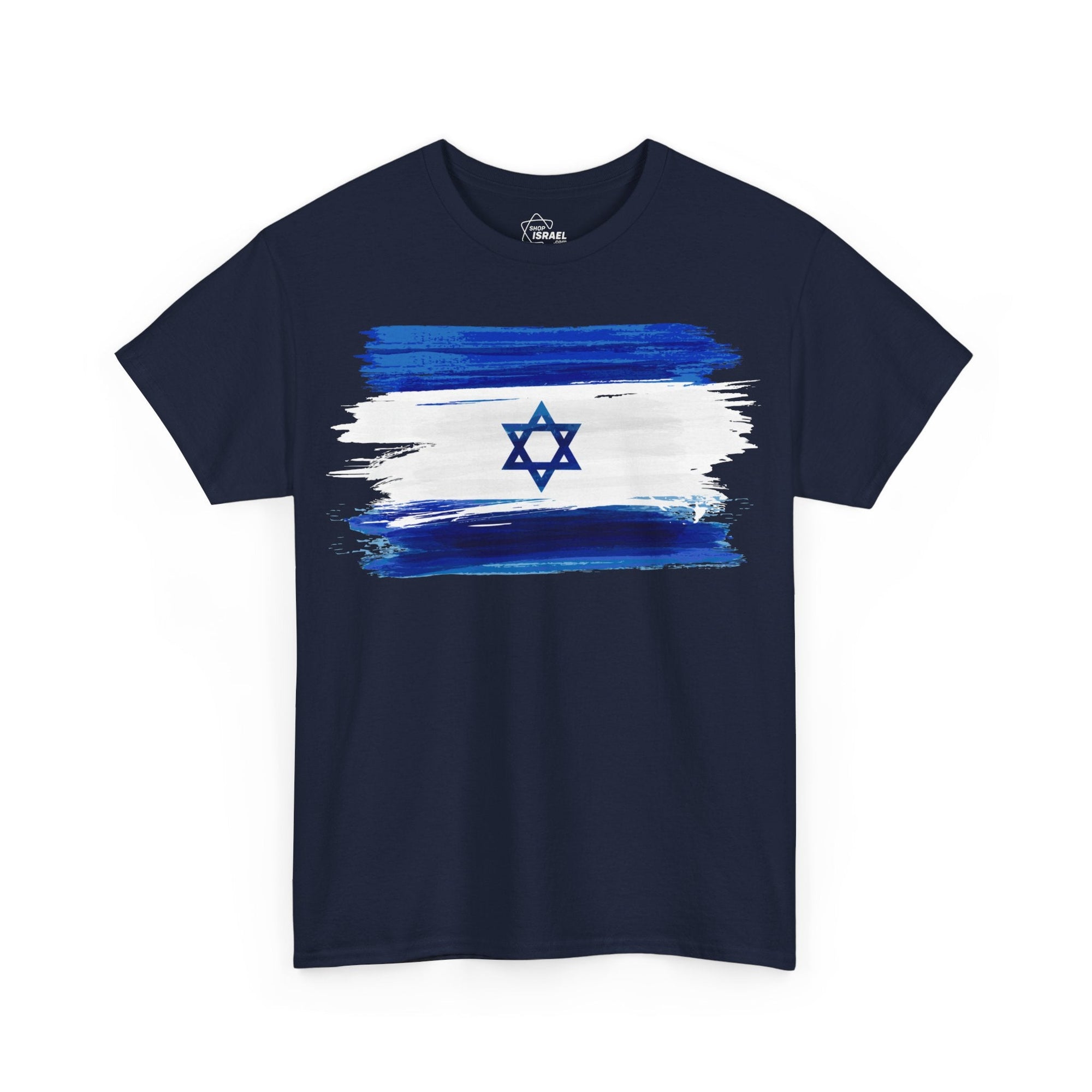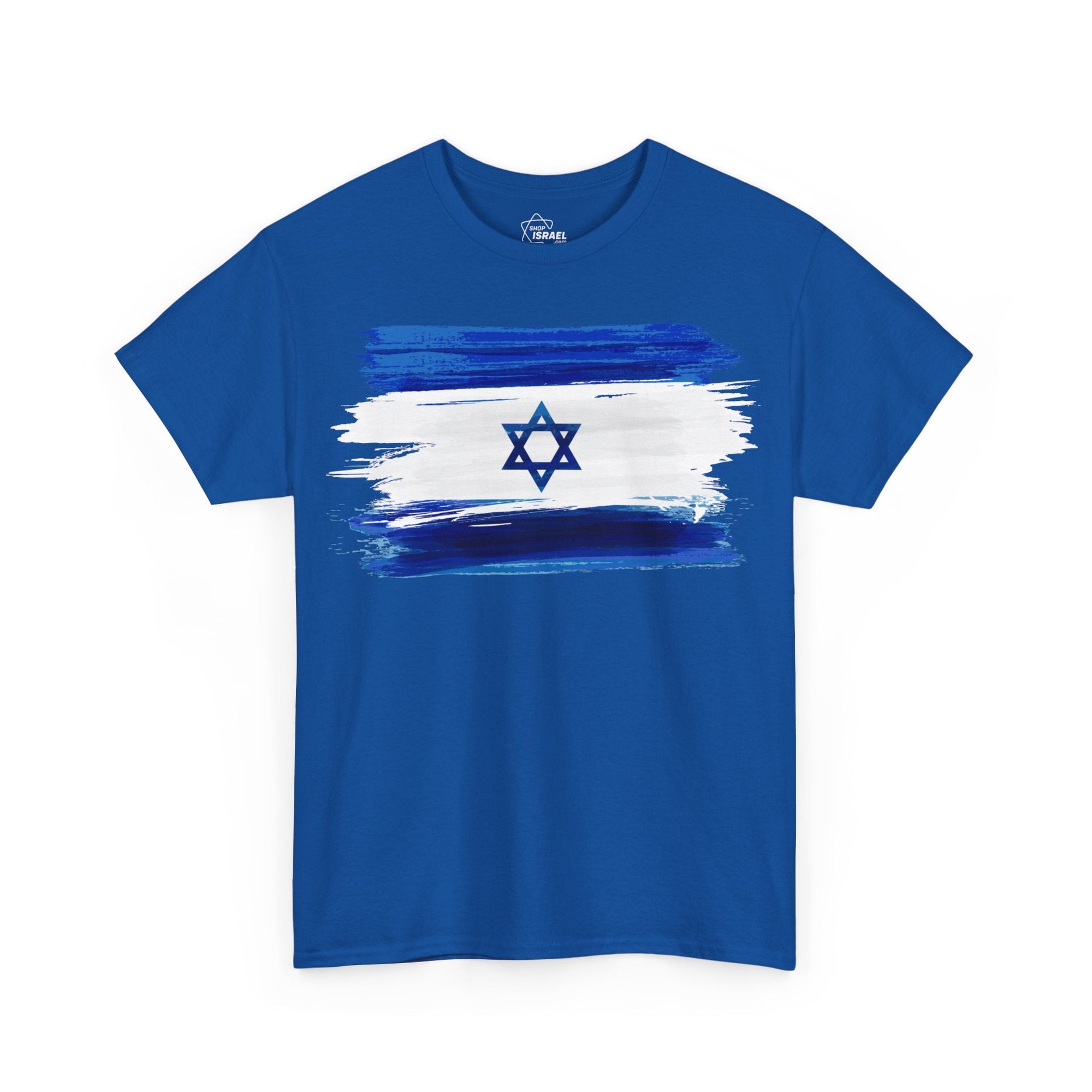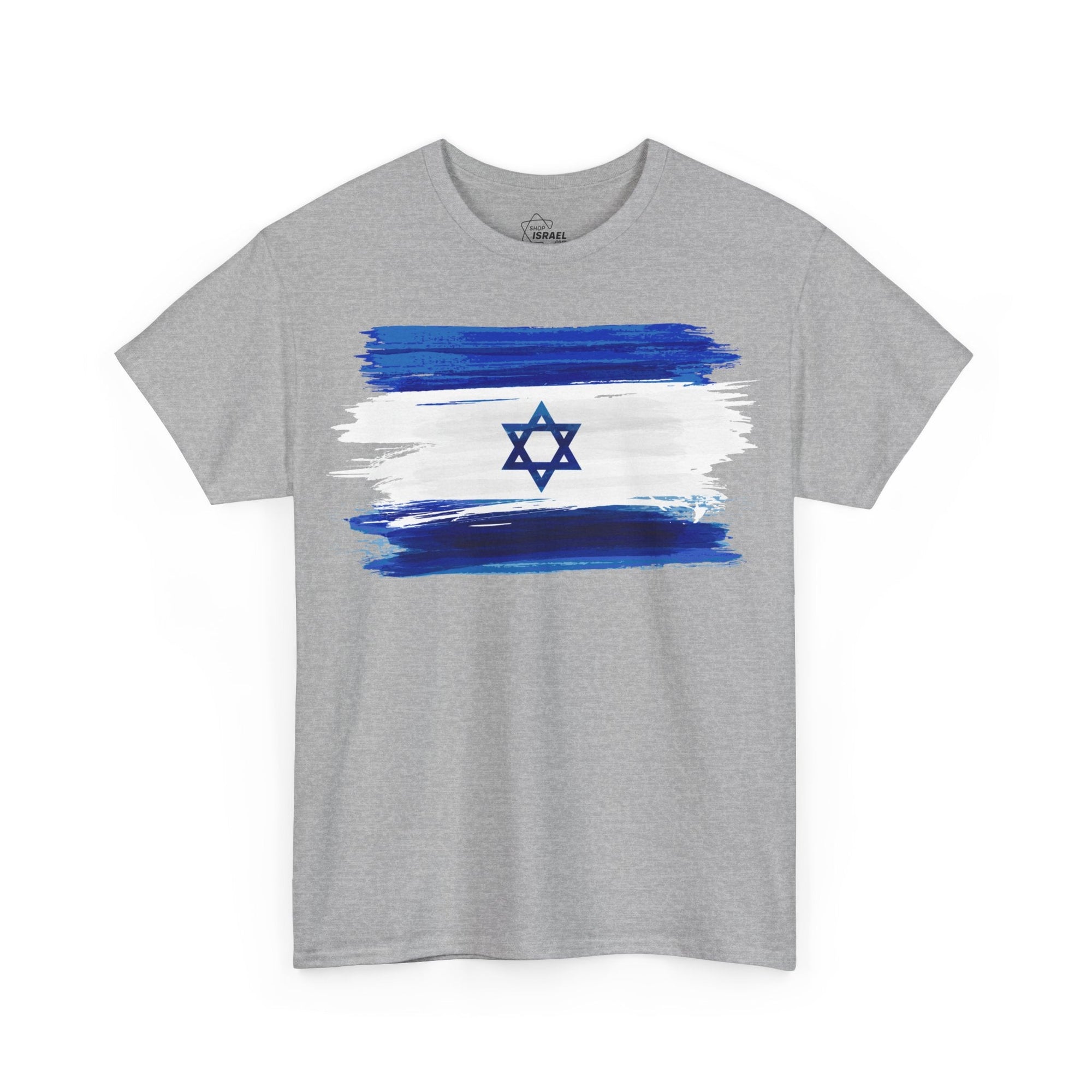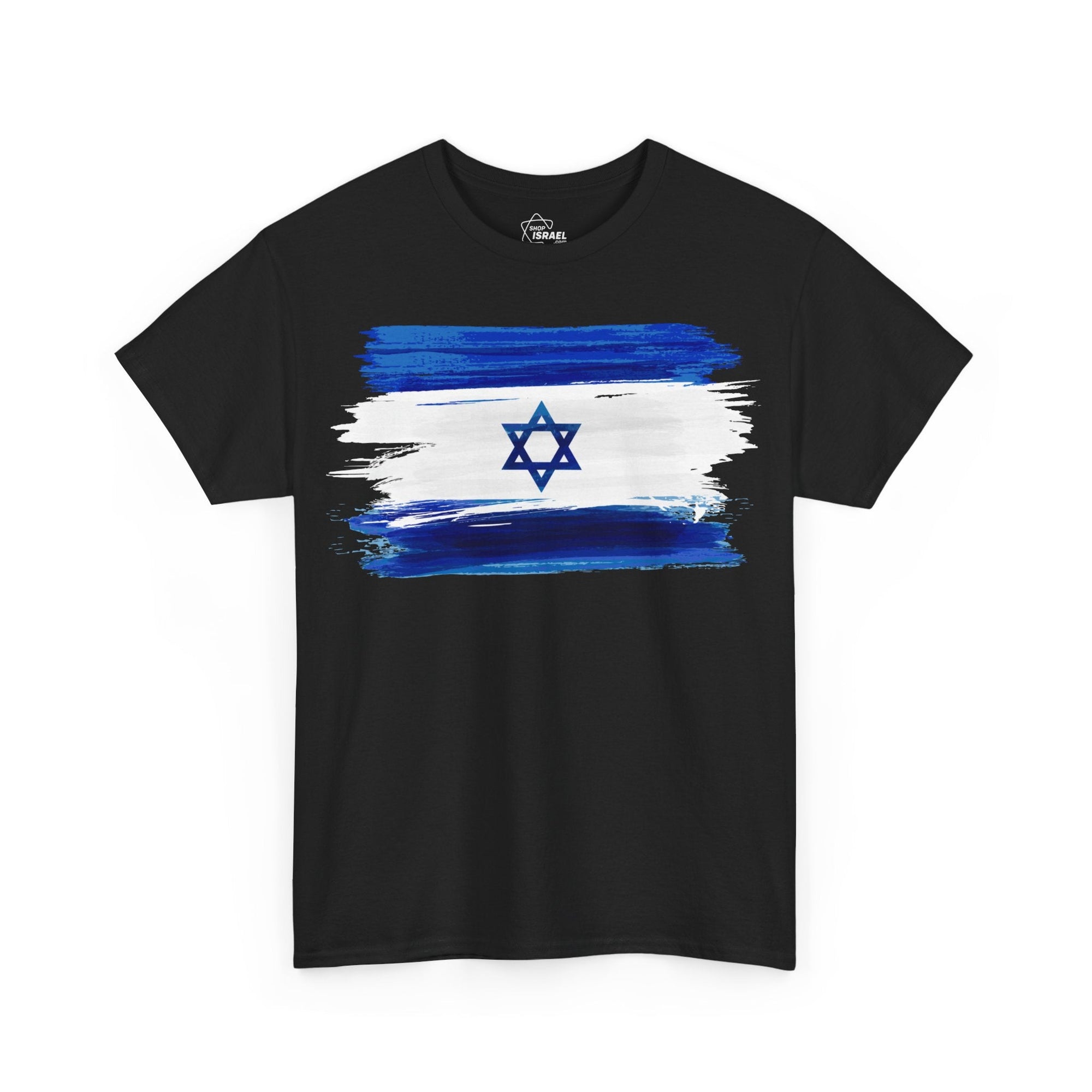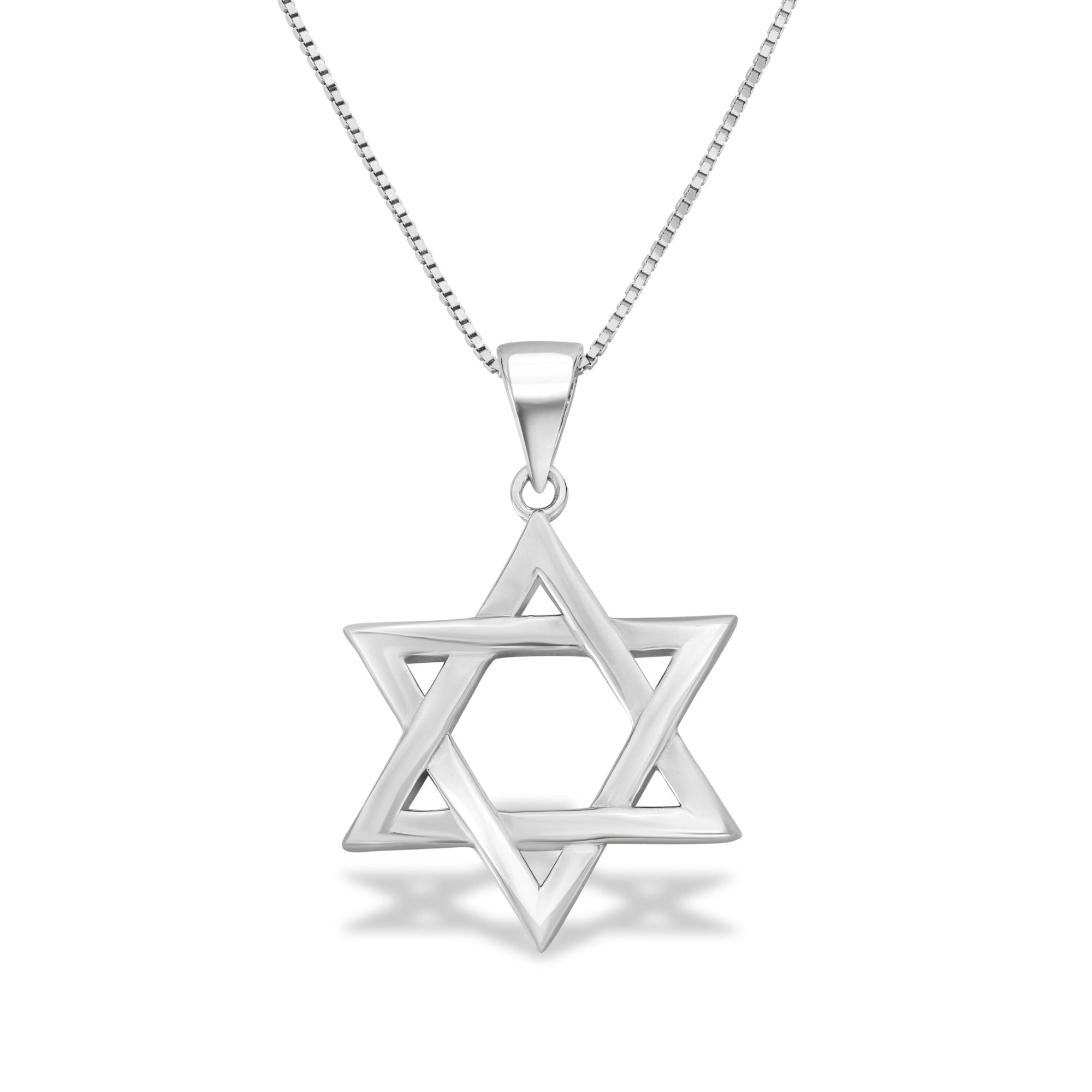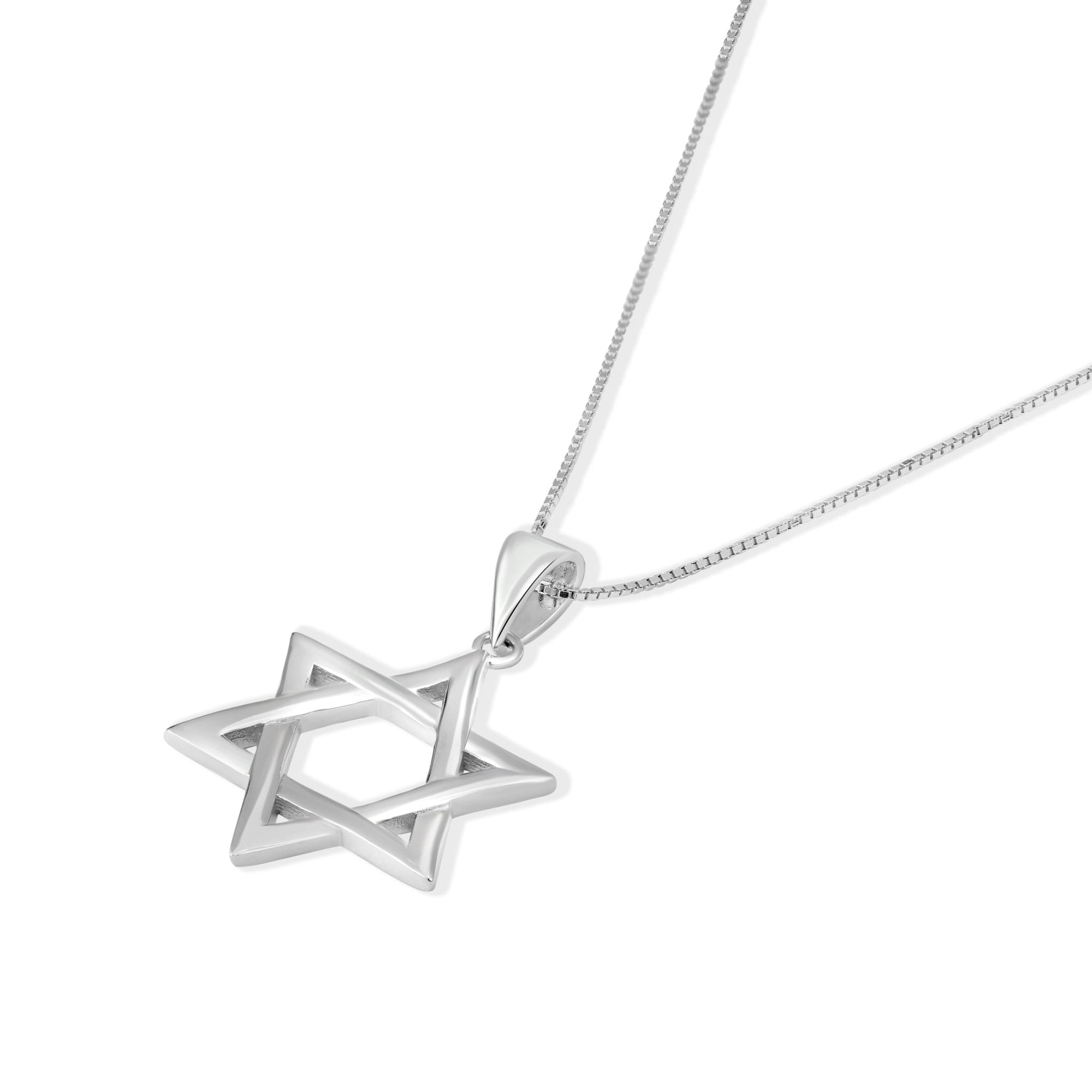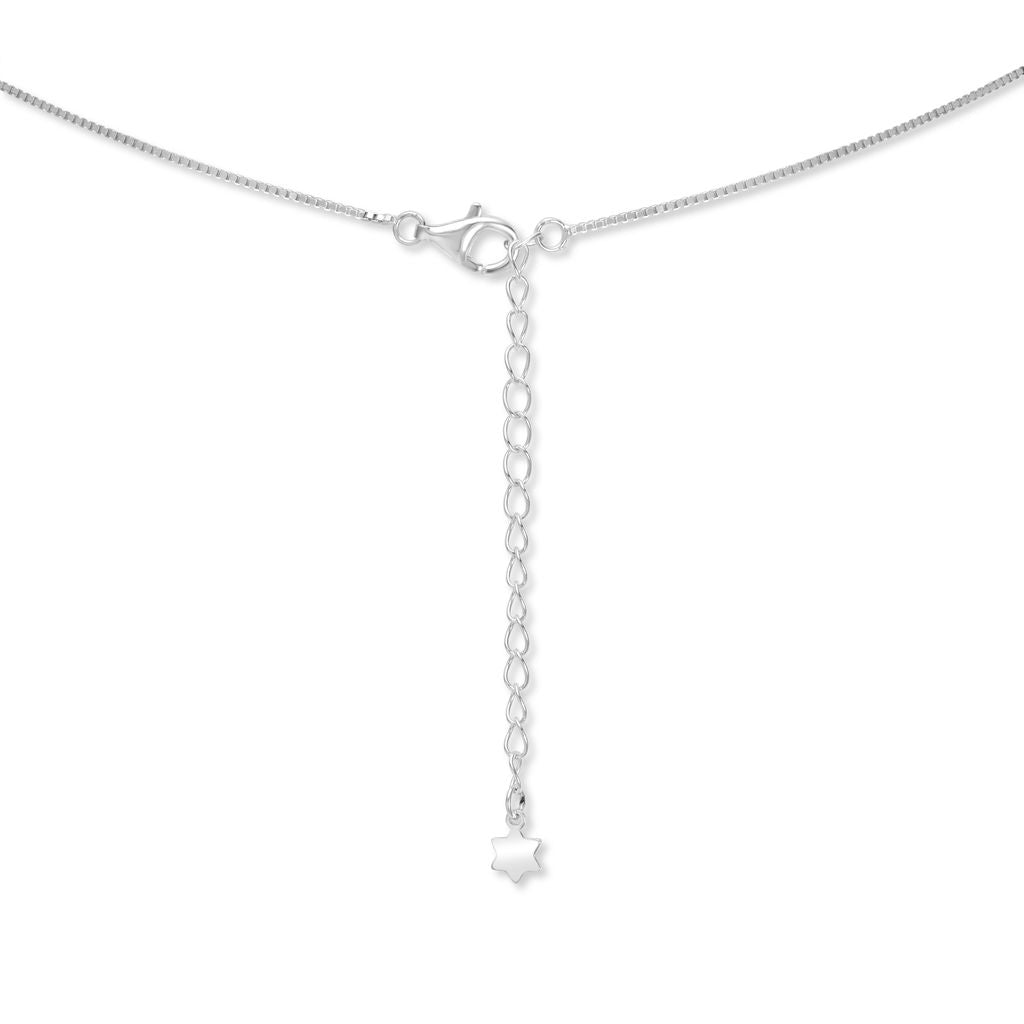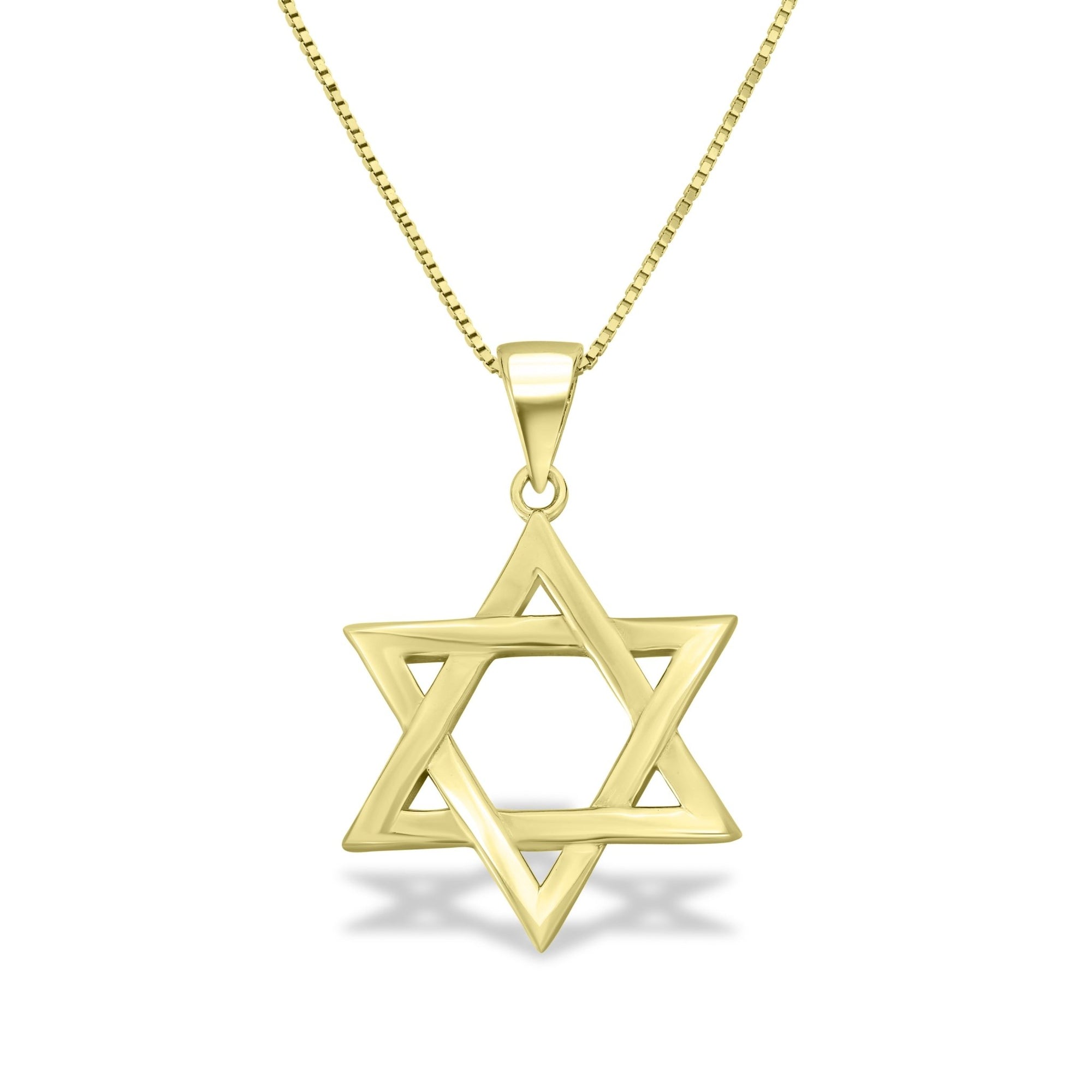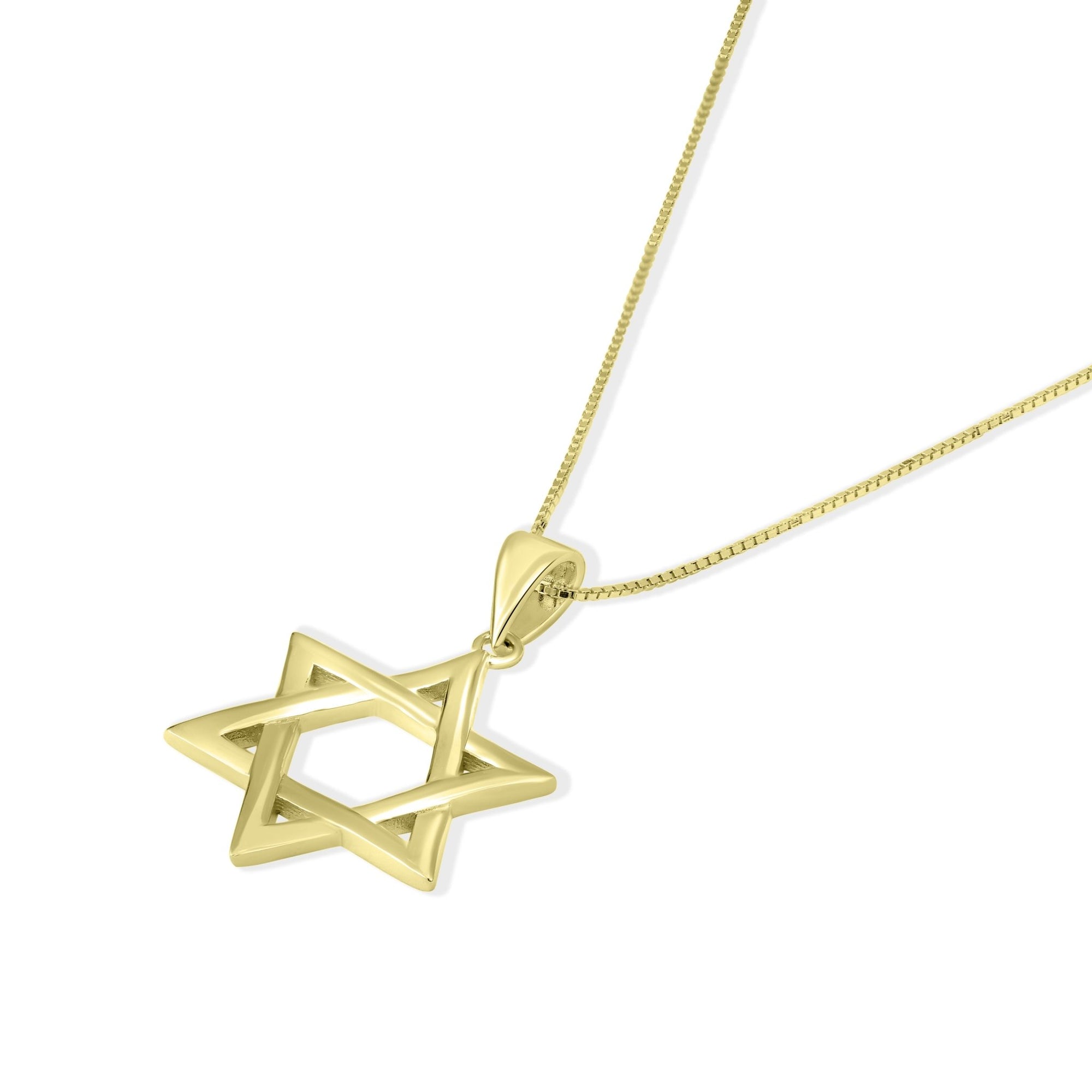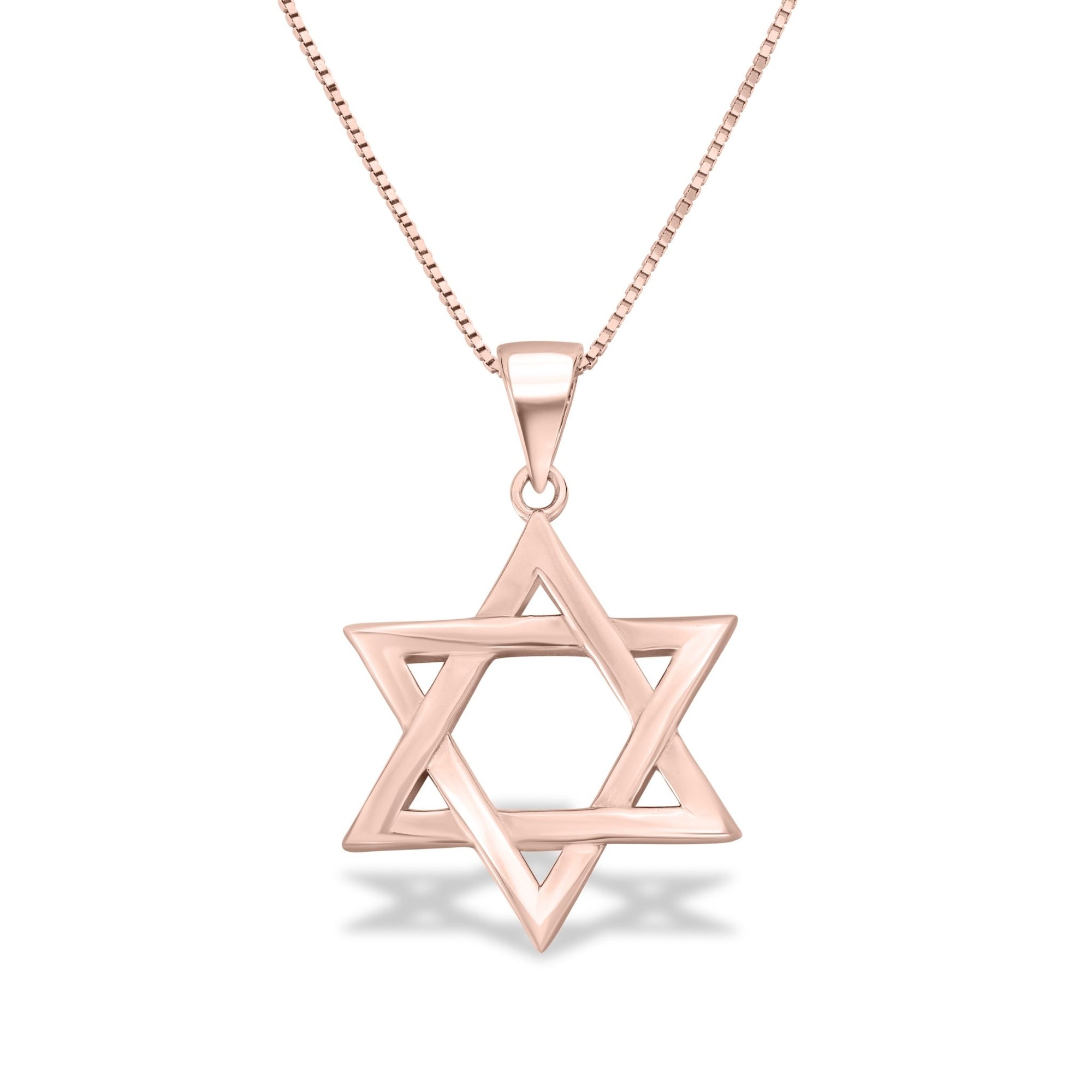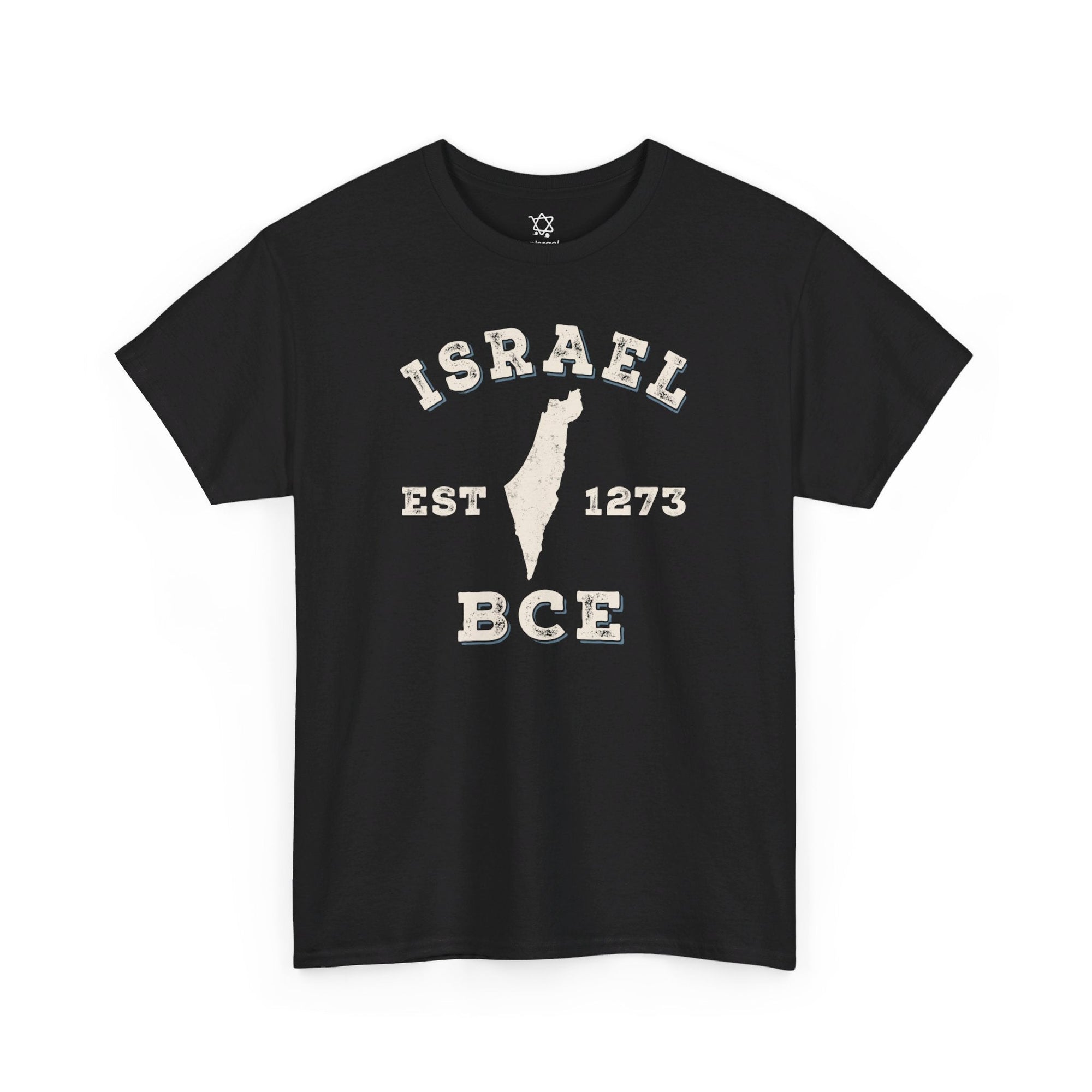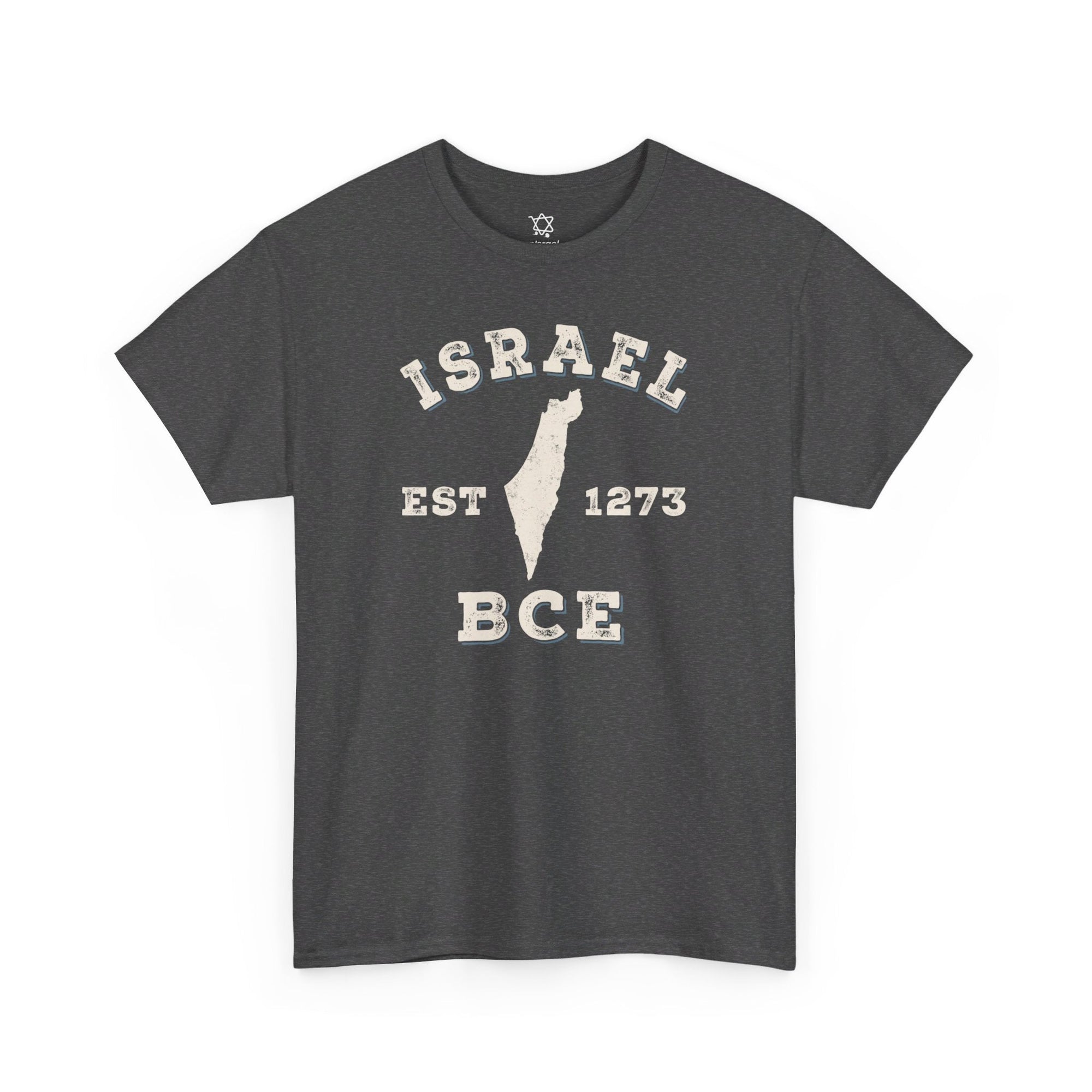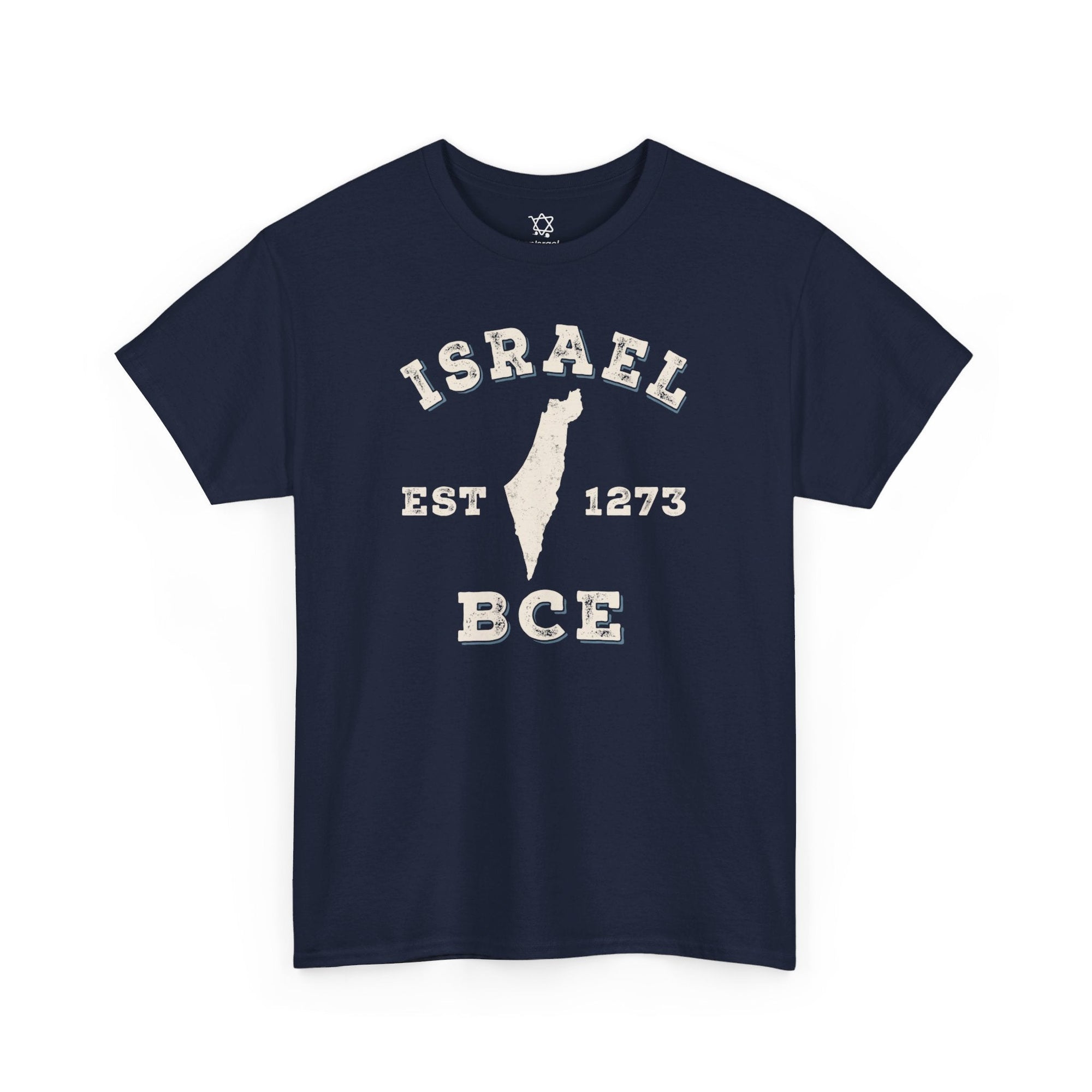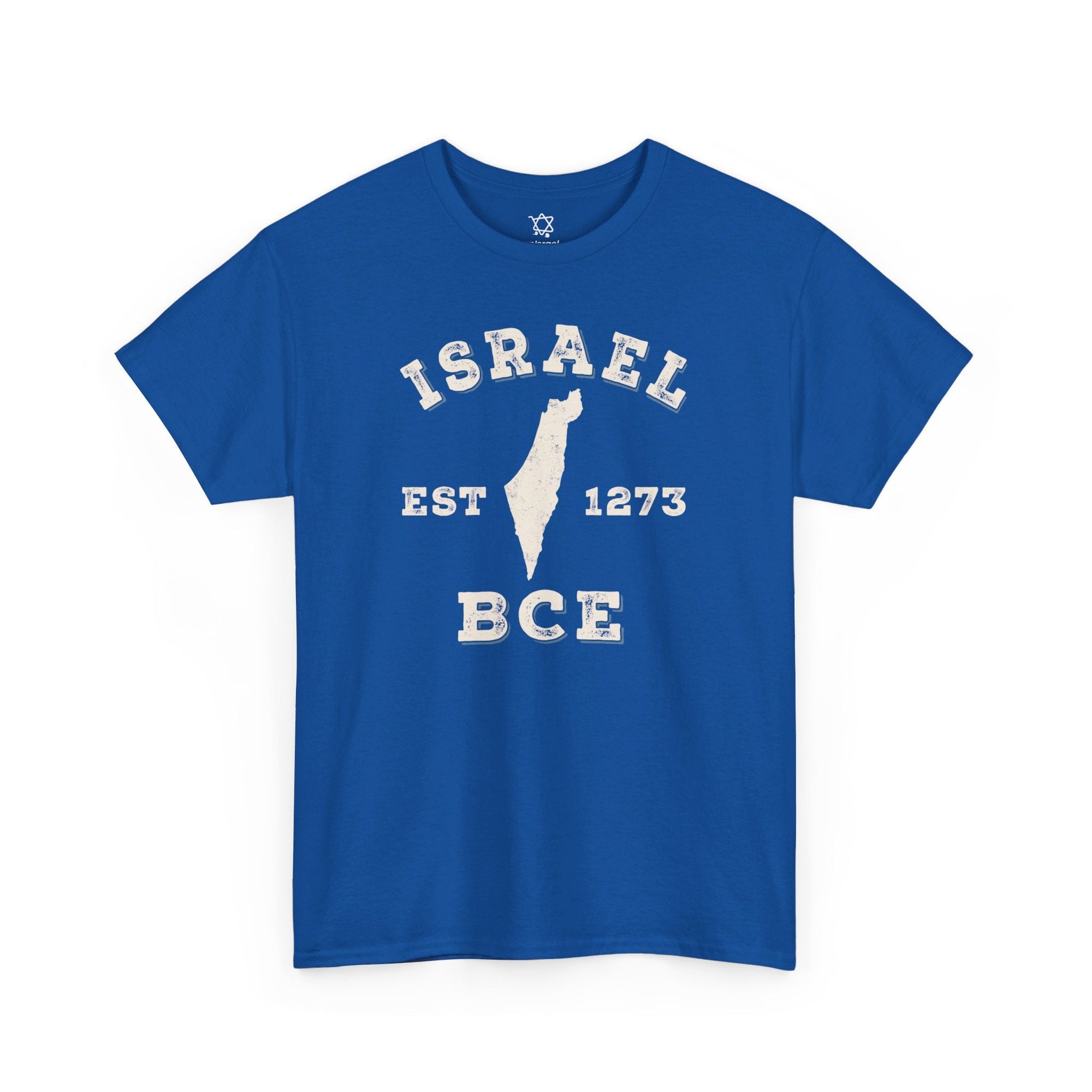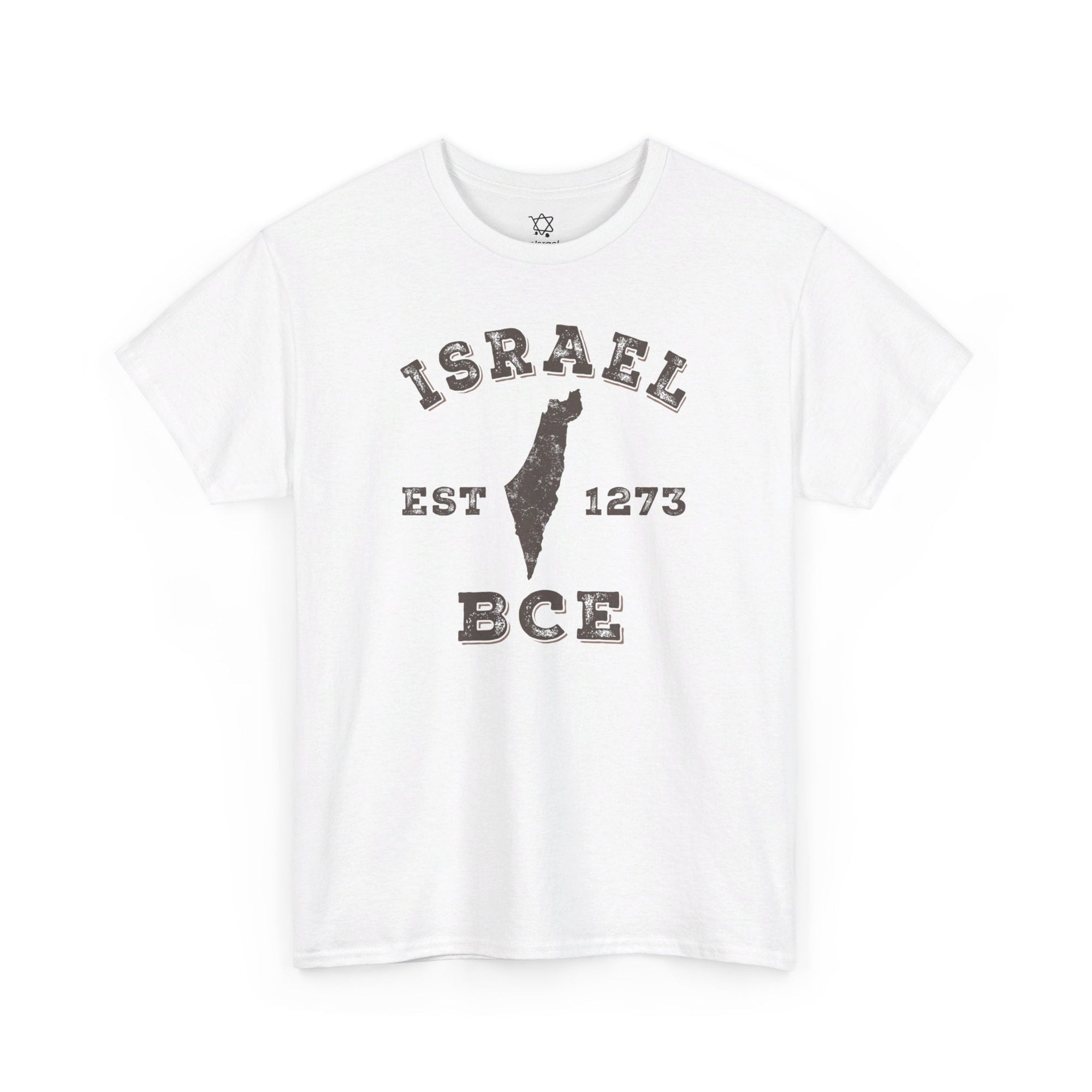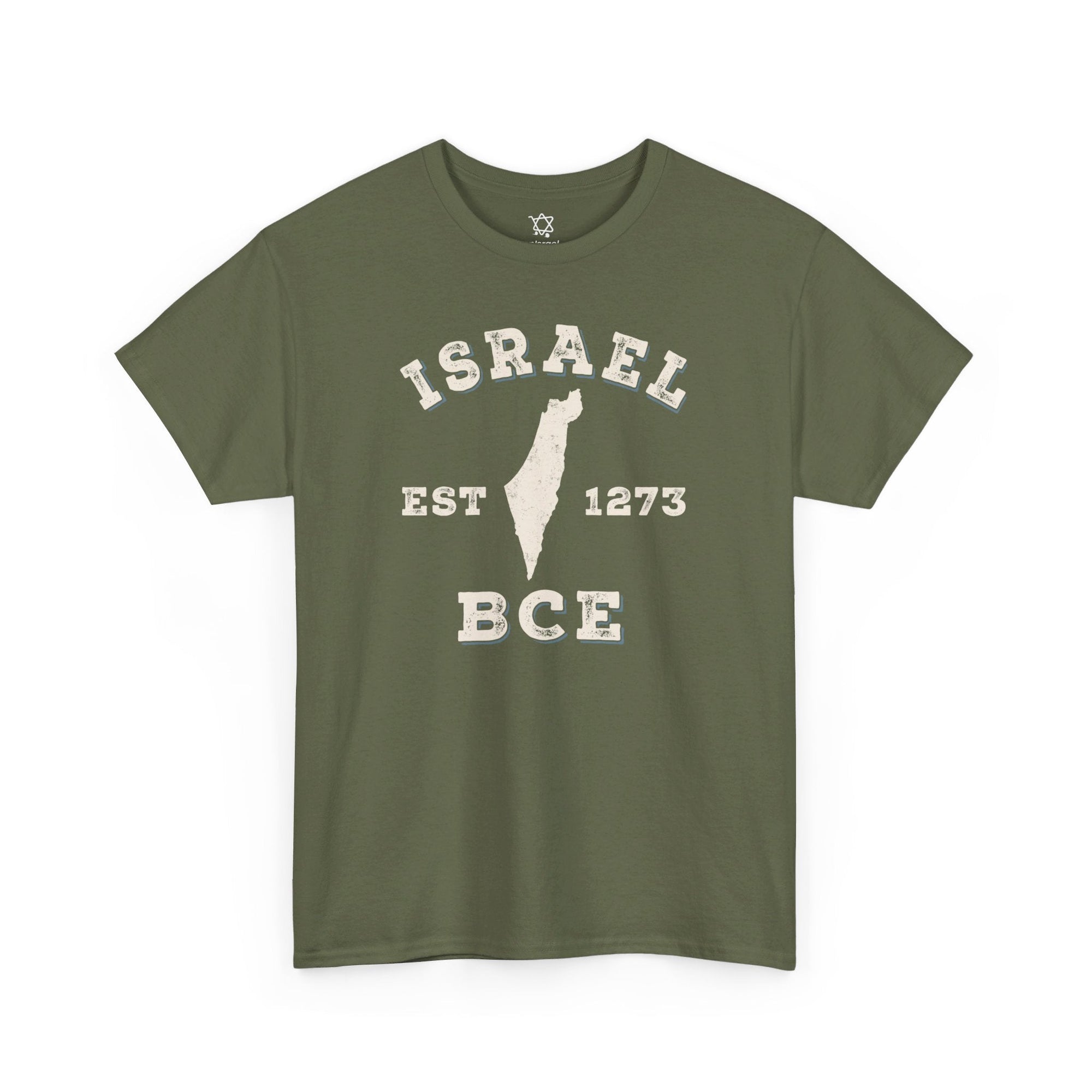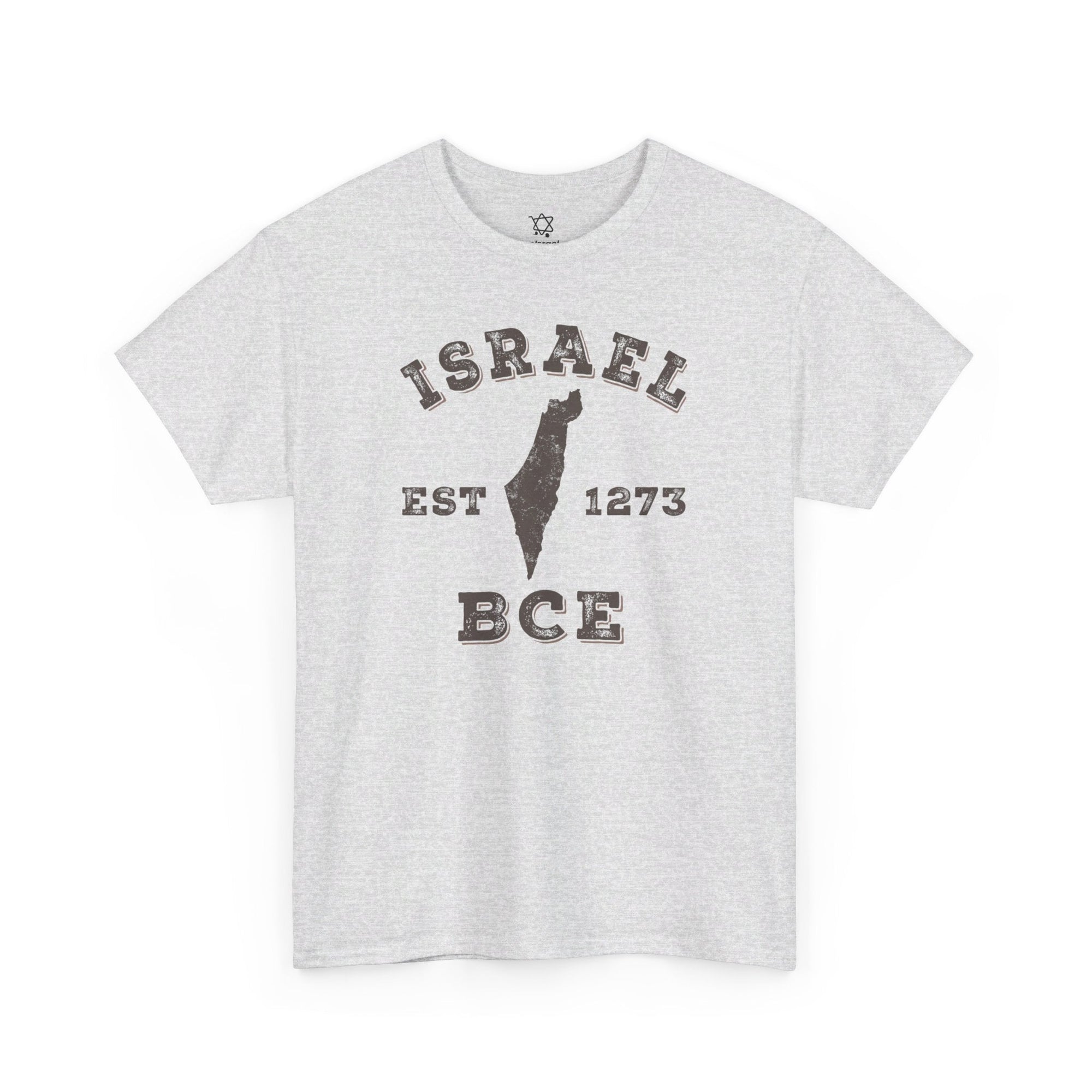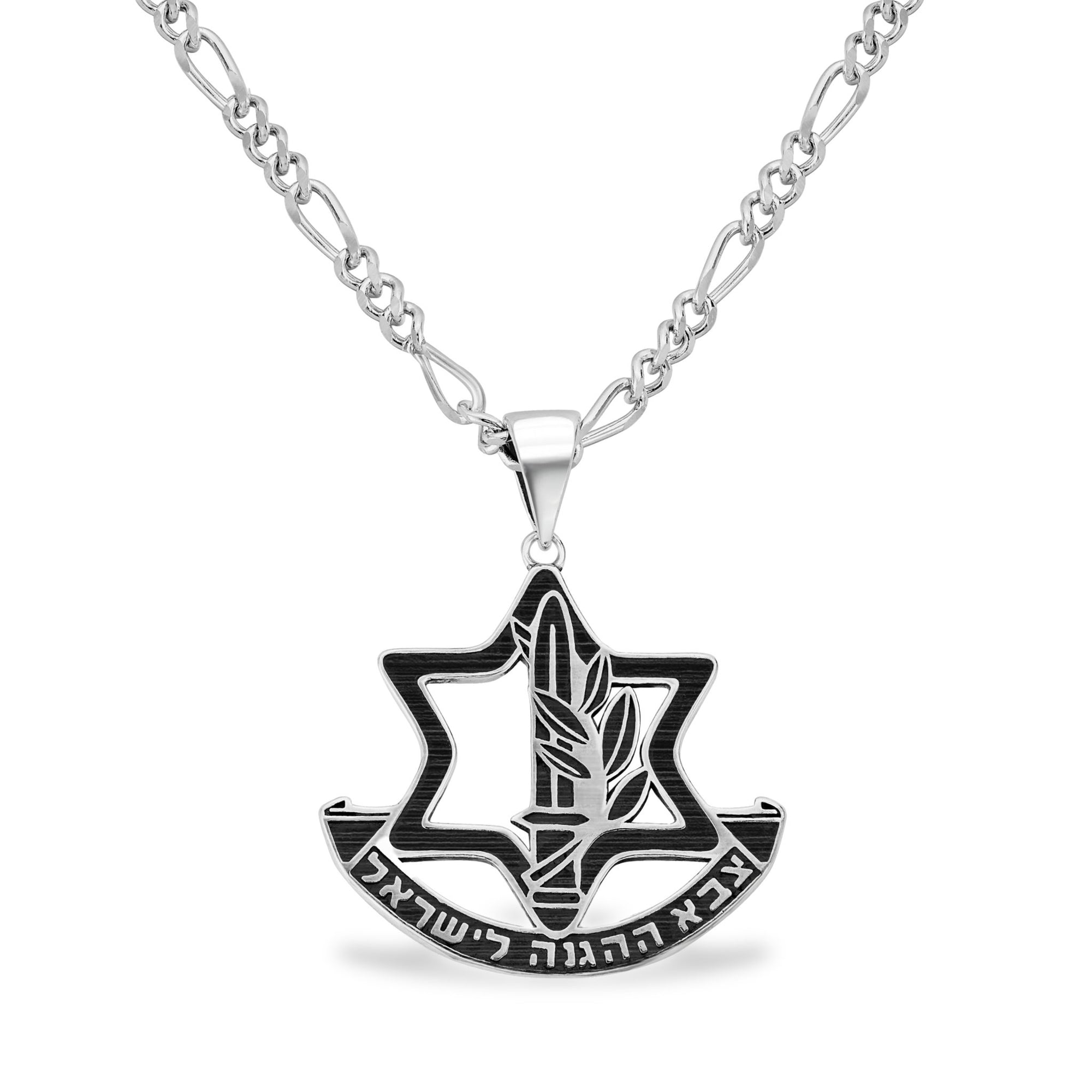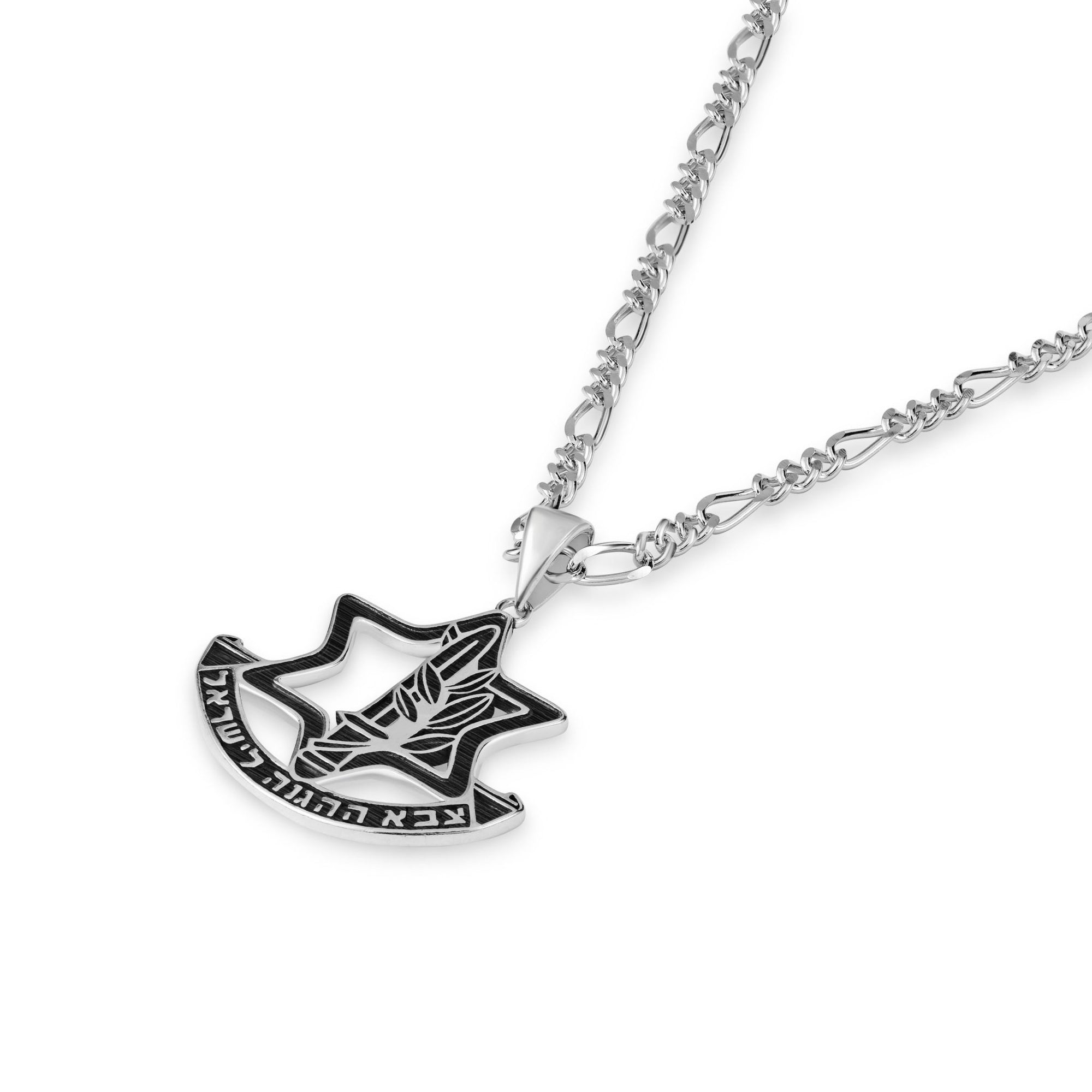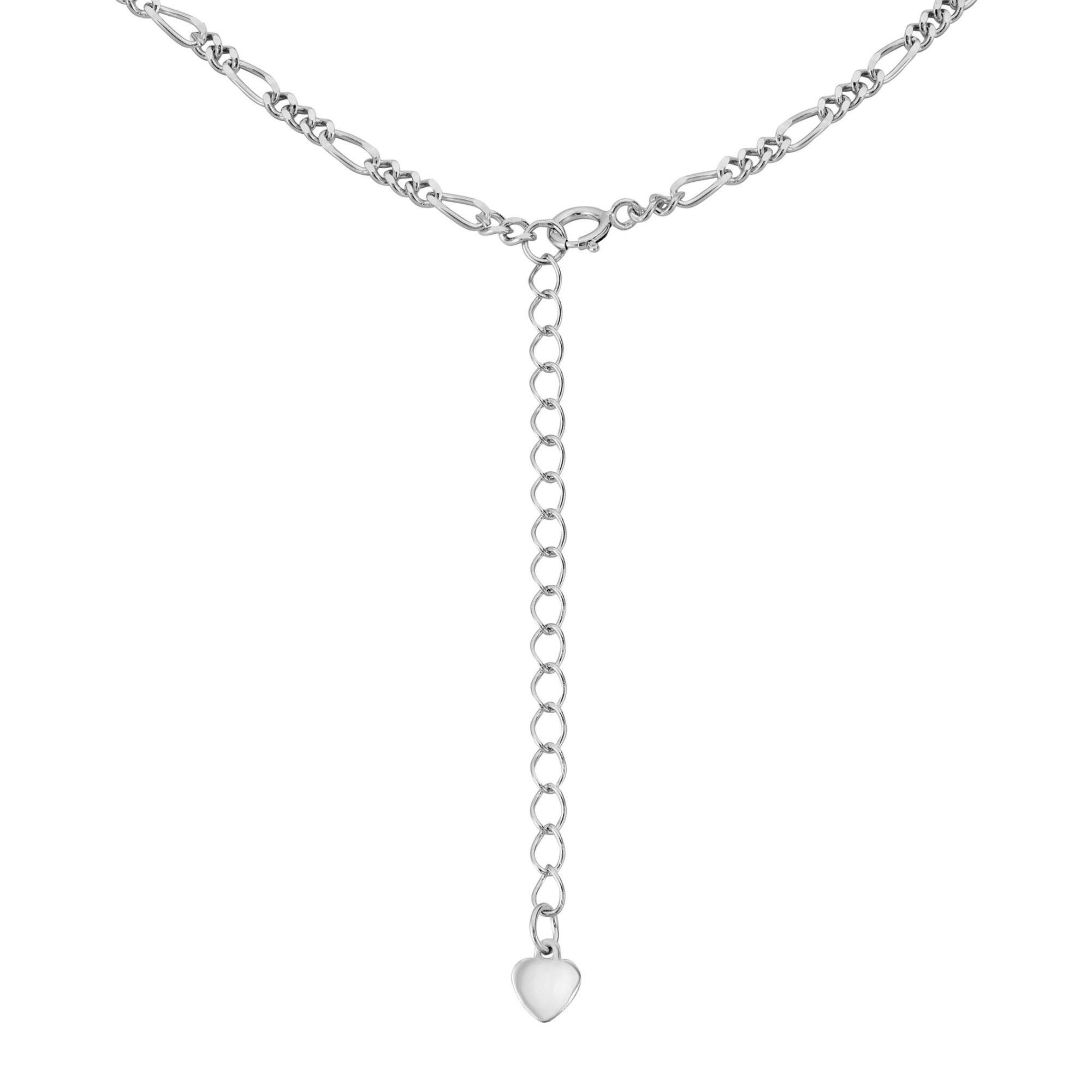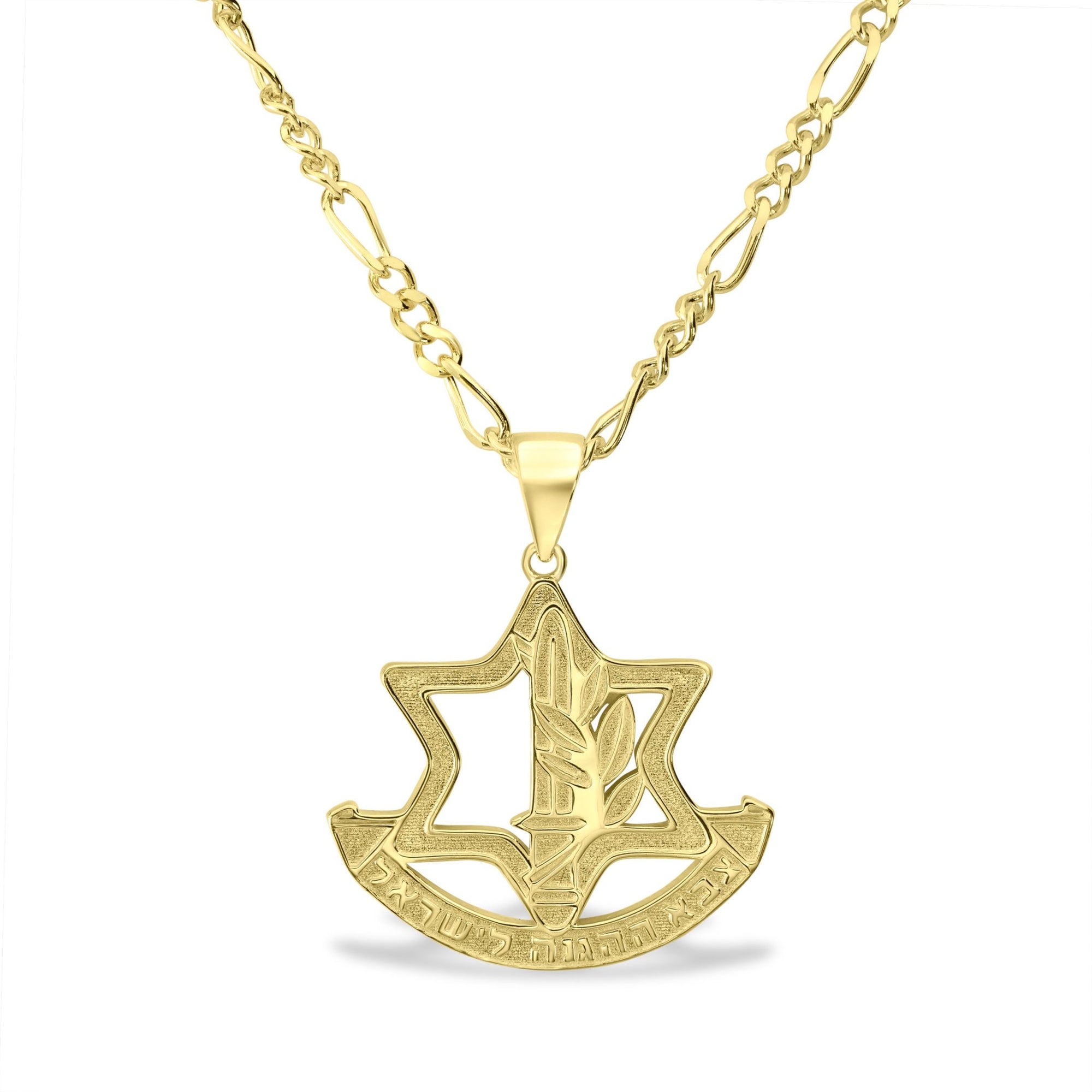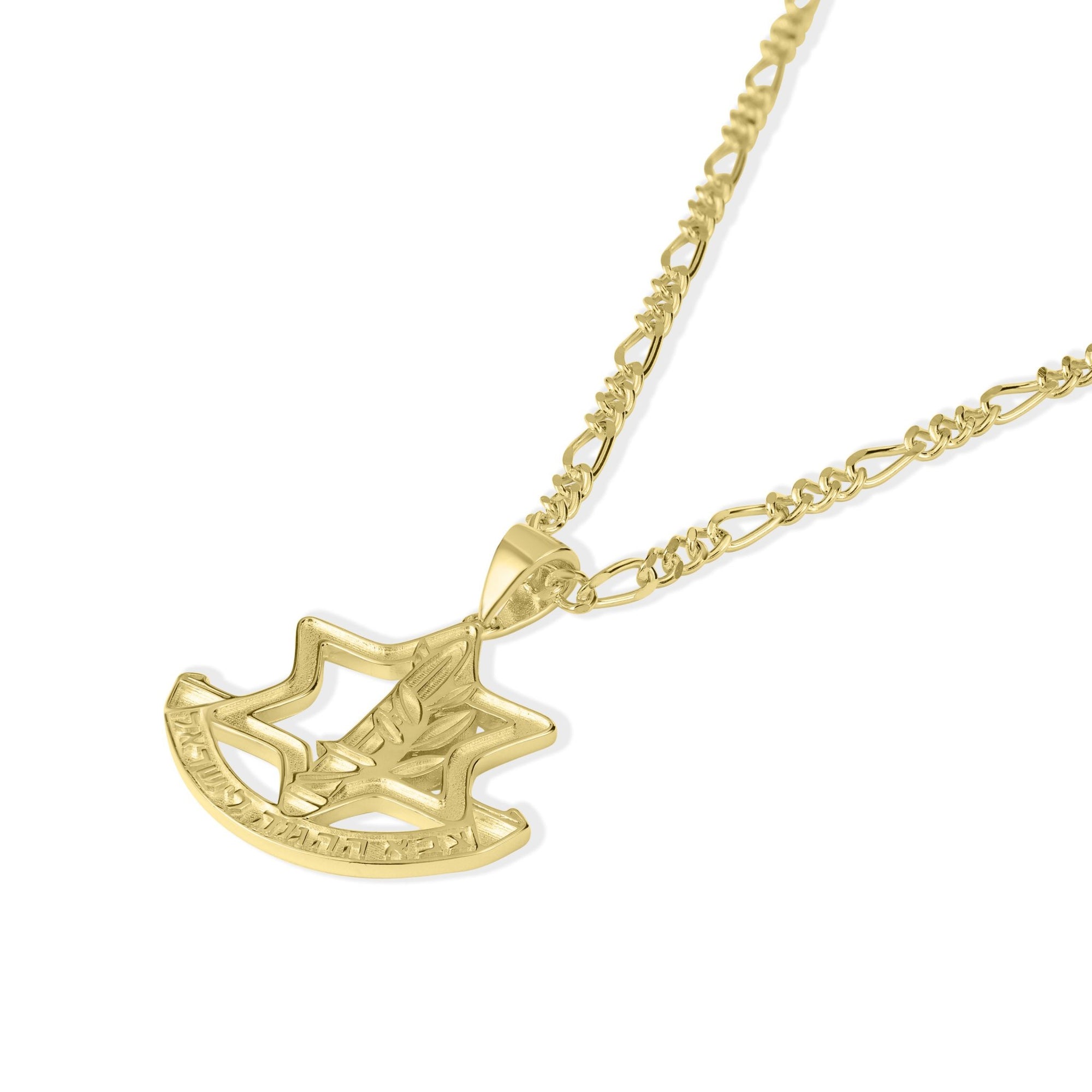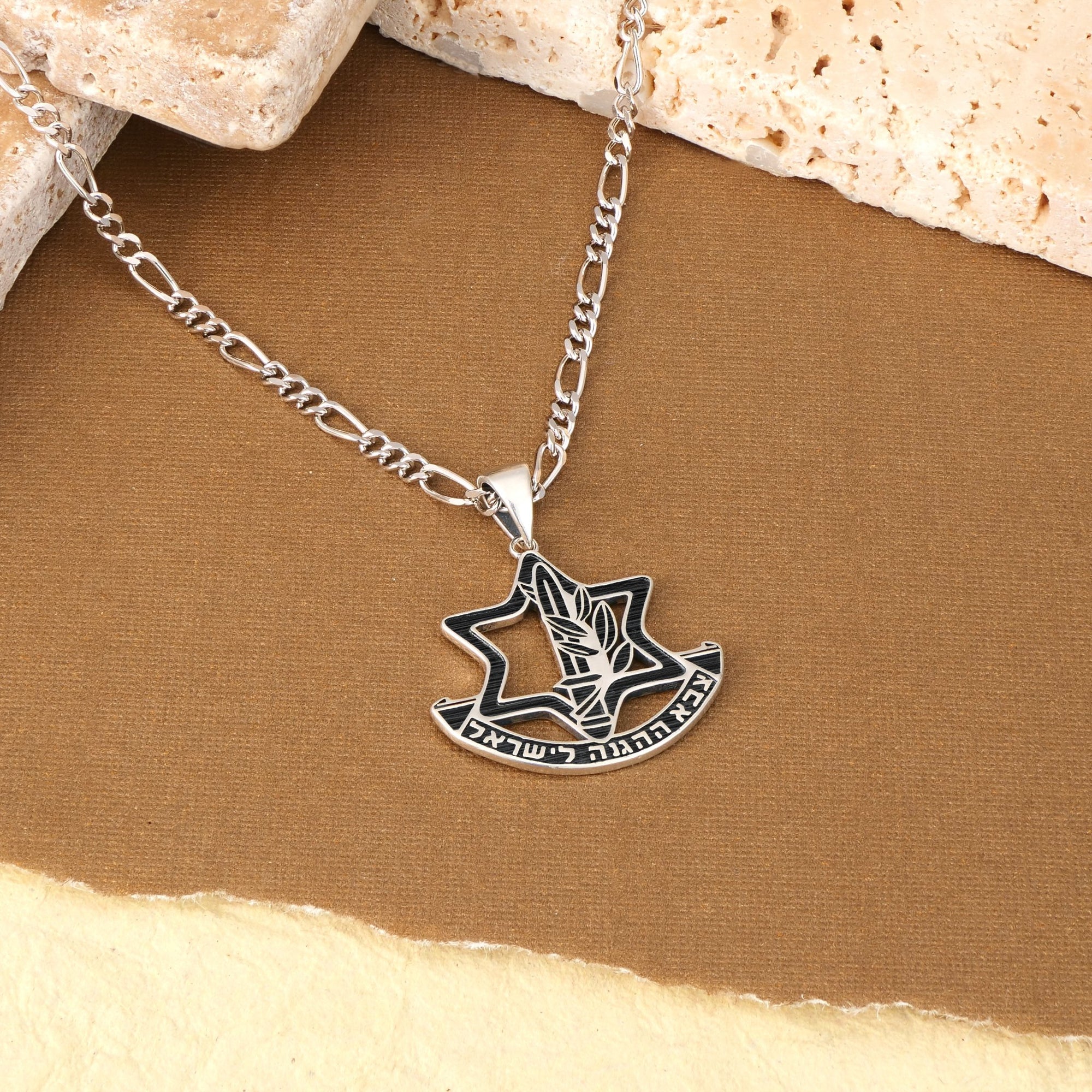Unveiling the Spiritual and Cultural Echoes of the Shofar
The shofar, an ancient ram's horn trumpet, is much more than a ritual object in Jewish tradition. It embodies deep religious symbolism, historical significance, and spiritual resonance that shape Jewish festival customs, particularly during Rosh Hashanah and Yom Kippur. Beyond its ceremonial use, the shofar influences cultural identity and merchandising within Jewish communities worldwide. This article explores the multifaceted role of the shofar, examining its biblical roots, festival functions, symbolic blasts, and the craftsmanship behind its production, highlighting how this sacred instrument continues to inspire religious practices and cultural commerce alike.
The Historical and Biblical Origins of the Shofar
What is the history and origin of the shofar, and how is it referenced in the Bible?
The shofar is an ancient musical horn crafted from a ram’s horn, holding a deep-rooted place in Jewish history and biblical tradition. Its first biblical mention appears during the Revelation at Mount Sinai in Exodus 19, where the sound of the shofar announced God's presence and the giving of the Torah. This event underscores the shofar’s role as a divine signal, awakening the Israelites to spiritual renewal and awe.
Throughout biblical times, the shofar fulfilled various crucial functions. It was used to herald the calling of assemblies, summon the people for worship, and mark significant moments such as the start of the new moon, the Jubilee year, and the declaration of war. For example, in Joshua 6, the blowing of shofars was instrumental during the Battle of Jericho, leading to the miraculous fall of its walls through faith and obedience.
In addition to its liturgical uses, the shofar was a symbol of royal authority and divine support, often sounded to proclaim kingship or divine approval. Its powerful sound conveyed messages from God and was associated with divine intervention, making it a central element in both religious and societal gatherings.
The origins of the shofar reach back to ancient Israelite society, where it was a vital part of ritual, military, and communal life. Its use in sacred ceremonies and its reference in stories of miraculous victories underscore its spiritual importance. Over the centuries, these biblical roots established the shofar as a powerful emblem of divine communication, judgment, and hope.
In summary, the shofar’s history is intertwined with biblical narratives and ancient Israel’s spiritual and social fabric. Its mentions in key biblical events highlight its role as a divine instrument that calls the faithful to reflection, repentance, and recognition of God's sovereignty. For deeper understanding, see shofar origins and biblical references.
Significance and Symbolism of the Shofar in Jewish Festivals
The shofar holds profound spiritual meaning in Jewish tradition, symbolizing divine awakening, repentance, and God’s sovereignty. Its calls are not mere sounds but serve as a spiritual summons, urging individuals to reflect, humble themselves, and renew their moral commitments. The three main blasts — Tekiah, Shevarim, and Teruah — are each imbued with specific symbolic significance, calling worshippers to a deeper consciousness of their role within God's covenant.
Historically and biblically, the shofar is linked to momentous events such as the Revelation at Mount Sinai, where its blast signaled divine communication and awe. It also resonates with the story of the Binding of Isaac, where the ram’s horn symbolizes faith and divine mercy, and the fall of Jericho, where its sounding brought about miraculous victory.
During Rosh Hashanah and Yom Kippur, the shofar acts as a compelling reminder of divine kingship and future eschatological promises. It echoes the prophetic call for justice and righteousness, serving as a moral alarm throughout these sacred days. Beyond personal reflection, it also foreshadows the final redemption and the coming of the Messiah, inspiring hope for renewal of both spiritual and national life.
In essence, the shofar embodies themes of divine judgment and mercy, resonating through Jewish festivals as a powerful symbol of awakening, hope, and faith in divine governance and redemption (decoding the shofar).
The Shofar's Central Role in Rosh Hashanah and Yom Kippur Traditions

In Jewish holiday customs, the shofar holds profound significance during Rosh Hashanah and Yom Kippur. It is used as a spiritual alarm to awaken the conscience and inspire repentance. On Rosh Hashanah, the shofar is blown in specific sequences—Tekiah, Shevarim, and Teruah—during synagogue services, typically about 100 times throughout the day. These blasts serve as a call to acknowledge God's sovereignty, reflect on personal deeds, and foster a sense of humility and renewal.
The ritual of sounding the shofar during Rosh Hashanah is a mitzvah—a divine commandment—that emphasizes awakening one's soul to spiritual responsibilities. Notably, the blasts are arranged to symbolize different themes: Tekiah as a long, unbroken call representing God’s kingship; Shevarim as a series of sobbing sounds urging repentance; and Teruah as rapid, staccato bursts prompting alertness.
During Yom Kippur, the Day of Atonement, the shofar is sounded at the end of the fast. This marks the culmination of a ten-day period of reflection, prayer, and seeking forgiveness. The final blast, Tekiah Gedolah, is especially long and resonant, symbolizing the hope for divine mercy and renewal.
Overall, the shofar’s sounds are deeply embedded in the spiritual fabric of these holidays. They serve as auditory reminders of judgment and mercy, calling individuals and communities to introspection, self-improvement, and hope for redemption, embodying core themes of the Jewish High Holy Days.
Decoding the Shofar Blasts: Sounds and Their Meanings
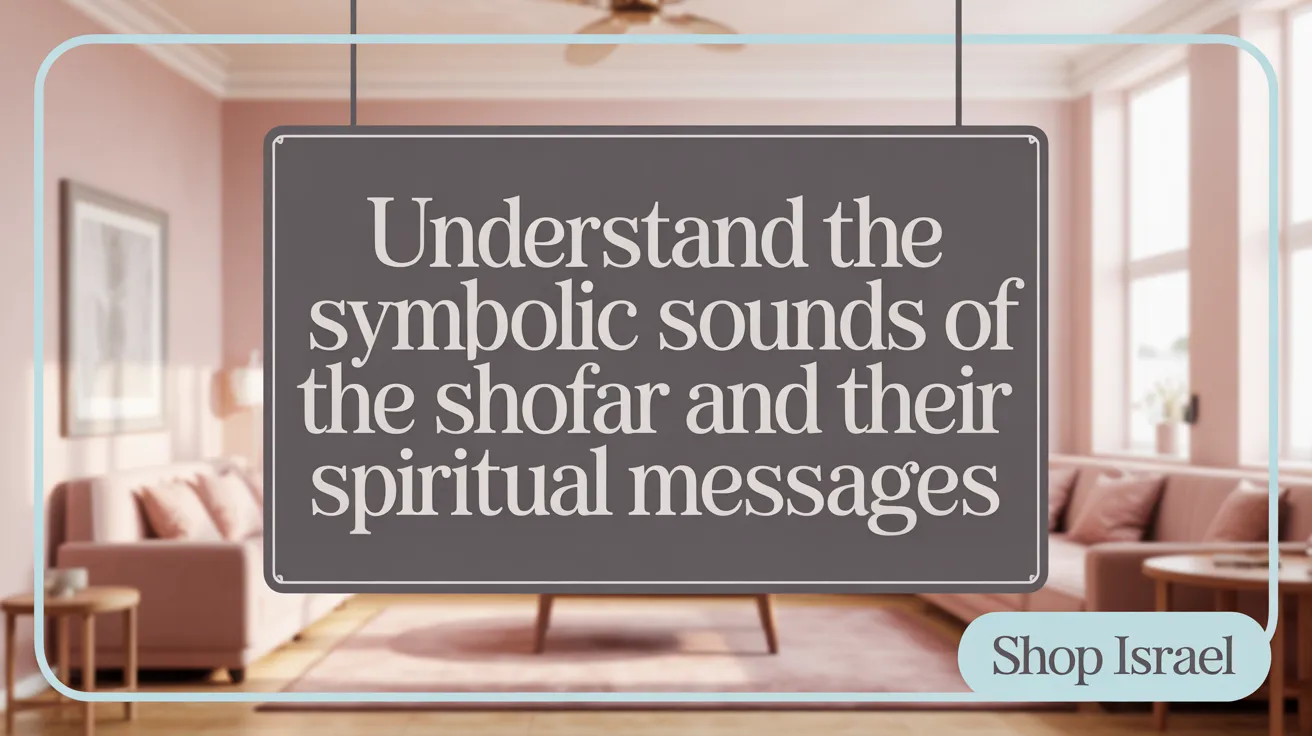
What are the different types of shofar blasts, and what do they signify?
The shofar produces four main types of sounds during Jewish worship, each carrying deep symbolic meaning. The first, Tekiah, is a long, unbroken note representing the acknowledgment of God's sovereignty as King of the universe. It serves as a summons for attention and reverence.
Next is Shevarim, a series of three medium-length blasts that symbolize heartfelt sobs, expressing repentance and longing for spiritual closeness. These sounds evoke the introspective tears of a repentant heart.
Following that is Teruah, a sequence of short, rapid blasts that resemble an alarm, urging listeners to wake up spiritually, recognize their flaws, and renew their commitment to righteousness. It symbolizes the urgent call to introspection.
The final blast, Tekiah Gedolah, is a remarkable, extended note that concludes the series. It signifies hope and the culmination of the spiritual awakening process, symbolizing the plea for divine mercy and redemption.
During Rosh Hashanah, these sounds are combined in specific sequences to inspire reflection, repentance, and faith renewal. The arrangement of these blasts helps believers connect spiritually, emphasizing themes of divine kingship, remorse, awakening, and hope for redemption. For more details, see The Shofar Blasts and What is a Shofar?.
The Shofar’s Influence on Jewish Festival Customs and Religious Practices

How has the shofar influenced Jewish festival customs and religious practices over time?
The shofar has been instrumental in shaping the rhythm and meaning of Jewish festival practices, especially during the High Holy Days of Rosh Hashanah and Yom Kippur. Its blasts are not merely musical notes but powerful symbols of divine kingship, repentance, and spiritual awakening. During Rosh Hashanah, the main commandment is to hear the shofar, which is sounded roughly 100 times throughout the services, creating a solemn atmosphere that urges self-examination (Mitzvah of hearing the shofar).
The month of Elul preceding Rosh Hashanah sees daily shofar blowings, acting as an ongoing call for spiritual preparation. These daily blasts serve to remind the faithful to reflect on their deeds and renew their commitment to spiritual growth in anticipation of the new year.
Historically, the shofar’s role extended beyond ritual into the broader social and military spheres in biblical times, serving as a call to assemble, a signal of victory, and an alarm during times of danger (Ancient musical horn, Ram's horn for shofar, Jewish ritual use of shofar). Over centuries, rabbinic authorities transformed these signals into spiritual tools, embedding them deeply into Jewish worship and identity (Shofar as spiritual warfare instrument).
The custom of blowing the shofar reinforces communal bonds, as it unites members of the community in shared remembrance and divine service. Its sound echoes the biblical theophany at Mount Sinai, reminding Jews of their covenant with God and inspiring collective responsibility.
Today, the shofar remains a vital symbol of Jewish continuity, linking ancient traditions with modern spirituality. Its influence is seen in both structured liturgical settings and in various community celebrations (Modern uses of shofar), affirming the enduring importance of this ancient instrument in Jewish life.
Cultural and Spiritual Importance of the Shofar in Jewish History
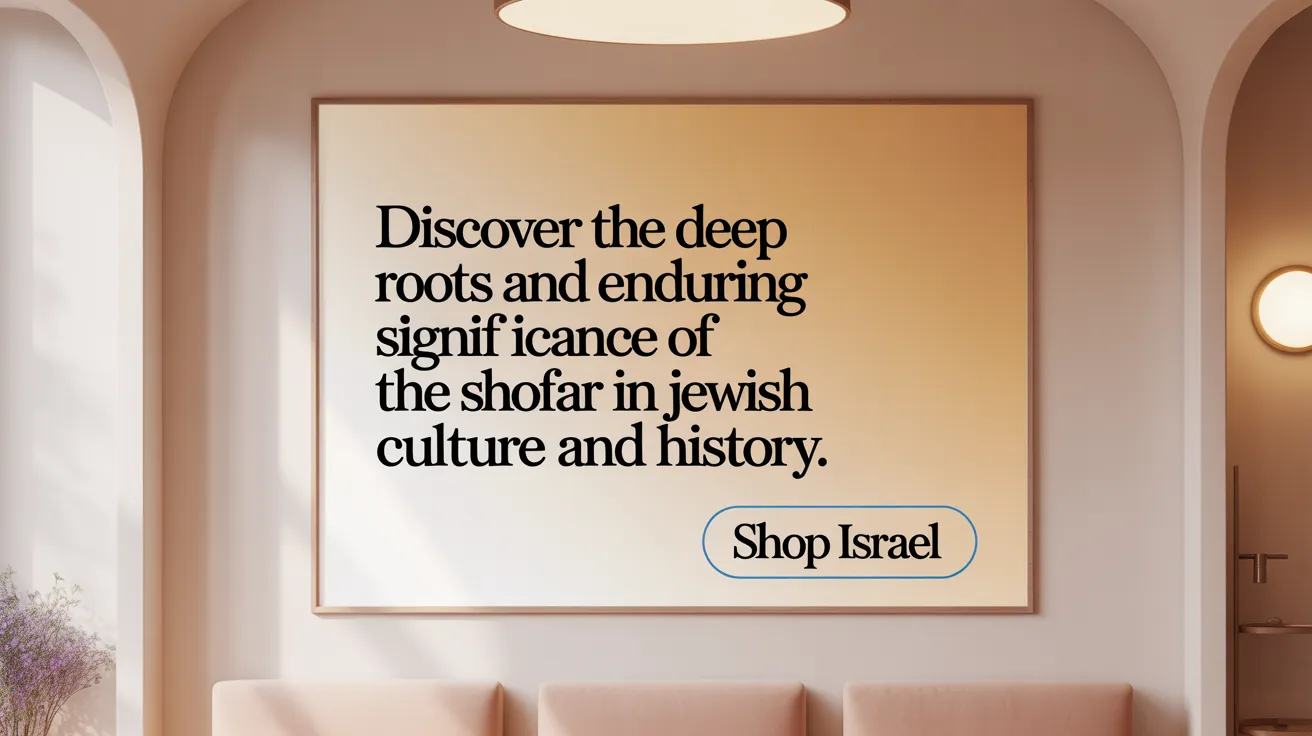
What is the cultural, spiritual, and religious importance of the shofar throughout Jewish history?
The shofar has been a powerful symbol woven into the fabric of Jewish life, tradition, and theology for thousands of years. Its significance extends beyond its use as a musical instrument, acting as a bridge that connects the historical, spiritual, and future hopes of the Jewish people.
Historically, the shofar recalls pivotal biblical moments—most notably, the revelation at Mount Sinai where its rousing sounds accompanied God's giving of the Torah. It also harkens back to the stories of the Patriarchs, such as Abraham's near-sacrifice of Isaac, symbolized by the ram’s horn (shofar and the Binding of Isaac). These stories imbue the shofar with deep spiritual meaning, representing faith, divine mercy, and the covenant between God and Israel.
Throughout generations, the shofar has served as a sonic marker of communal memory, social cohesion, and national identity, especially during times of exile and hardship. Its blasts during the High Holidays and other sacred occasions remind Jews globally of their shared history, struggles, and hopes.
Spiritually, the shofar is seen as an instrument of divine communication—an awakening call to repentance and moral renewal. Its irregular, haunting sounds inspire introspection, urging individuals and communities to reflect on their deeds and seek spiritual elevation (shofar symbolism and spiritual significance).
Looking toward the future, the shofar embodies the hope of messianic redemption. Its prophetic sound is believed to herald the coming of the Messiah and the ultimate era of peace and divine harmony (shofar foreshadowing redemption). Through these enduring symbols, the shofar continues to inspire faith, moral awakening, and unity among Jews, maintaining its revered place as a sacred emblem of their ongoing spiritual journey.
Artisan Craftsmanship and the Shofar in Jewish Festival Merchandising

The craftsmanship of shofars and related ceremonial objects stands at the intersection of religious tradition, artistry, and regional cultural expressions. Typically, shofars are meticulously crafted from the horns of kosher animals such as rams, kudus, or gazelles. The process begins with hollowing and shaping the horn, followed by carefully drilling a hole near the tip to allow sound production. Artisans then polish and sometimes carve decorative motifs into the surface, enhancing their aesthetic appeal. Variations in size, curvature, and texture are common, with each horn reflecting regional traditions—Yemenite, Moroccan, Ashkenazic, and others—that influence stylistic nuances (shofar manufacture history, shofar made from kosher animal horn, making a shofar).
Some artists incorporate symbolic carvings or patterns that evoke spiritual themes or historical motifs, while others add silver plating or ornamentation, emphasizing beauty and significance. However, strict adherence to ritual purity requires that these horns remain unpainted and free of non-kosher materials, ensuring their religious validity (shofar craftsmanship, kosher shofar requirements).
Beyond the shofar itself, the Jewish ceremonial crafts market features elaborately designed items like Torah crowns, finials, and ornamental plaques. Many of these decorative objects show artistic influences from Christian medieval and Renaissance art traditions, blending function with aesthetic excellence. Such artistic craftsmanship not only enhances the religious experience but also supports a vibrant marketplace of Judaica for holidays and life cycle events (Jewish life cycle events, Jewish Festivals & Holidays).
In the global Judaica commerce, these finely made artifacts are popular gifts during major festivals like Rosh Hashanah, symbolizing spiritual renewal and cultural heritage. Their artistic diversity and craftsmanship continue to inspire both devout practitioners and collectors, ensuring the enduring artistic legacy of Jewish ceremonial objects (shofar usage during Jewish High Holidays, Jewish Festivals & Holidays).
The Resonant Legacy of the Shofar in Tradition and Commerce
The shofar remains an enduring symbol of Jewish faith, cultural identity, and spiritual renewal. From its biblical origins and profound symbolism to its central place in High Holiday observances, the shofar calls believers to reflection, repentance, and hope. Its melodious blasts continue to shape festival customs, reinforcing community bonds and religious dedication. Beyond its sacred role, the shofar inspires rich traditions of craftsmanship and merchandising, preserving ancient artistry while meeting contemporary spiritual and cultural needs. Ultimately, the shofar bridges past and future, echoing a timeless call to awaken hearts and souls in every generation.
